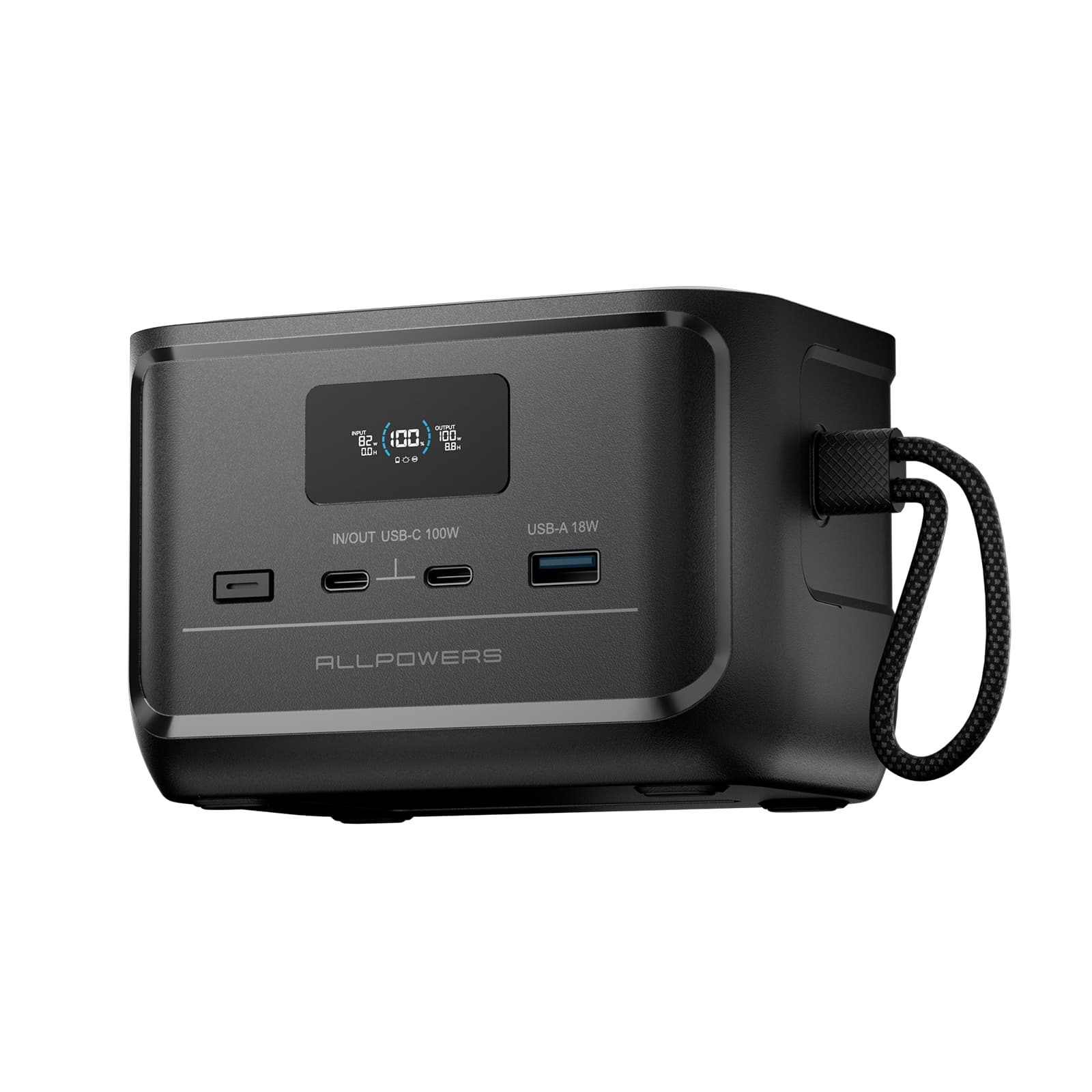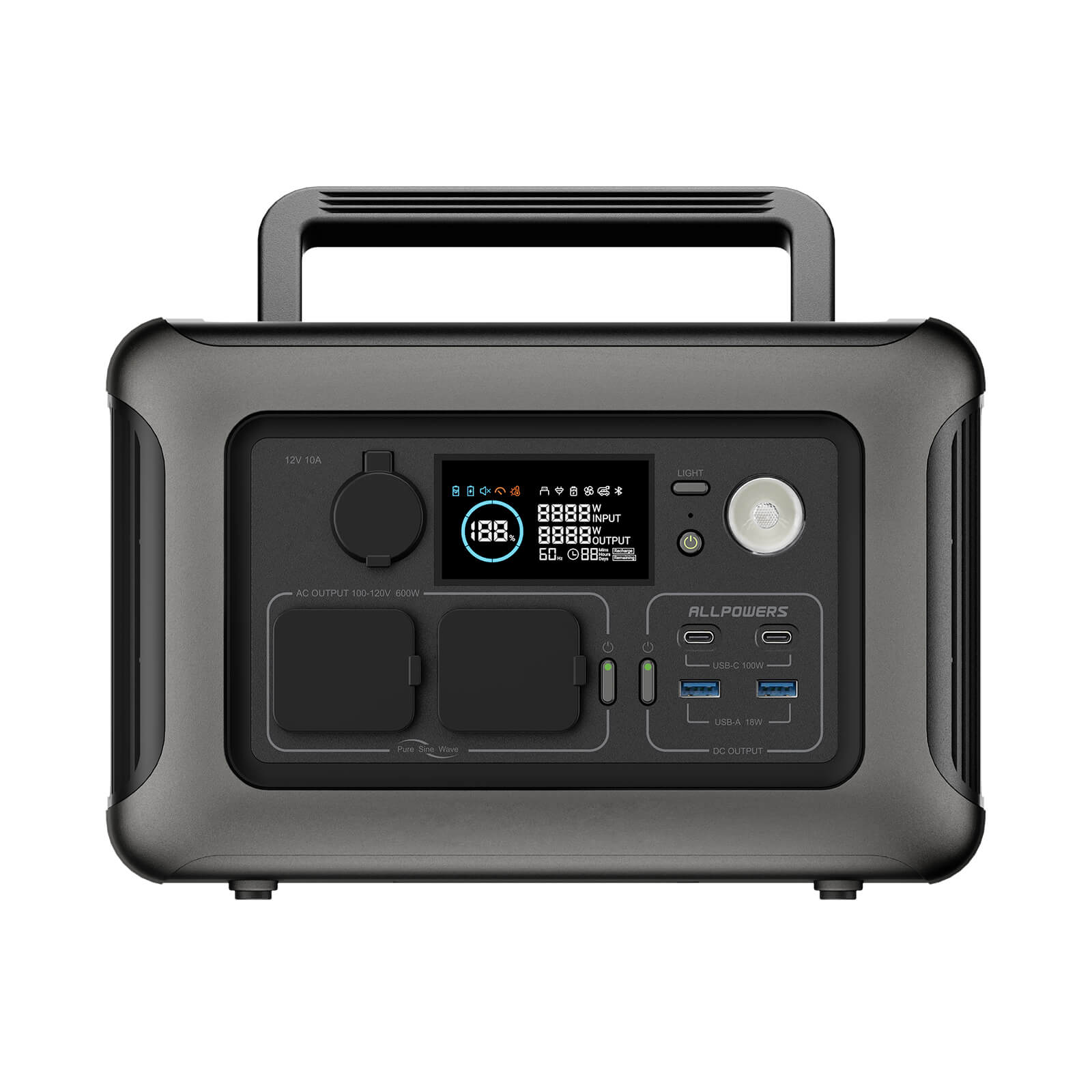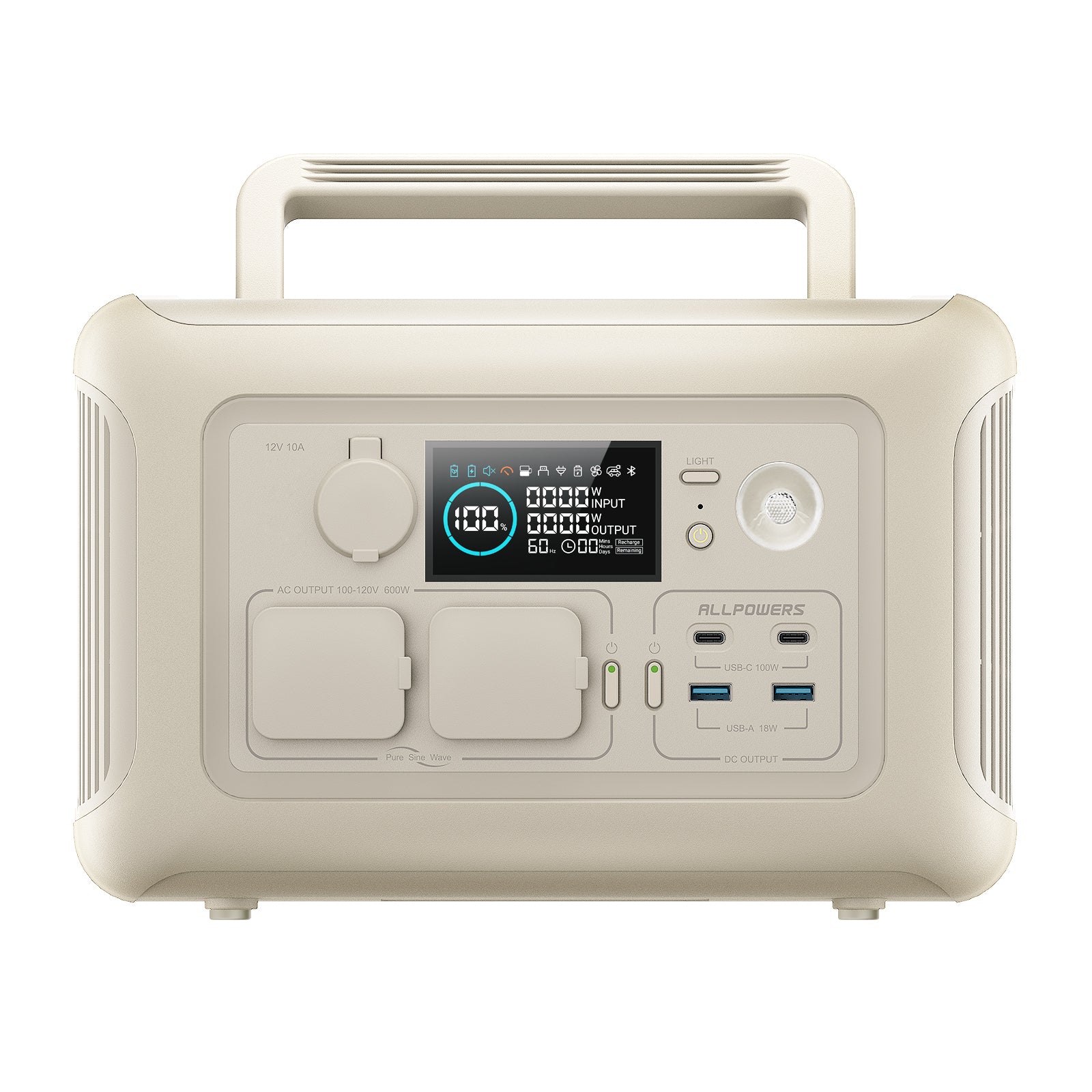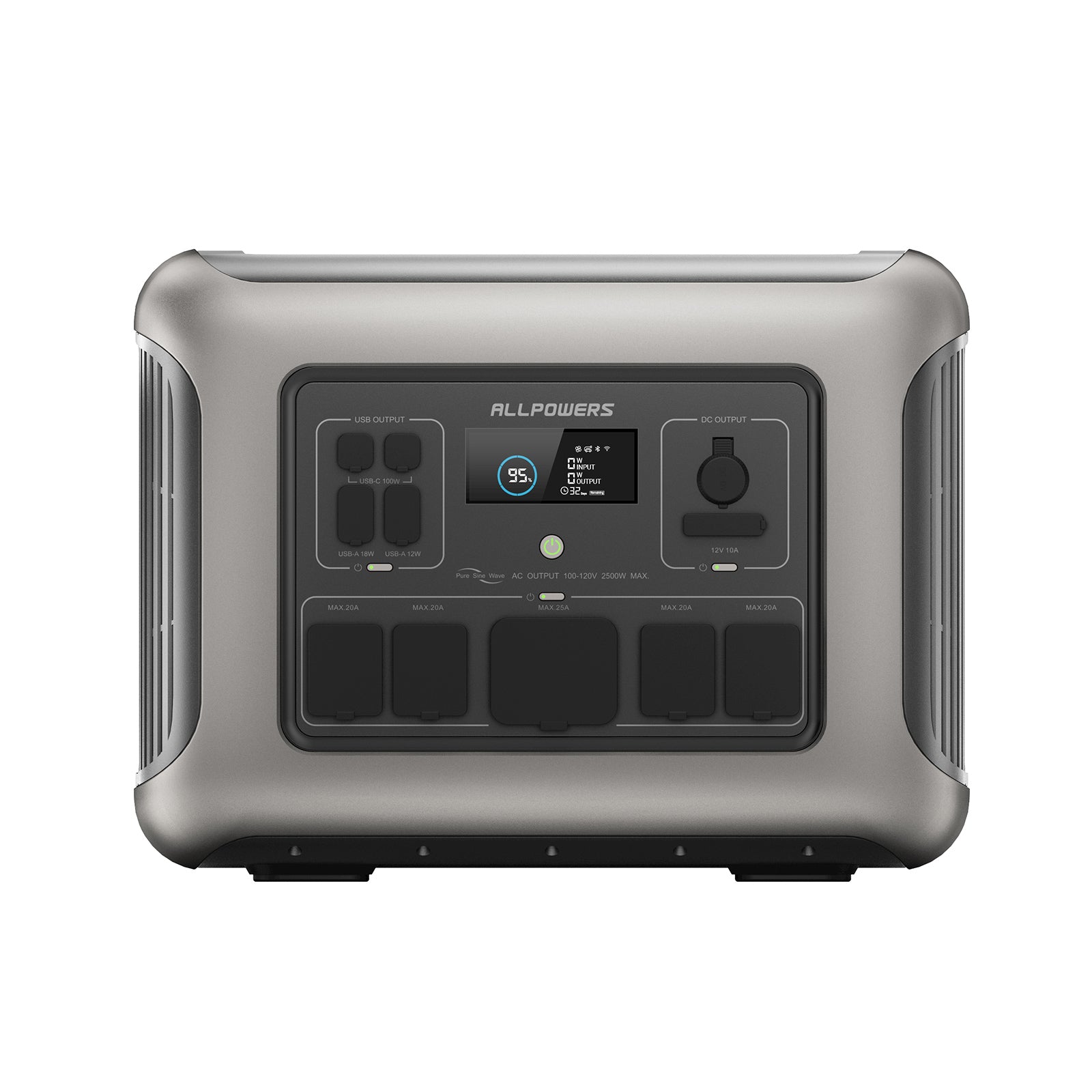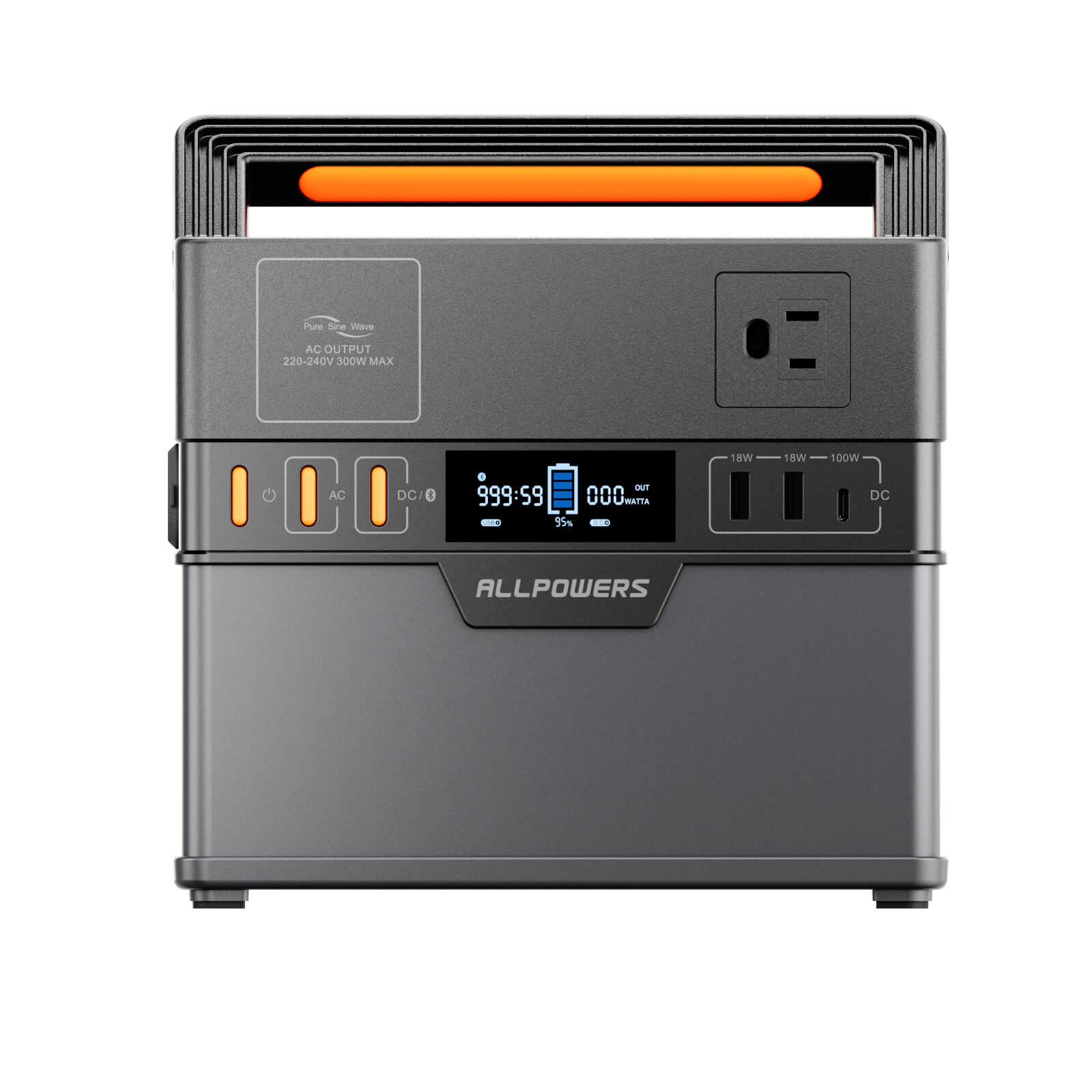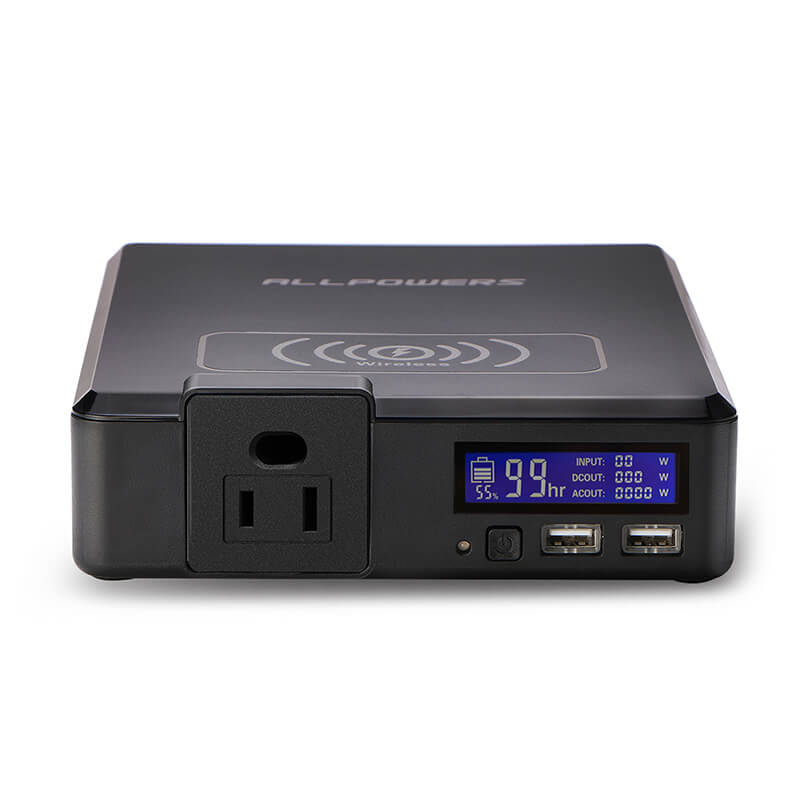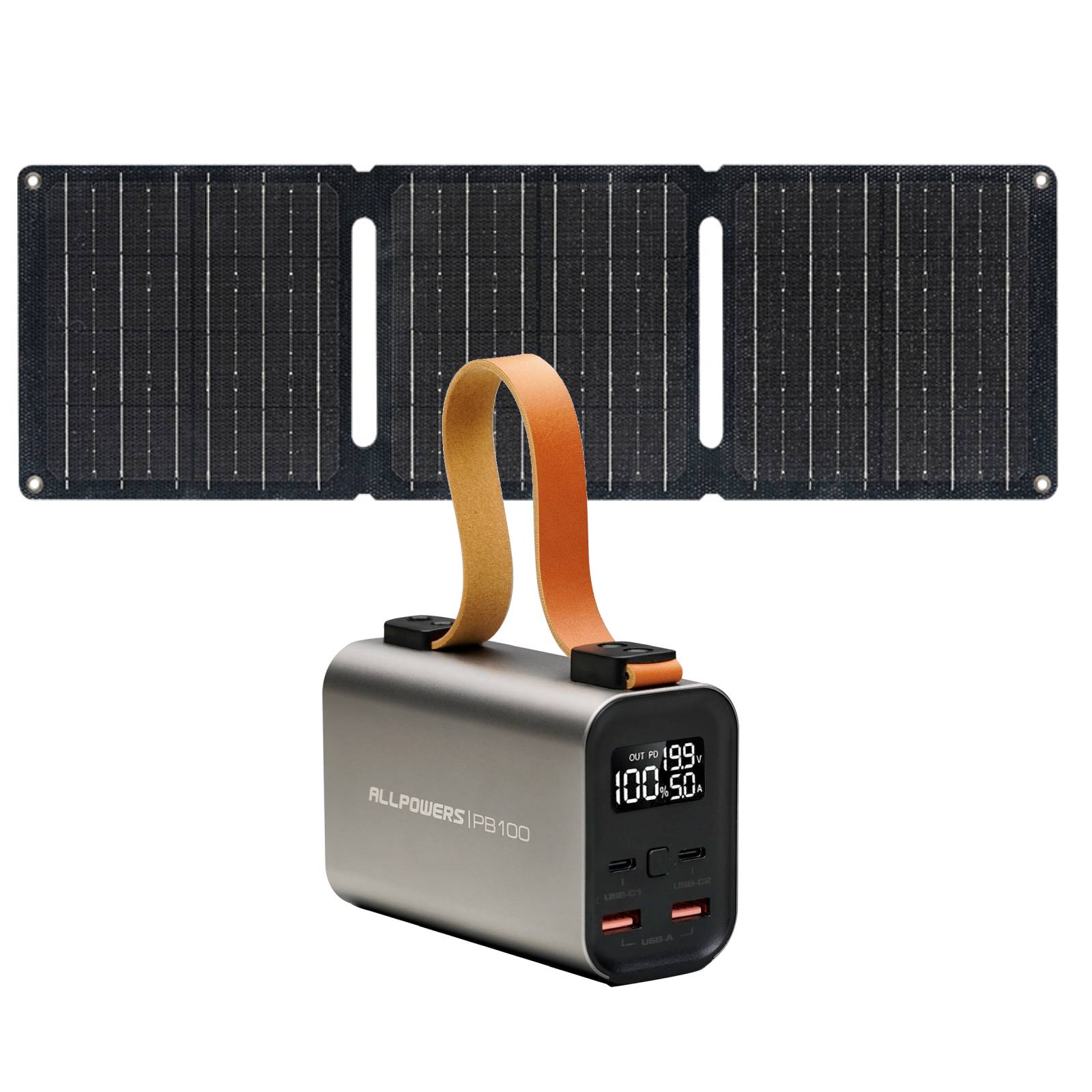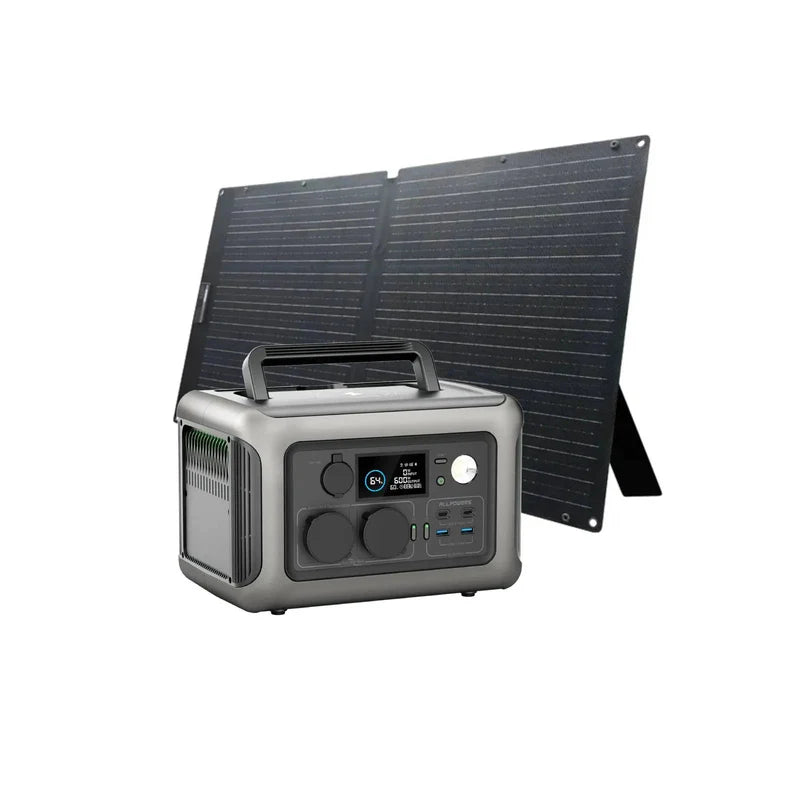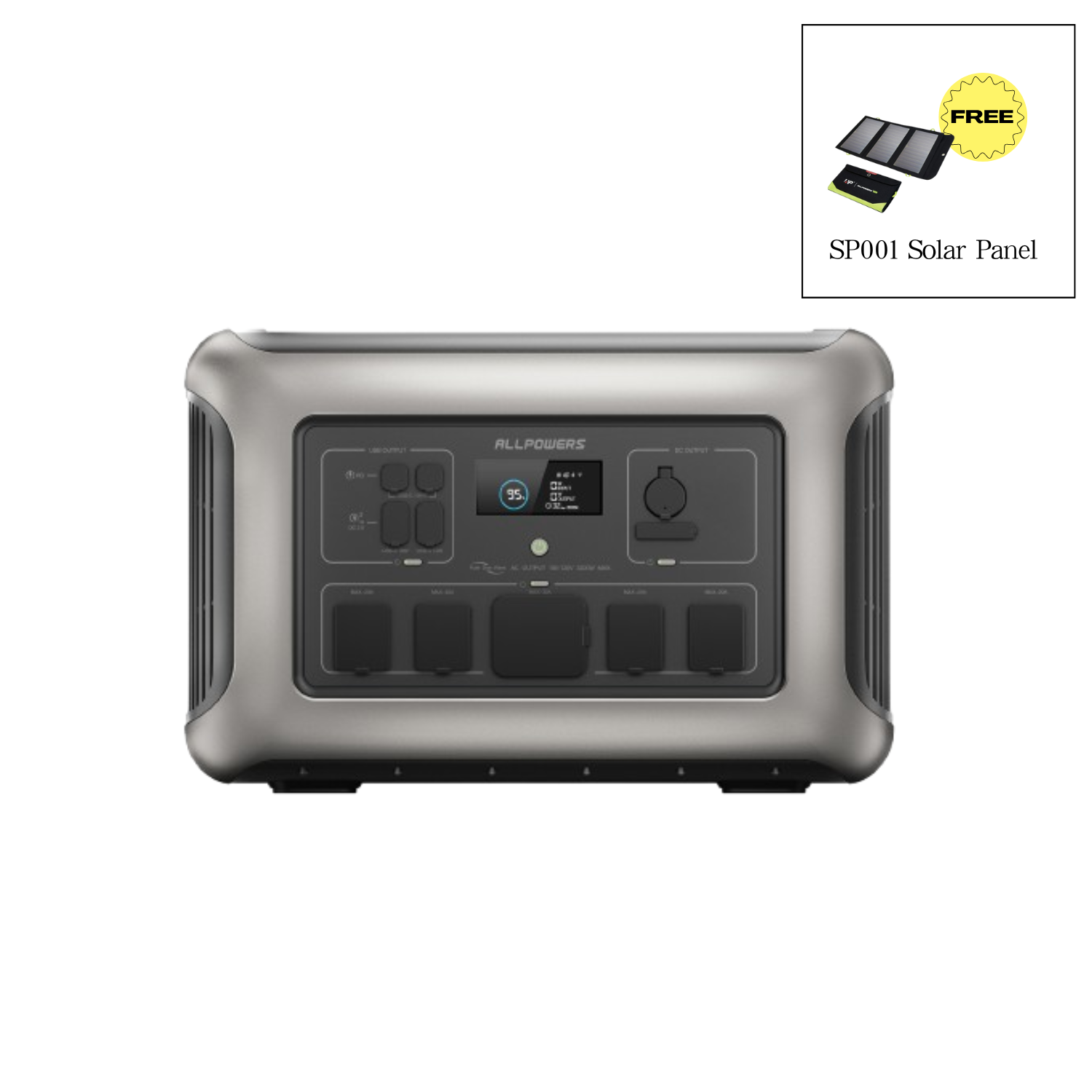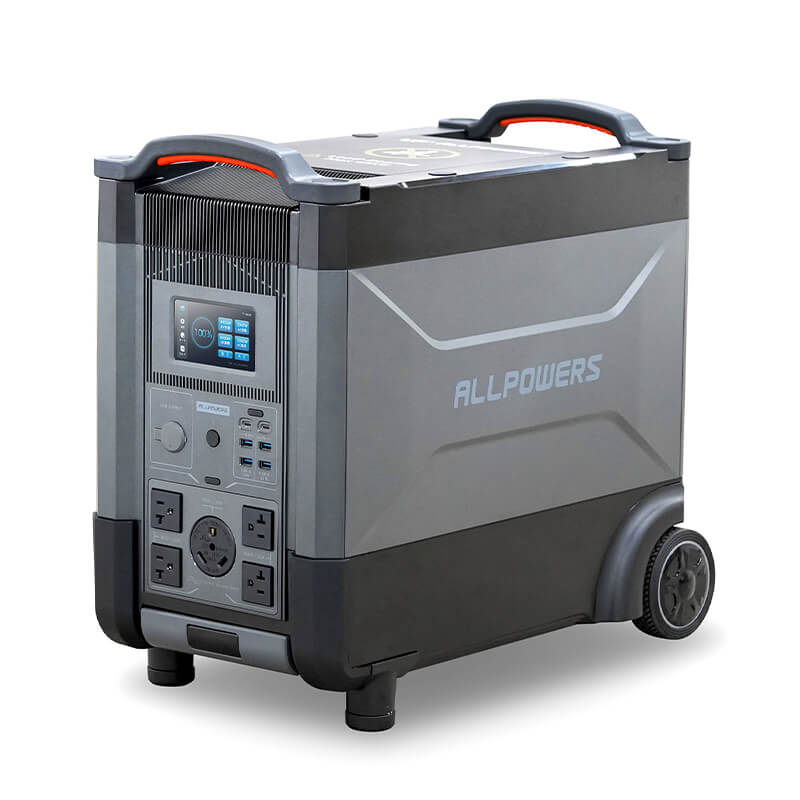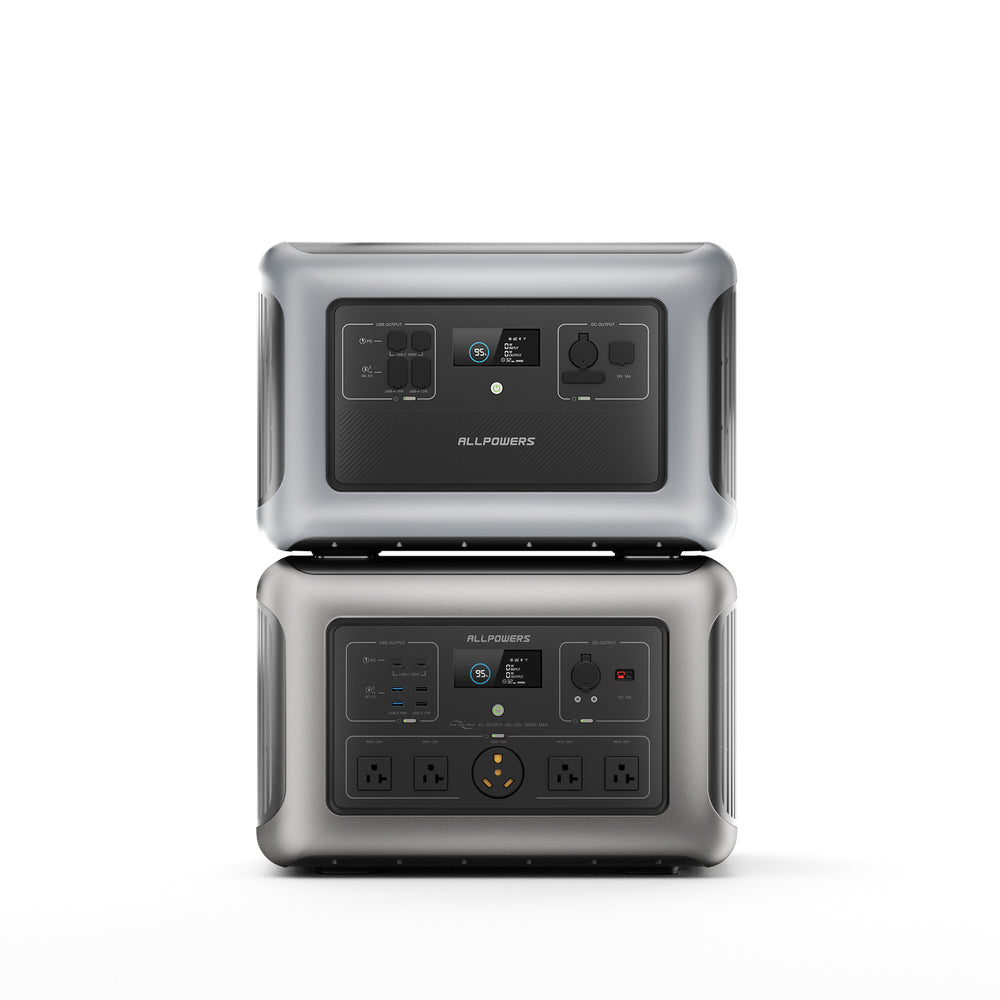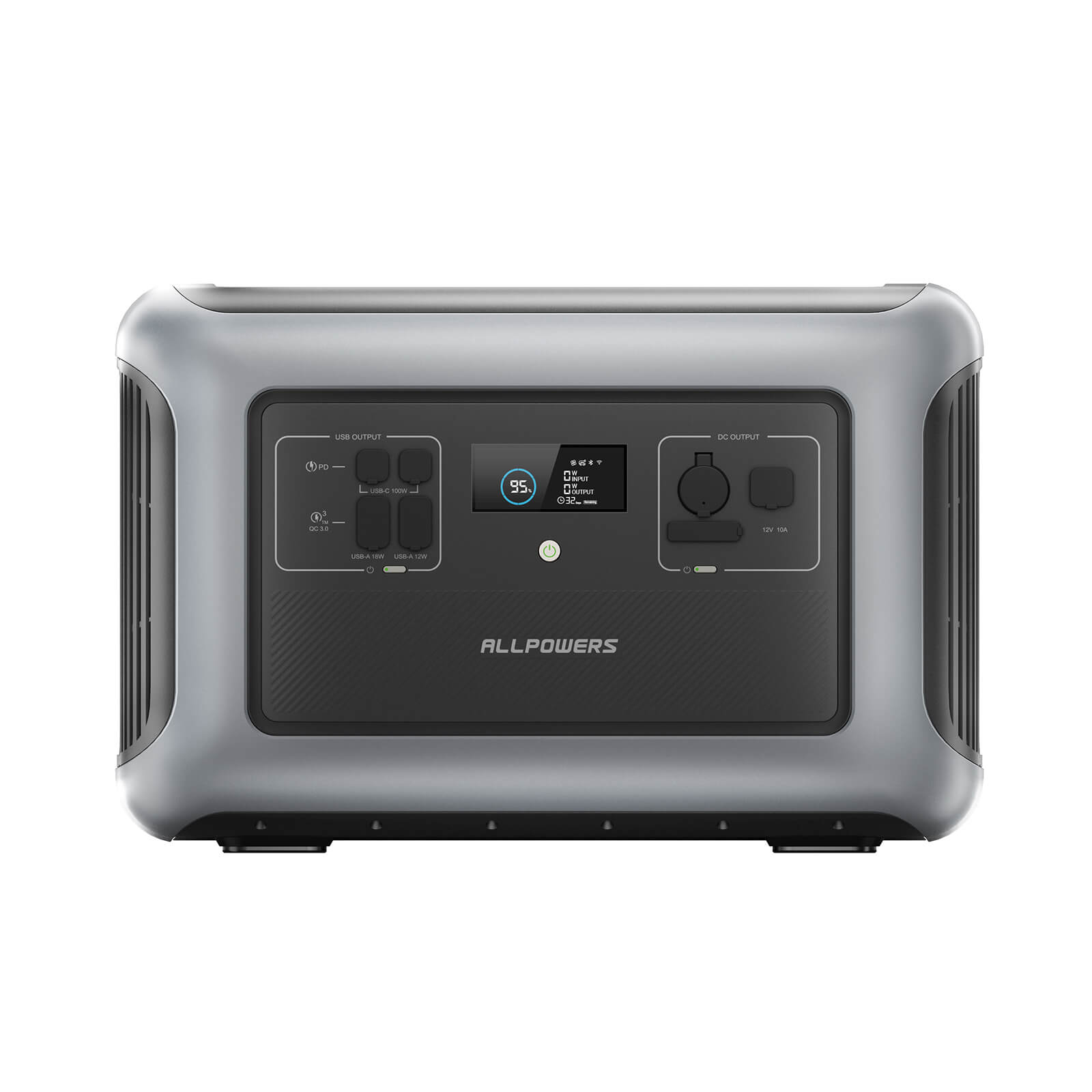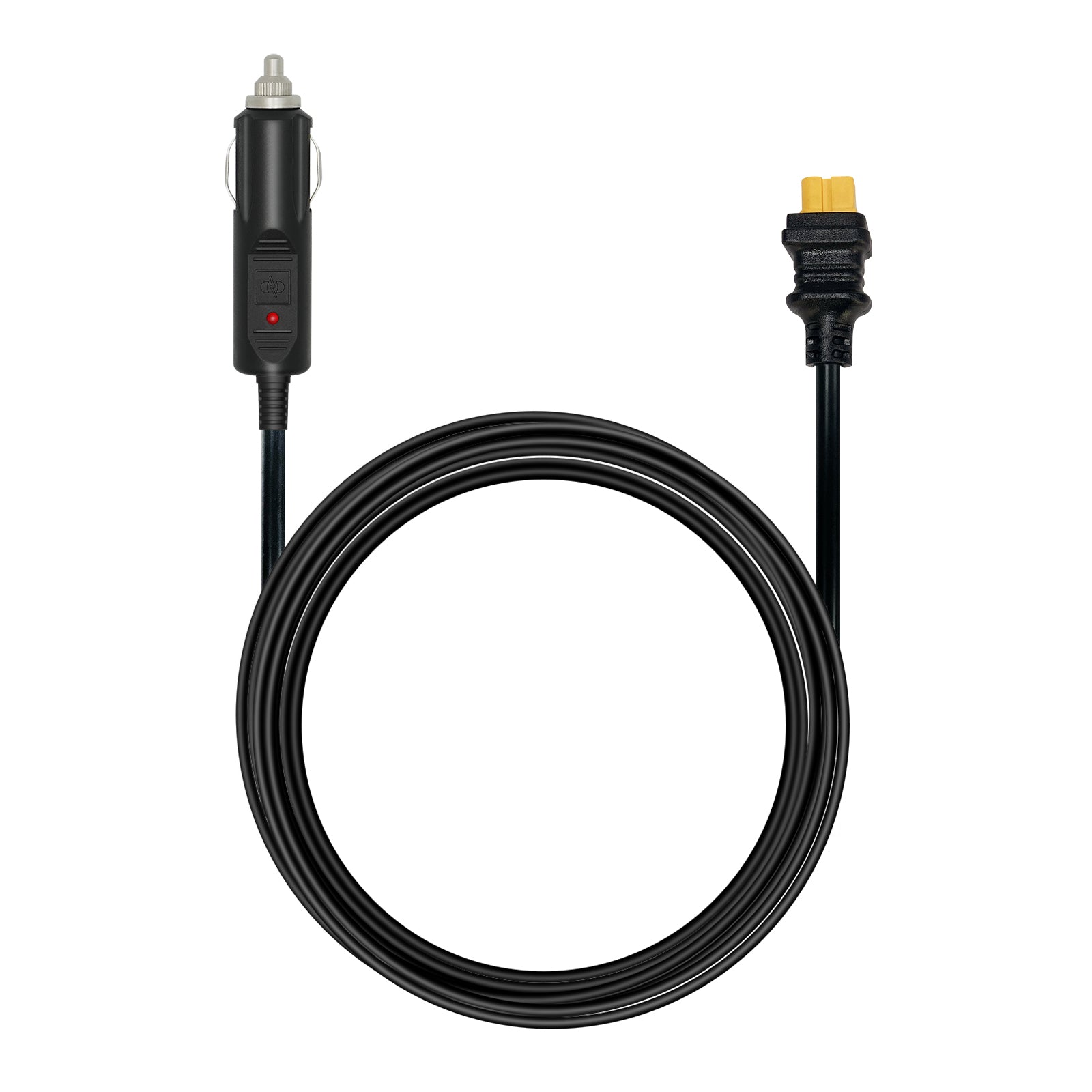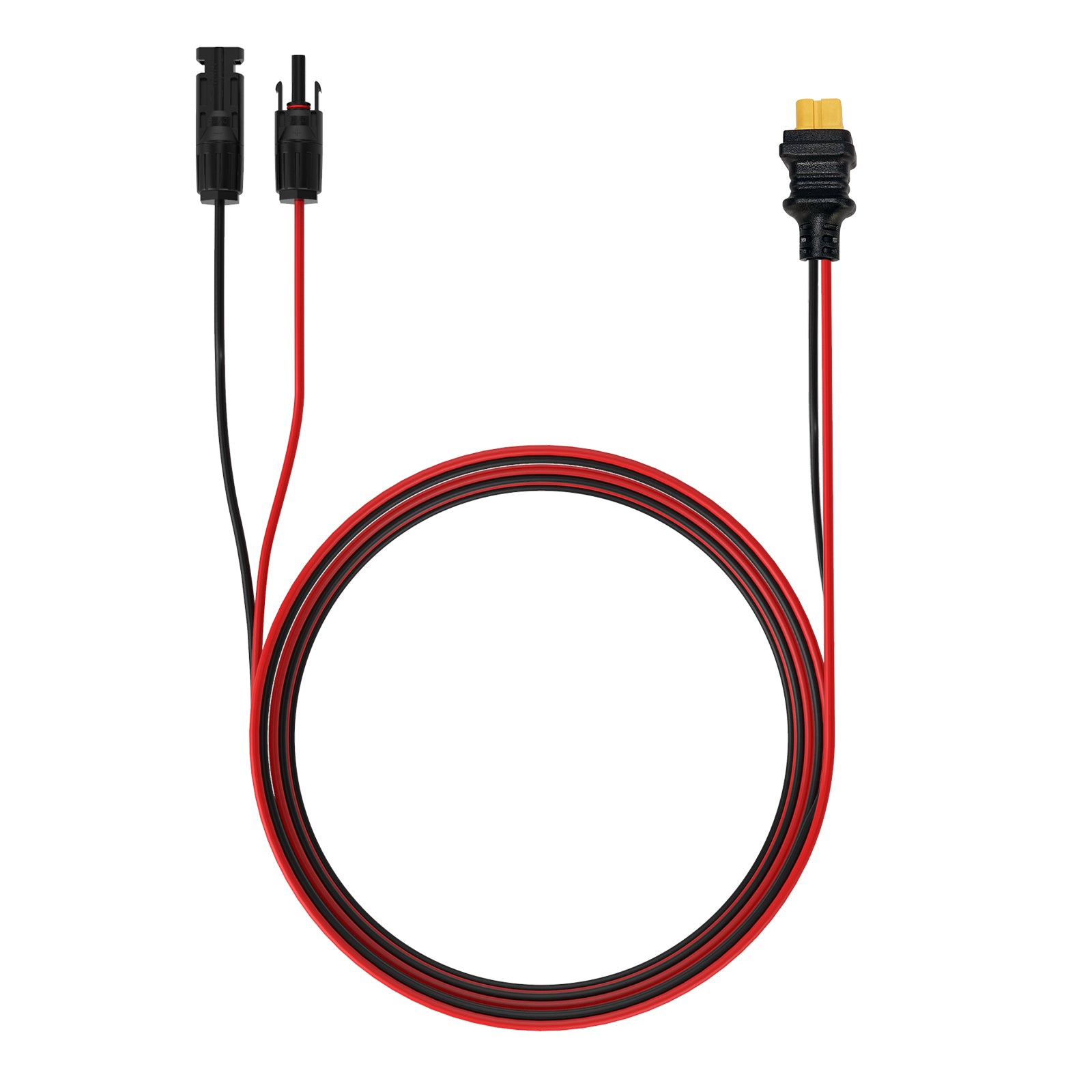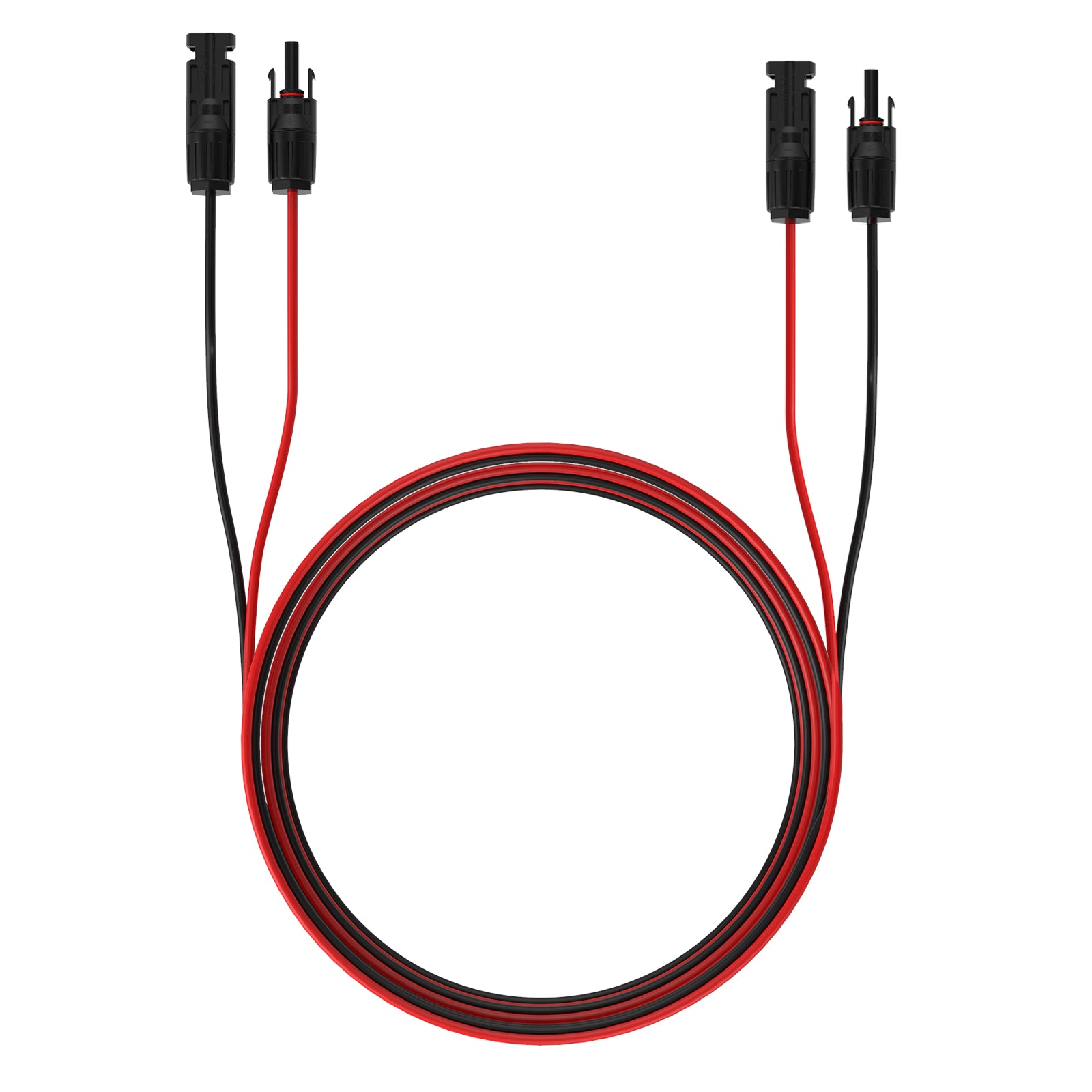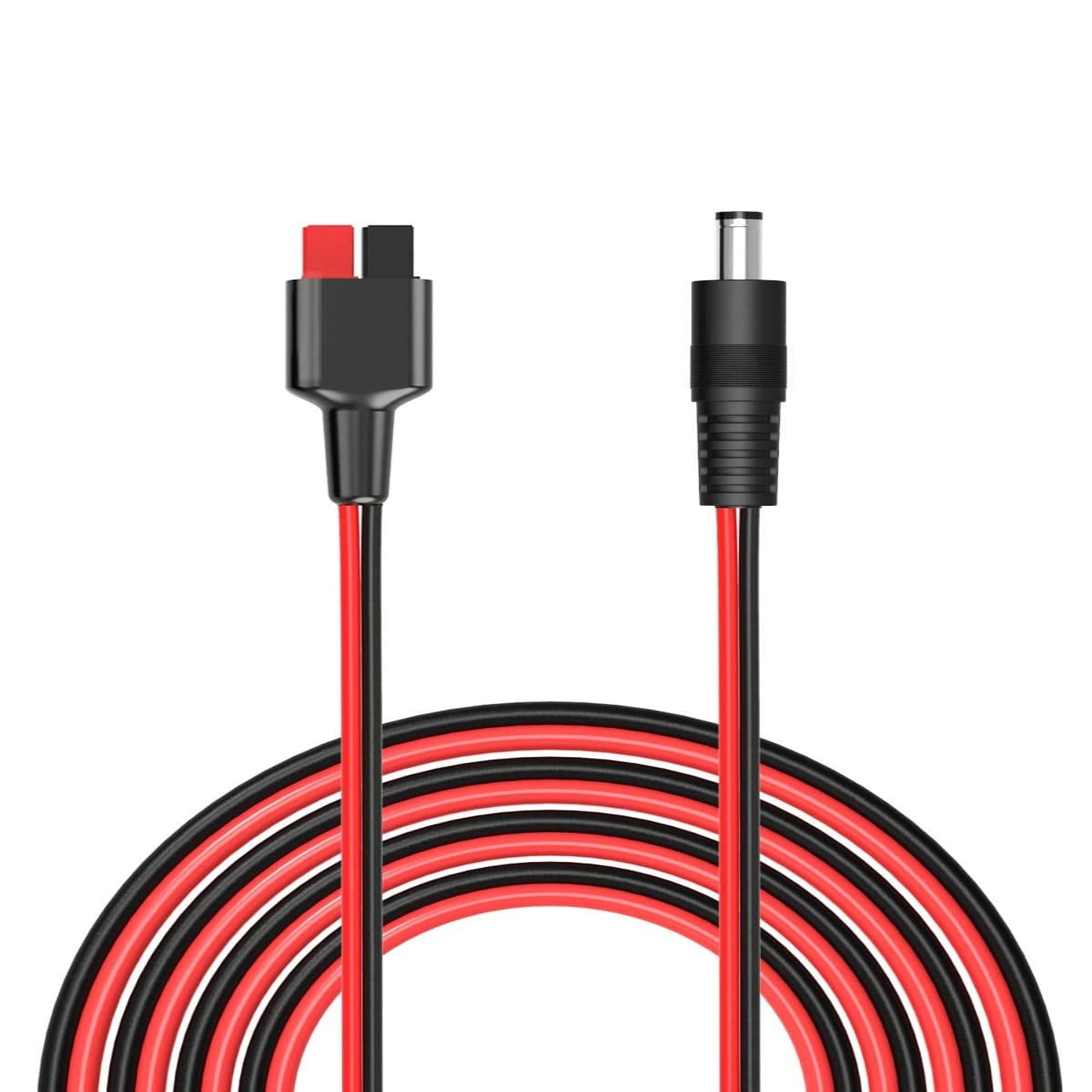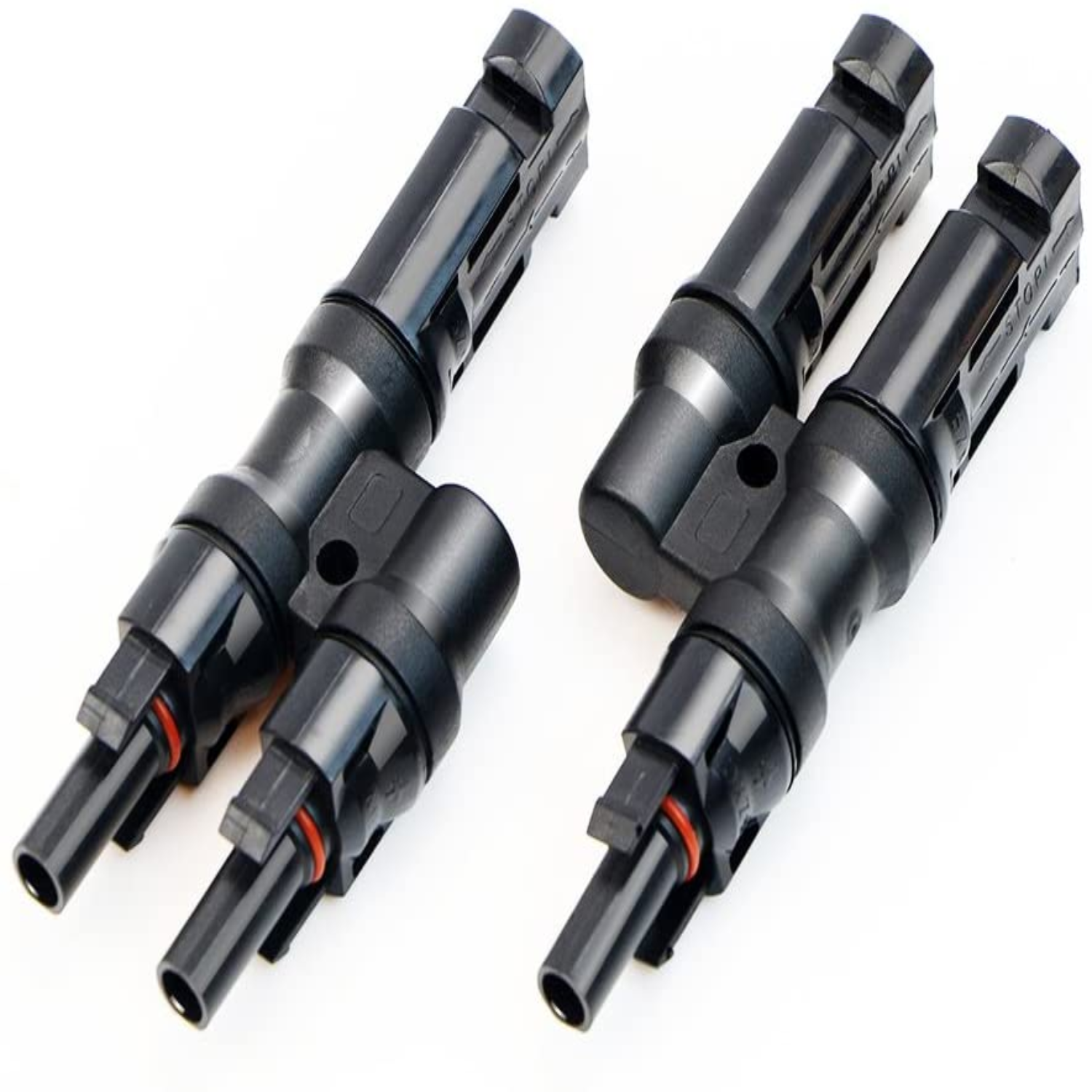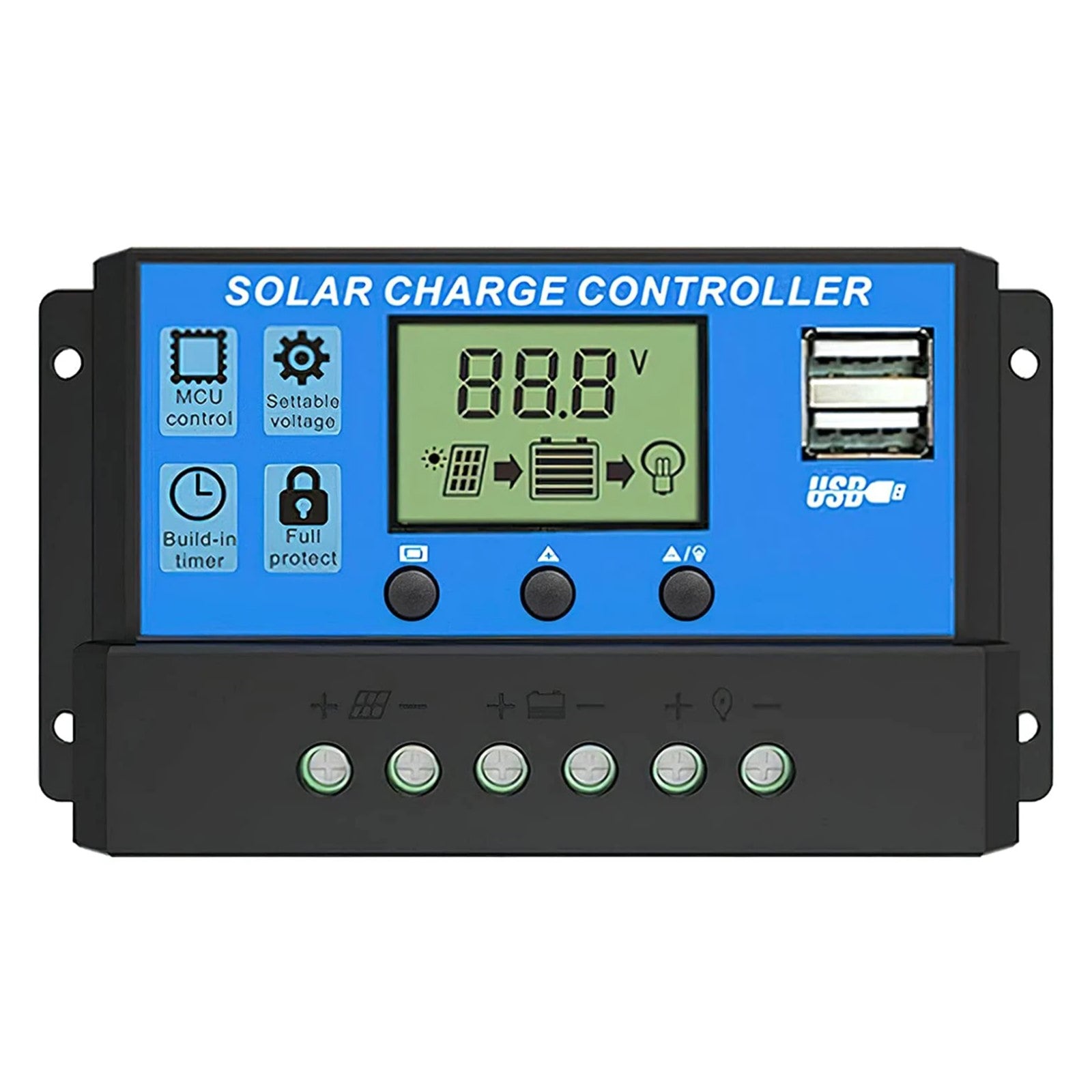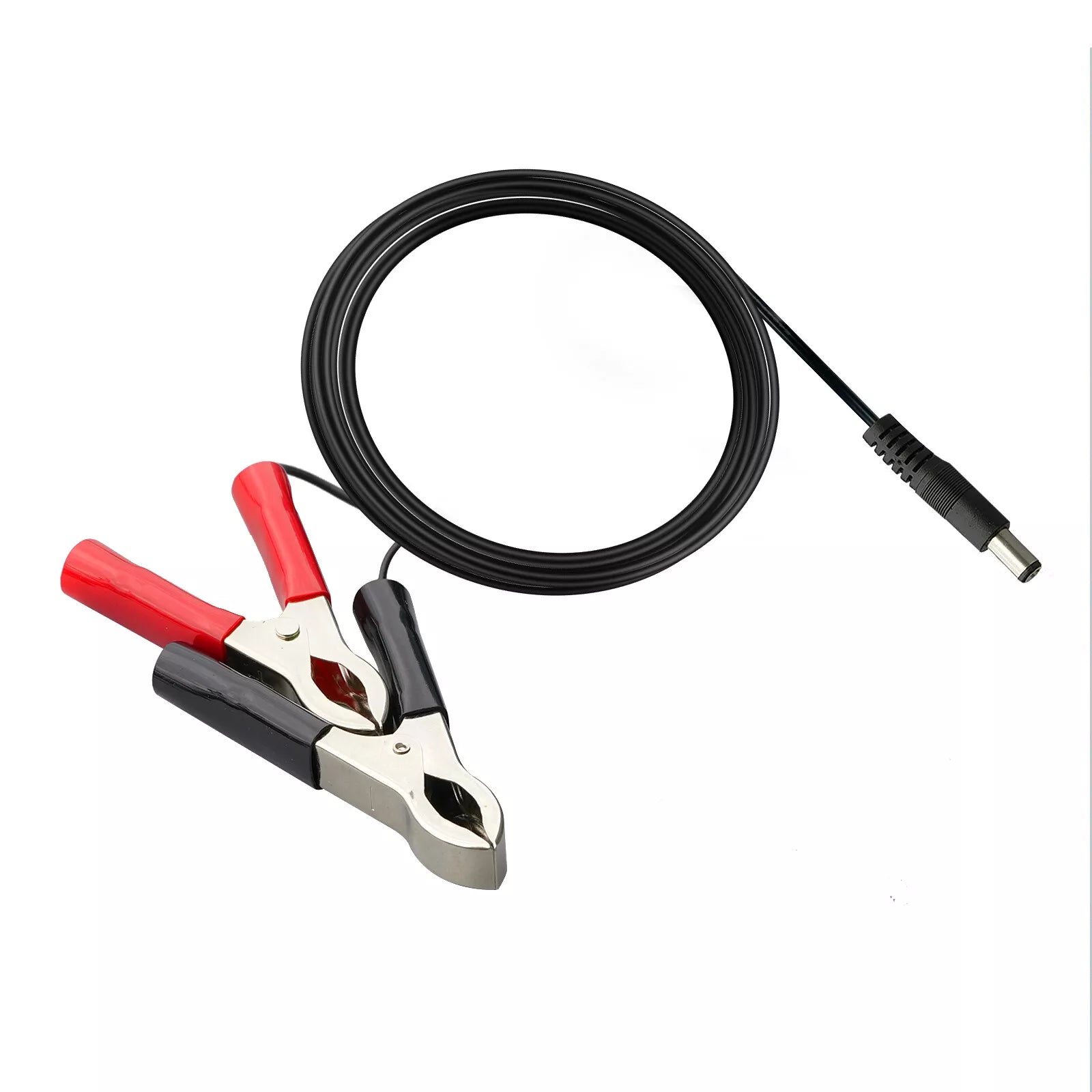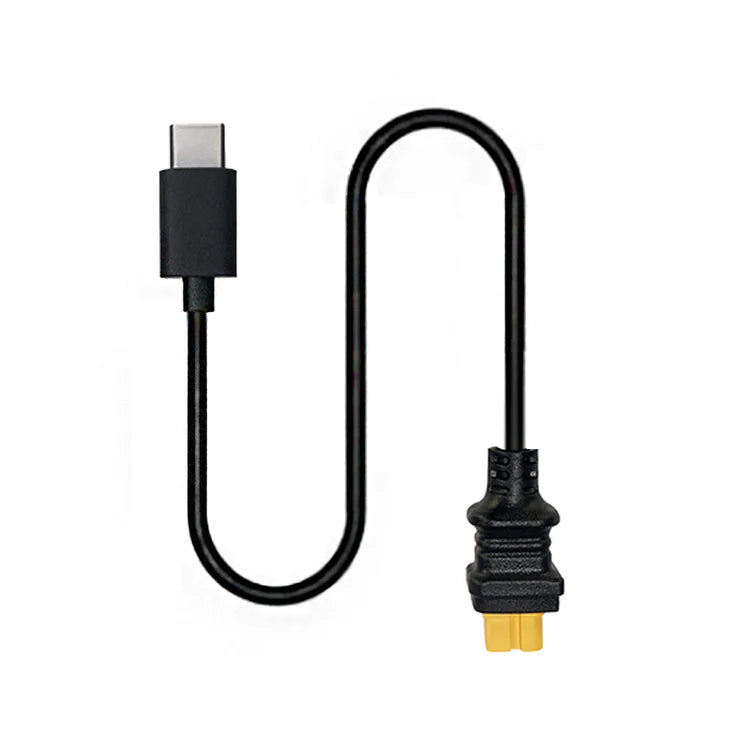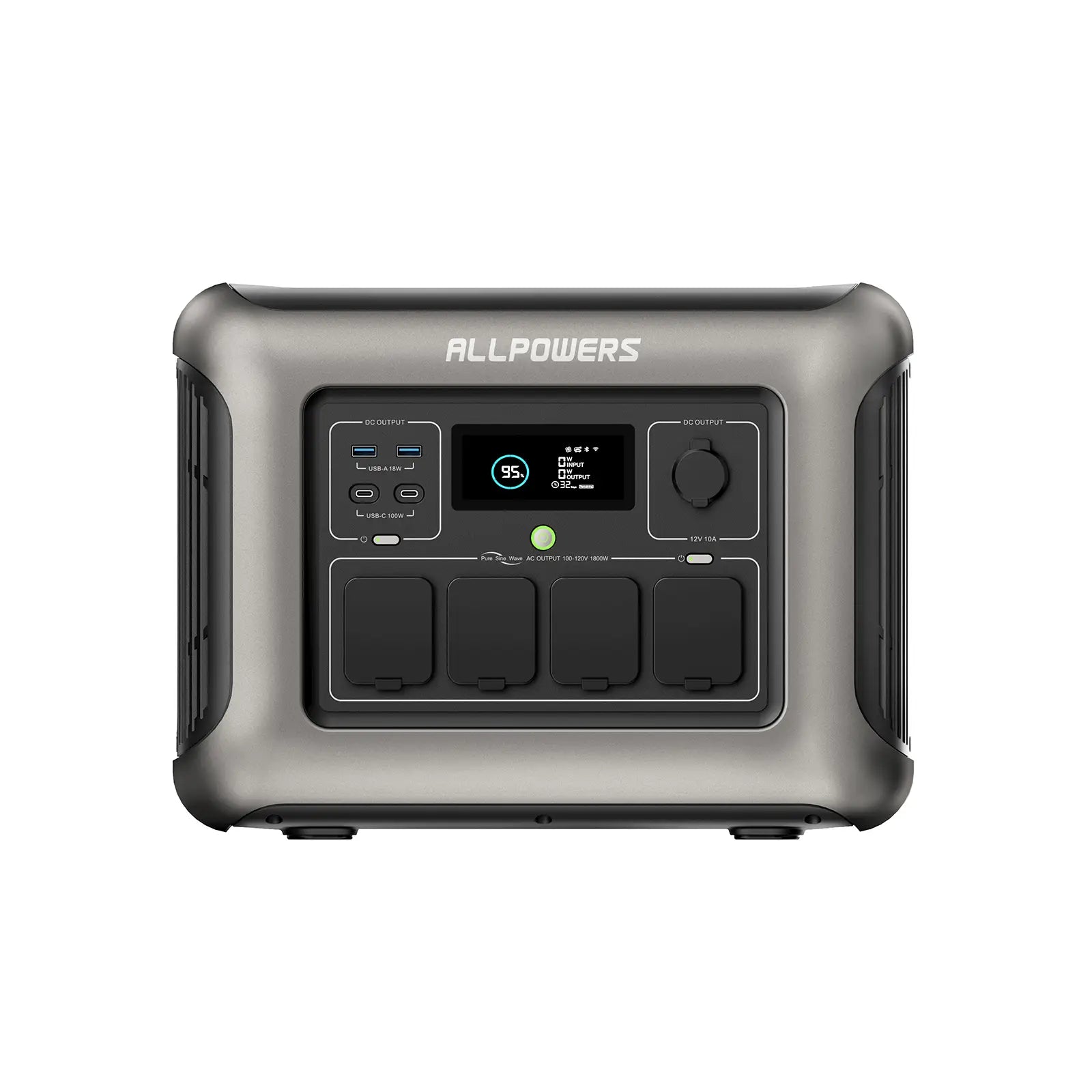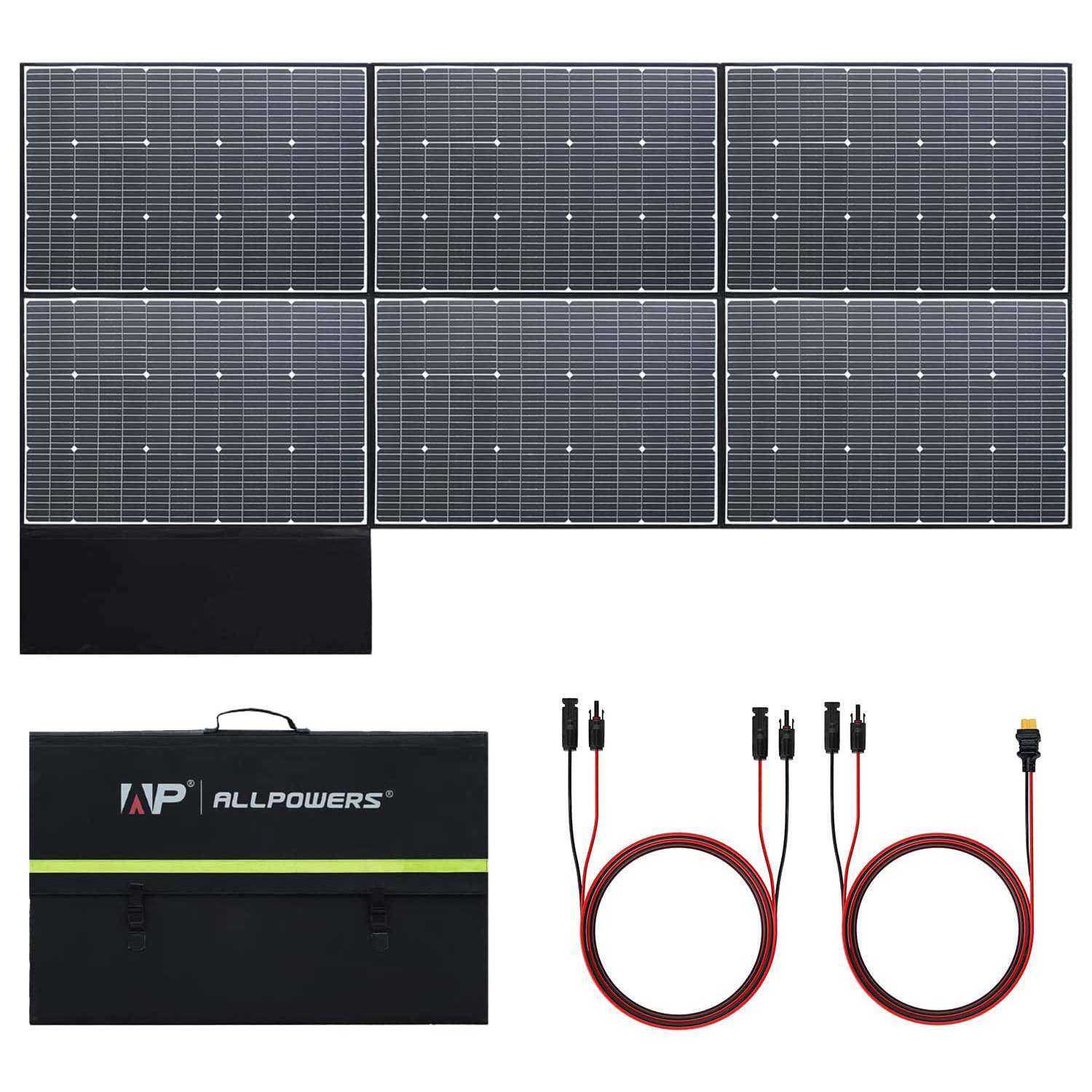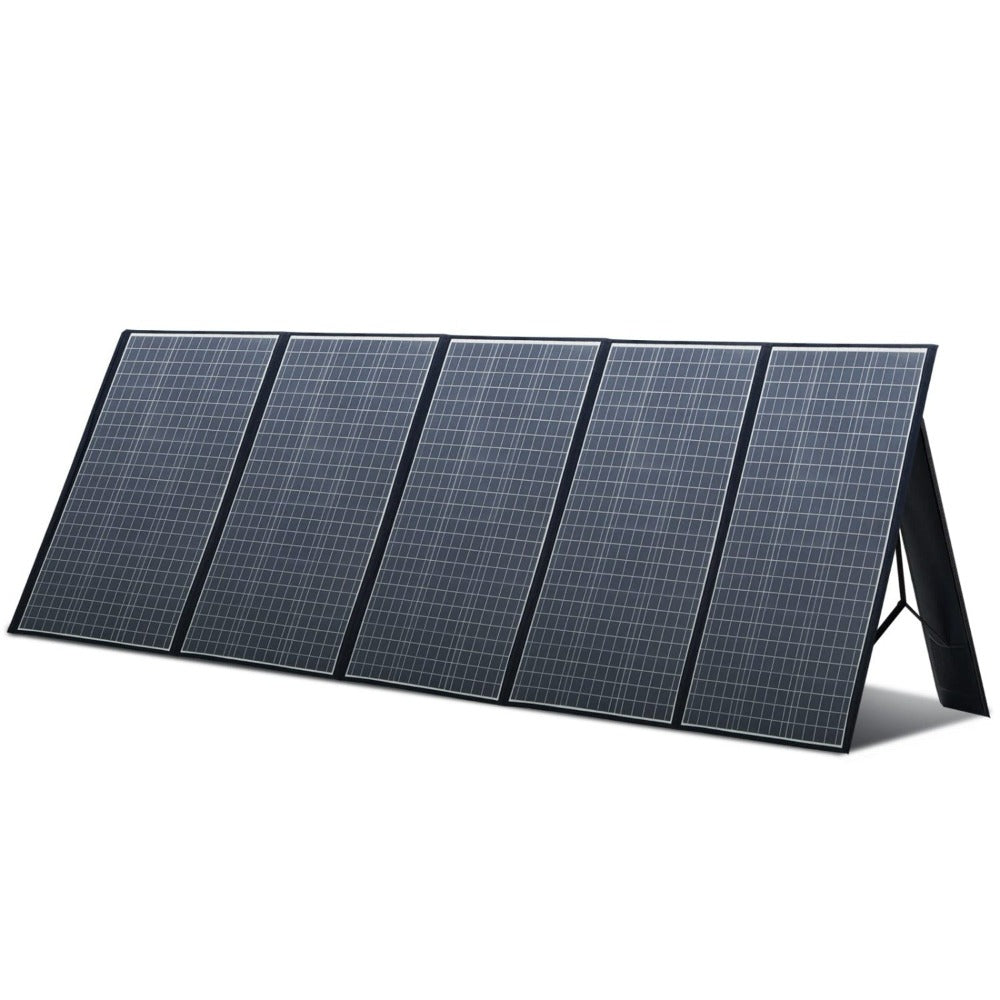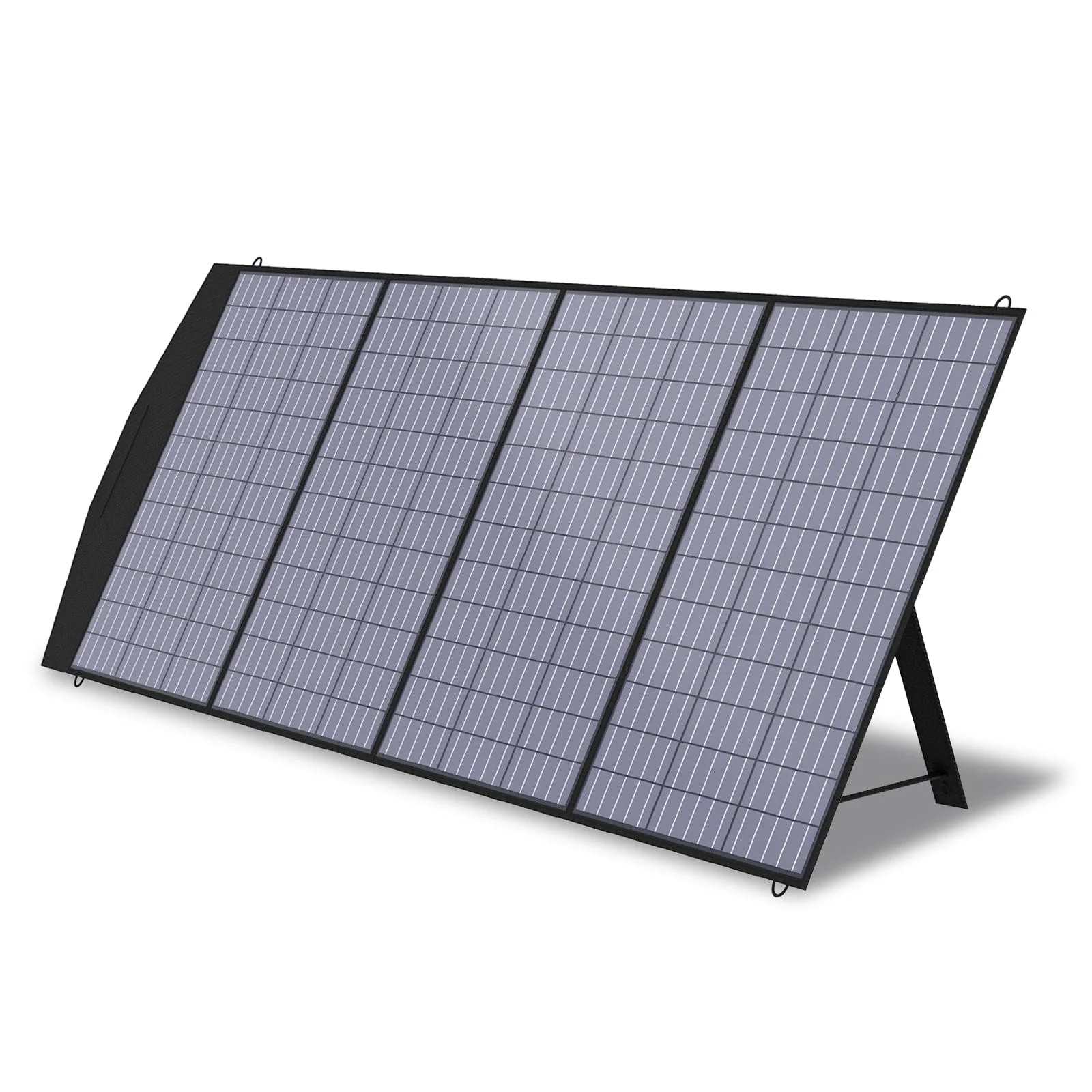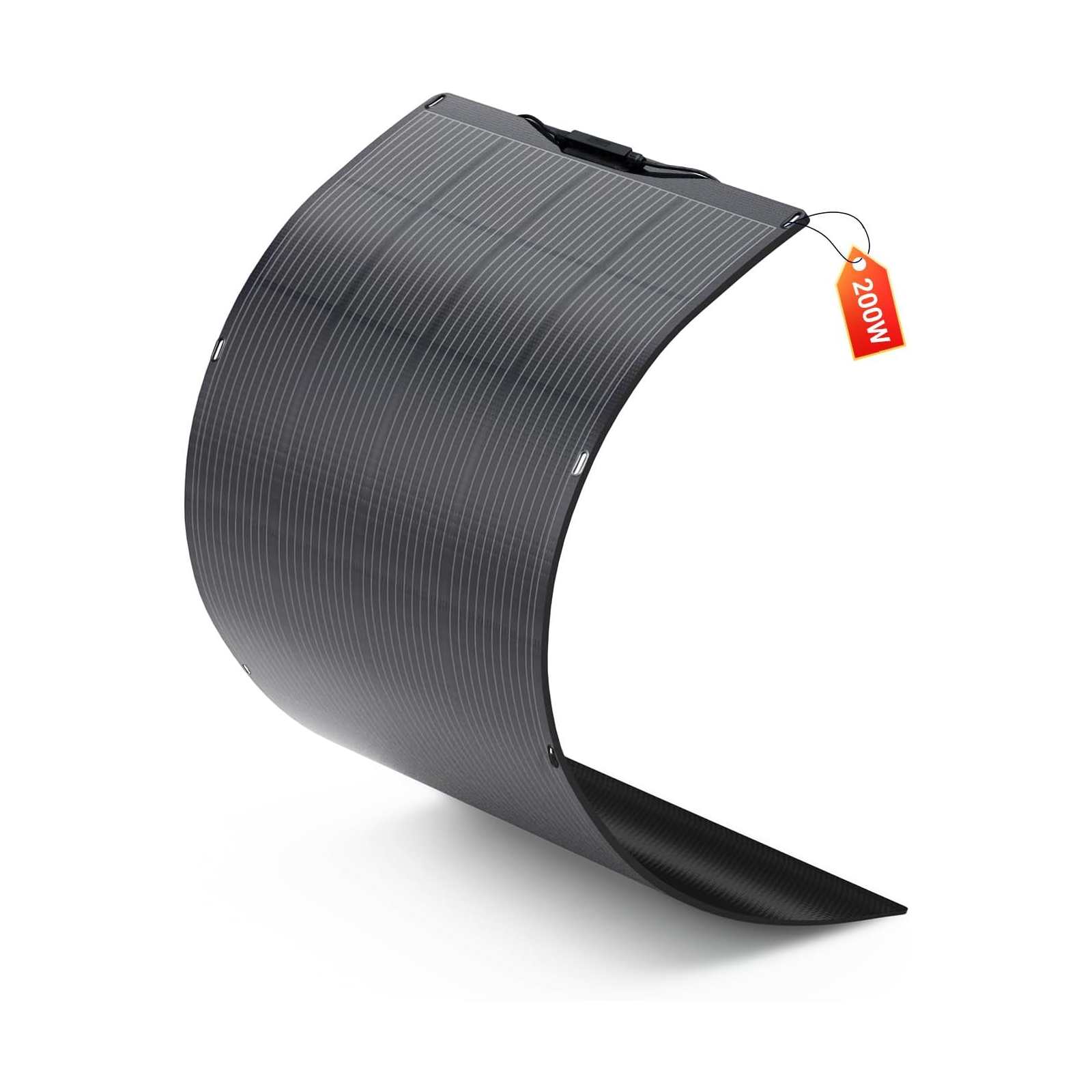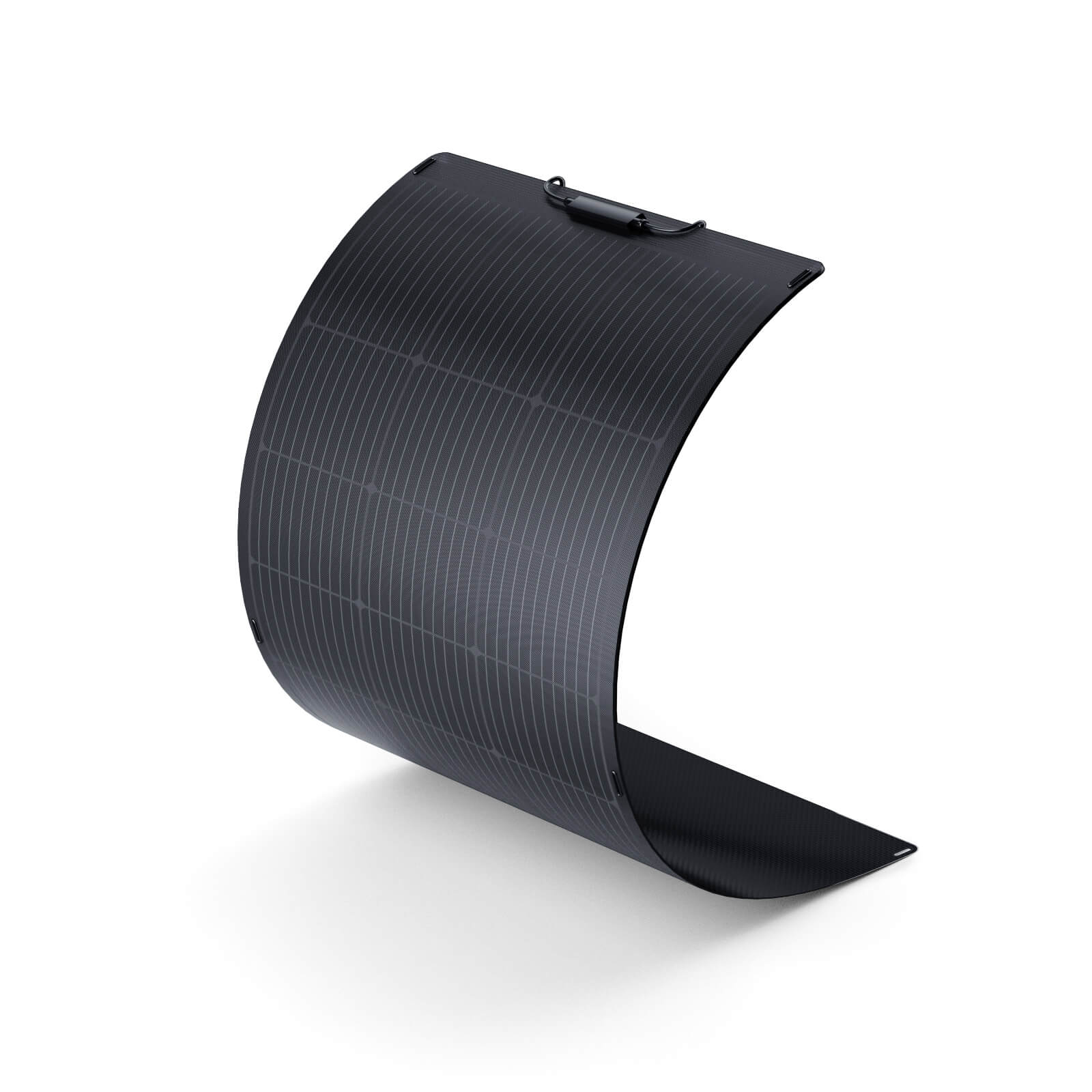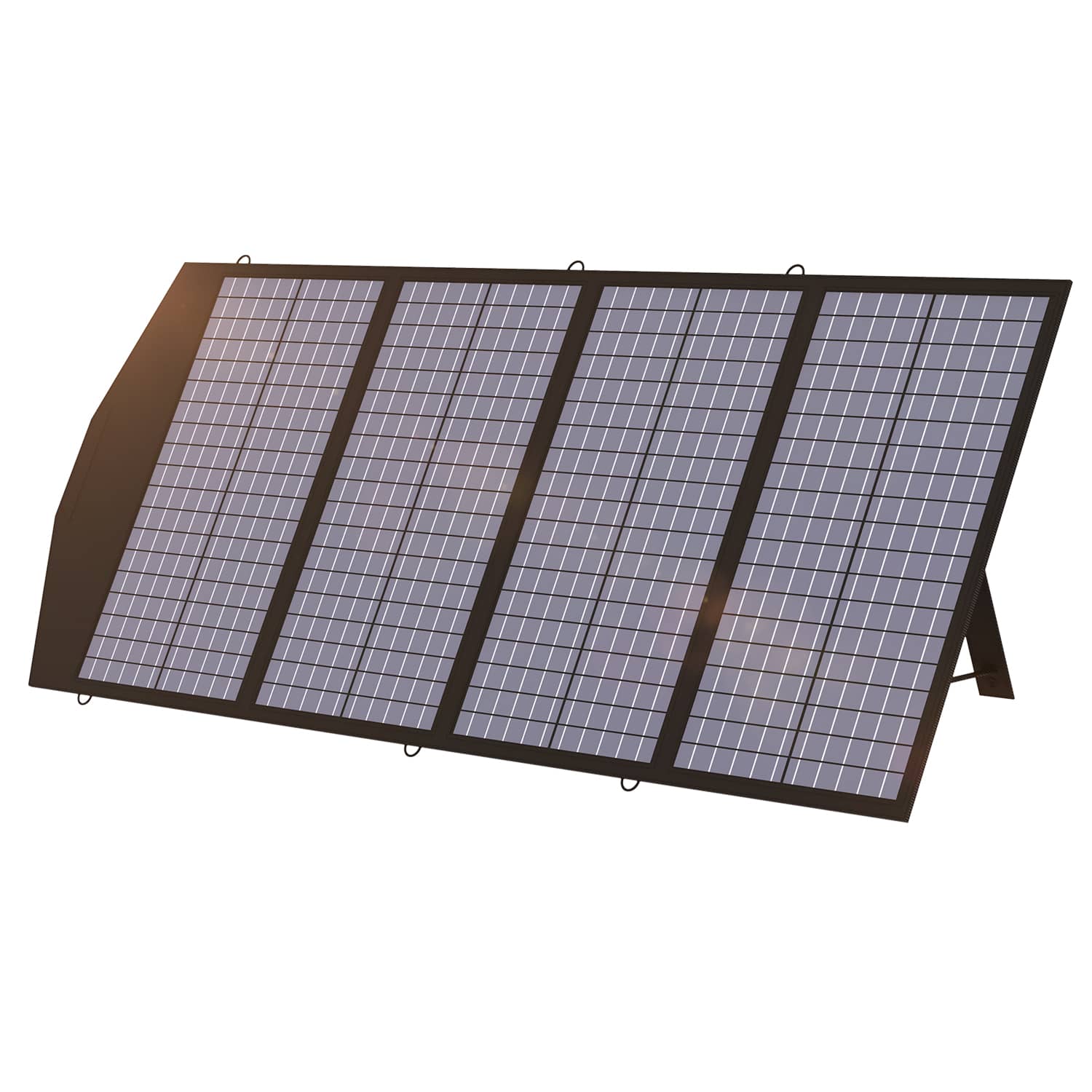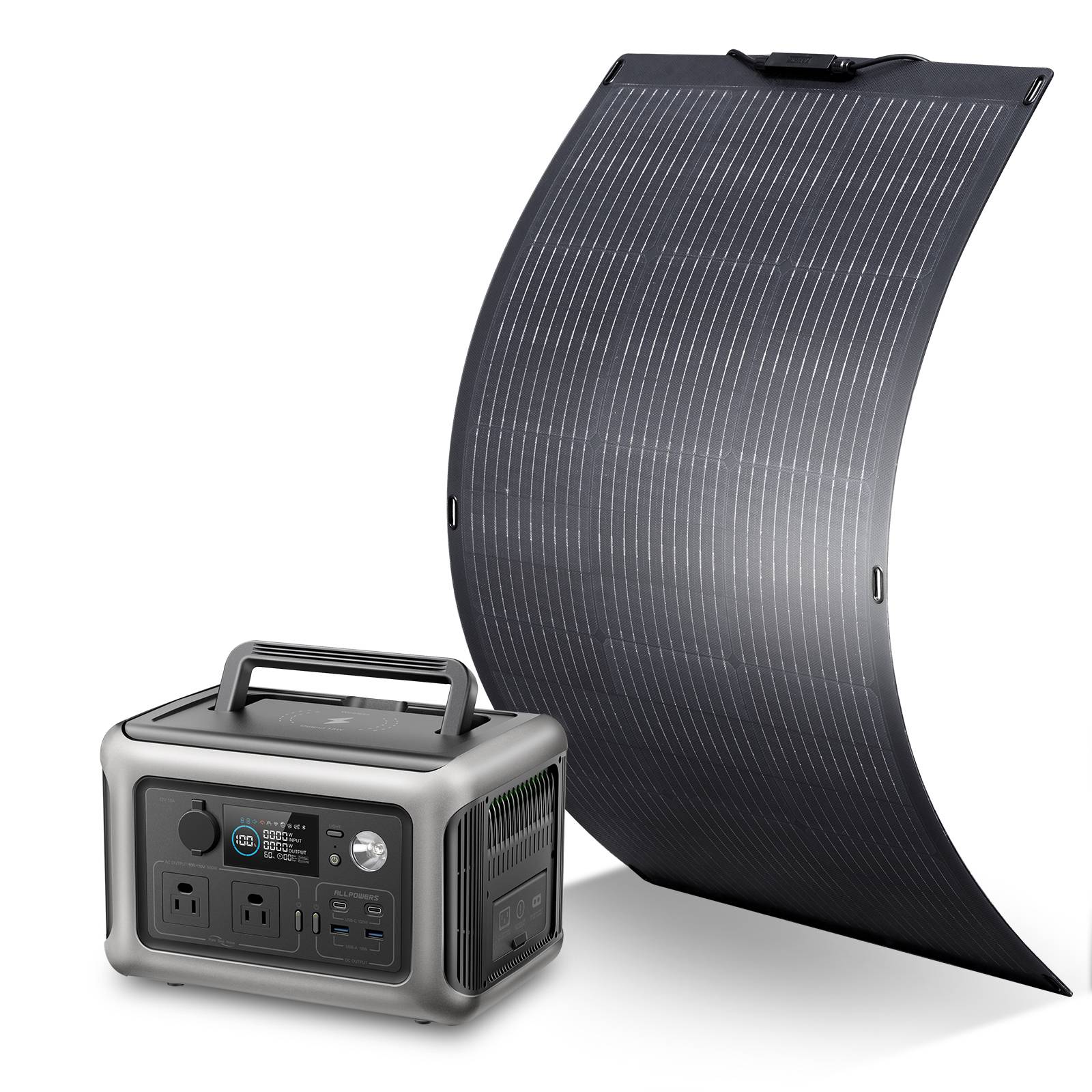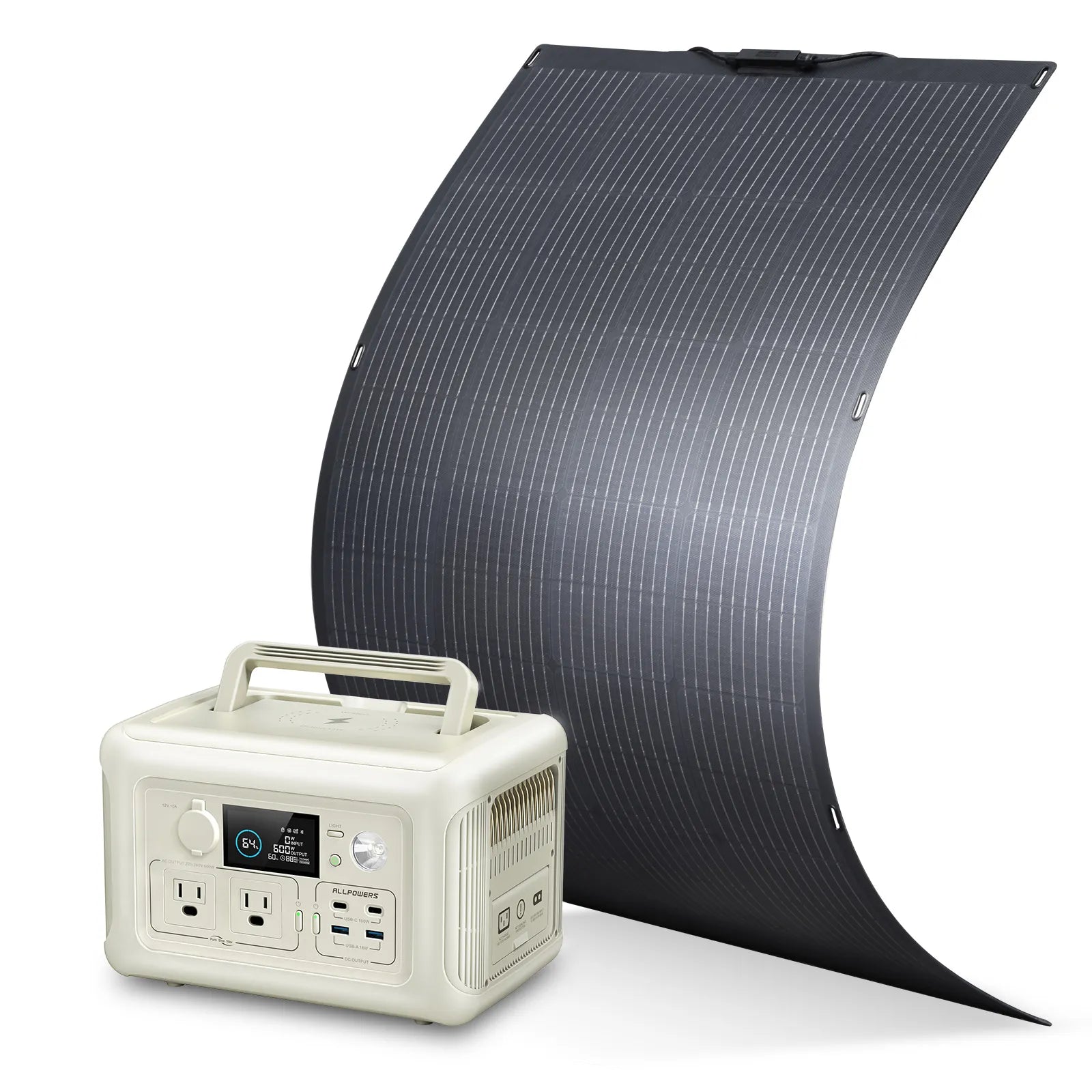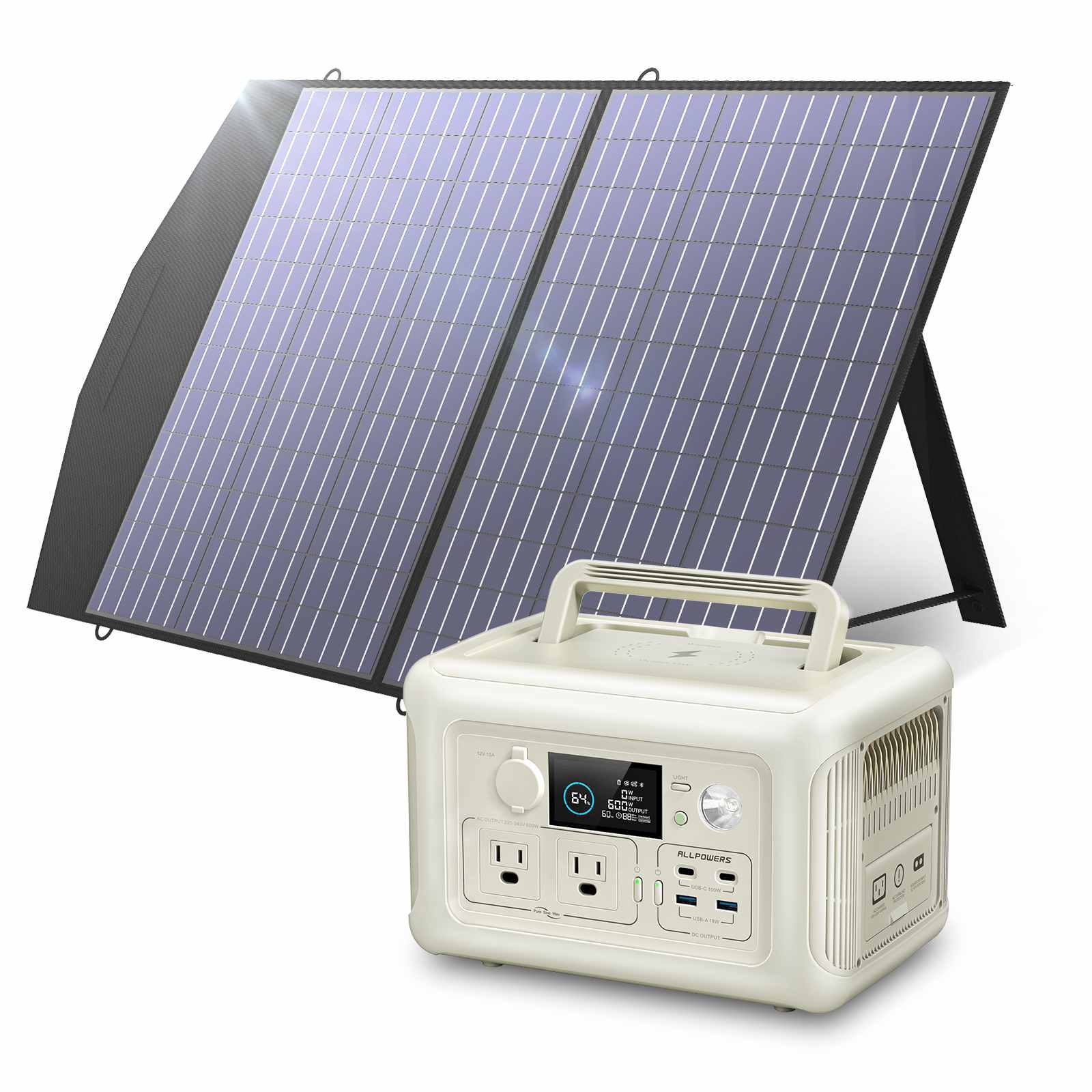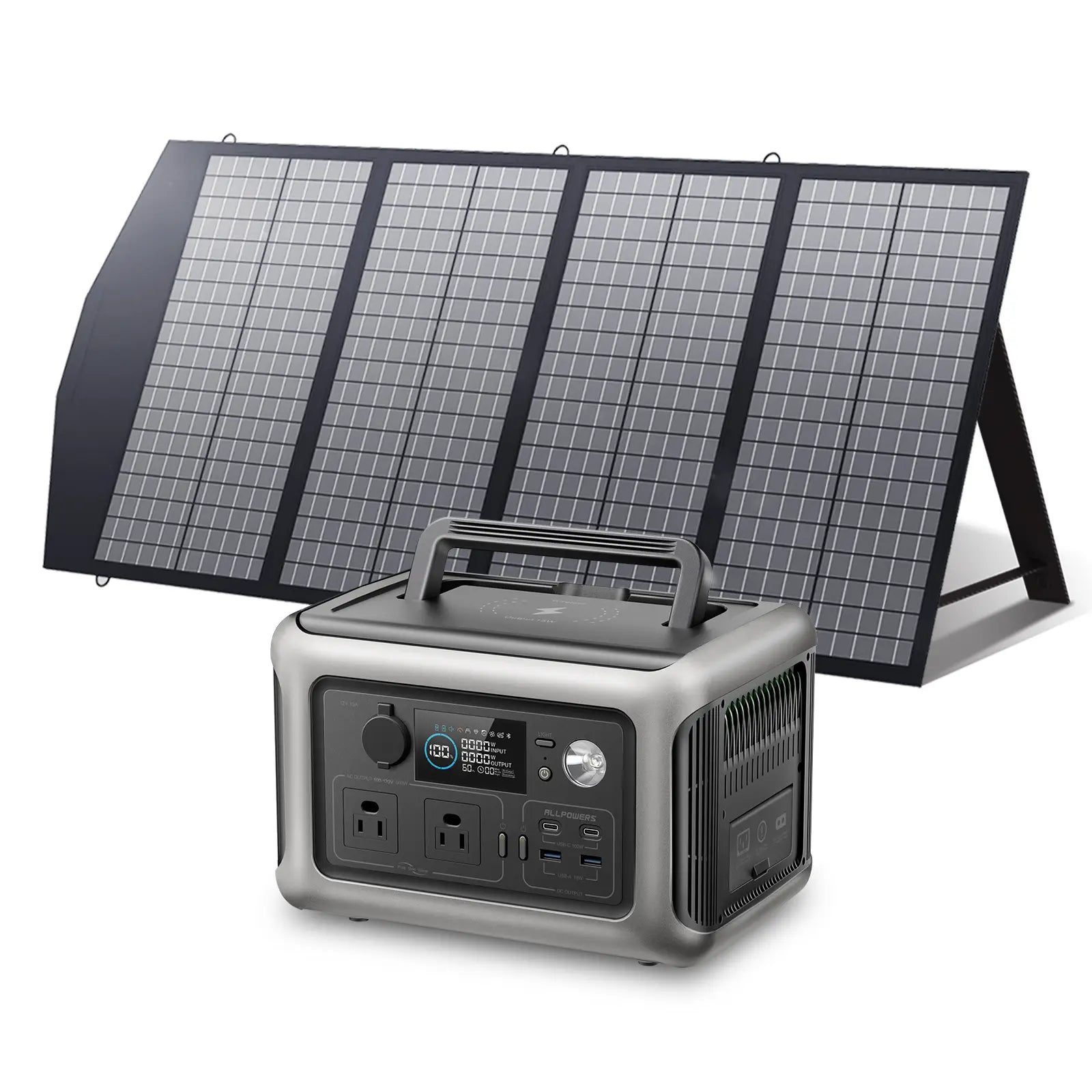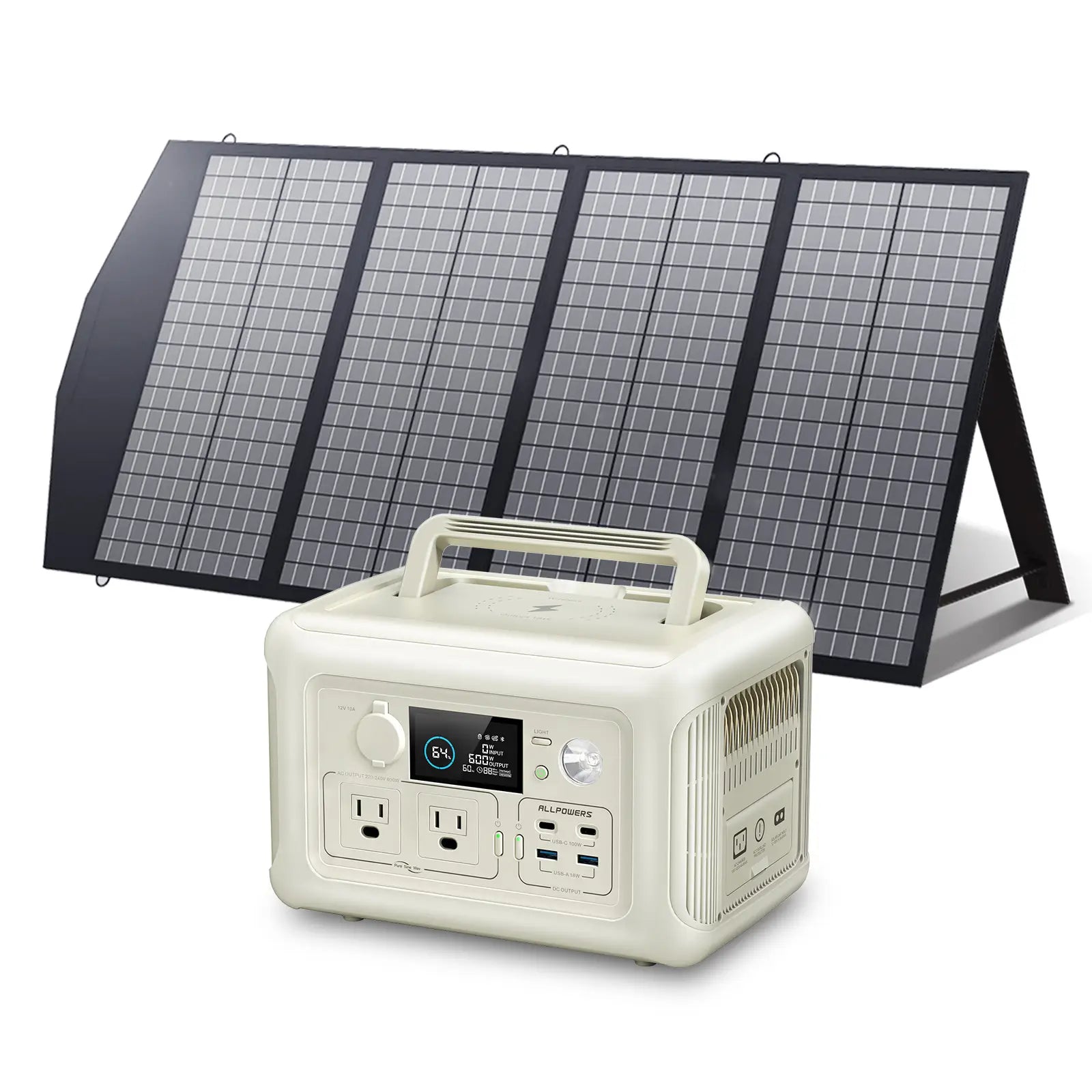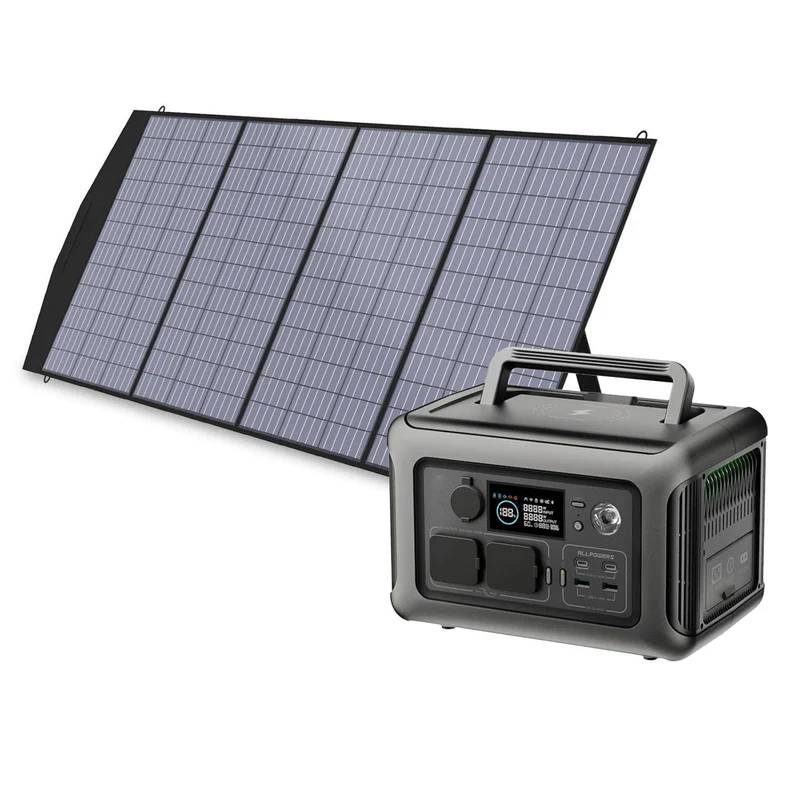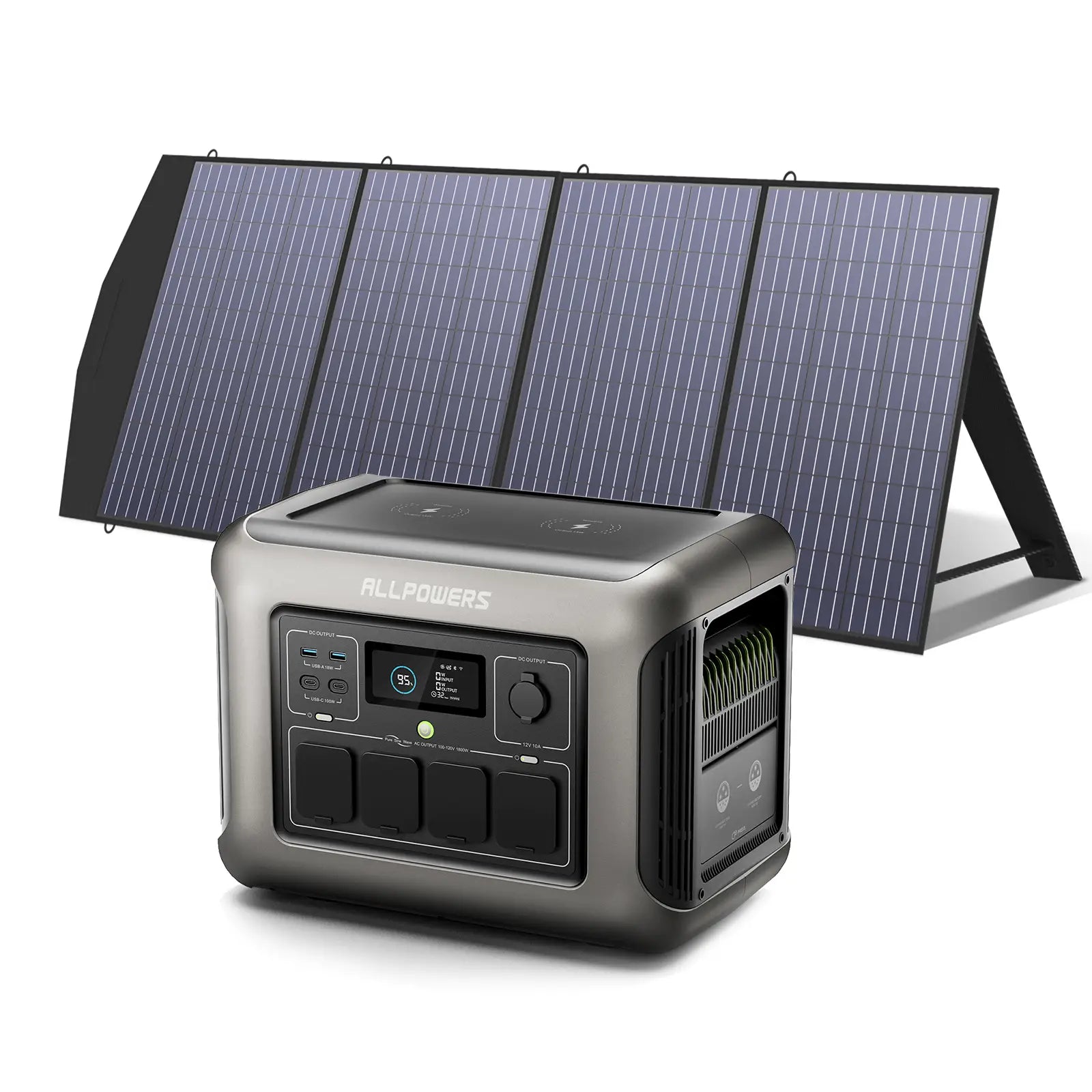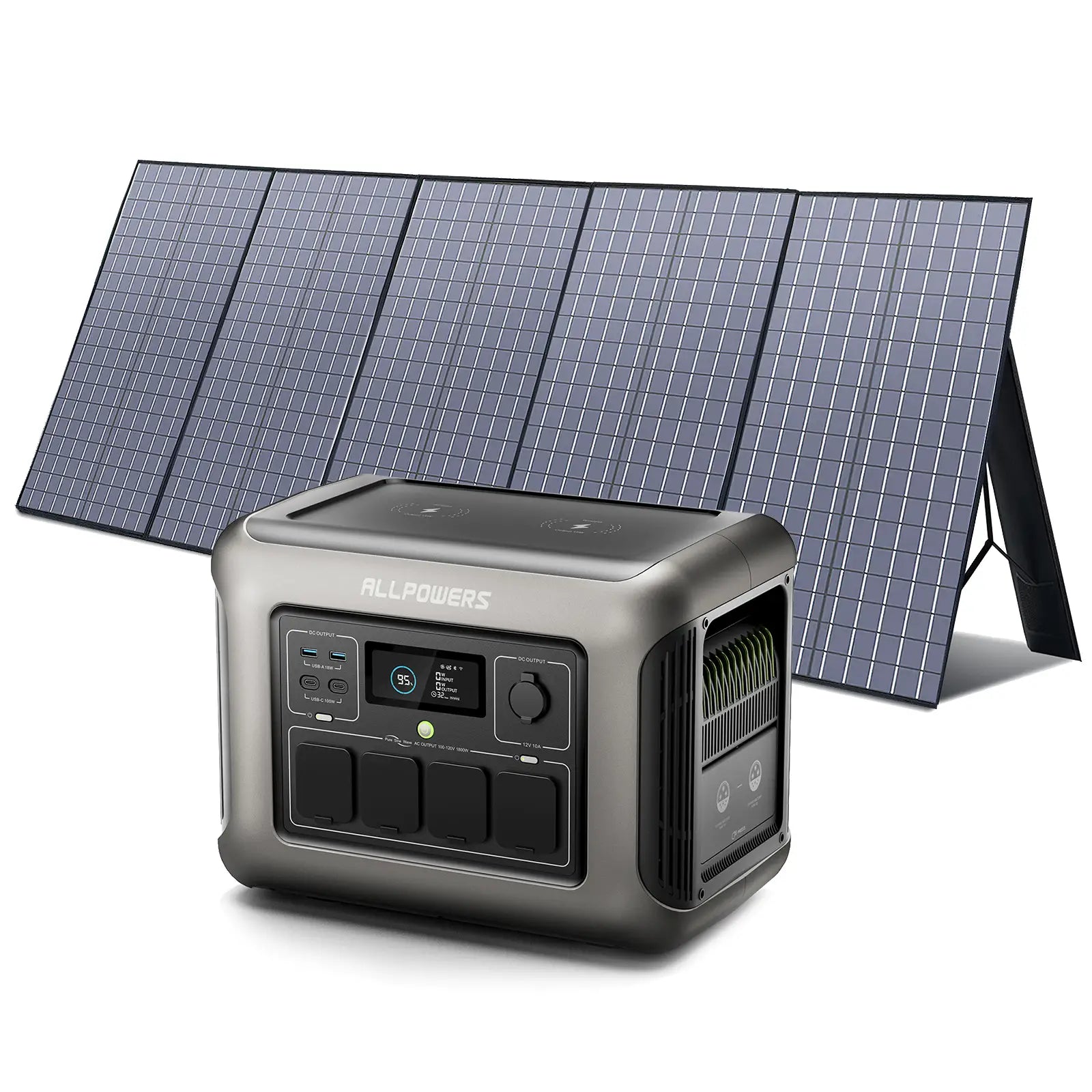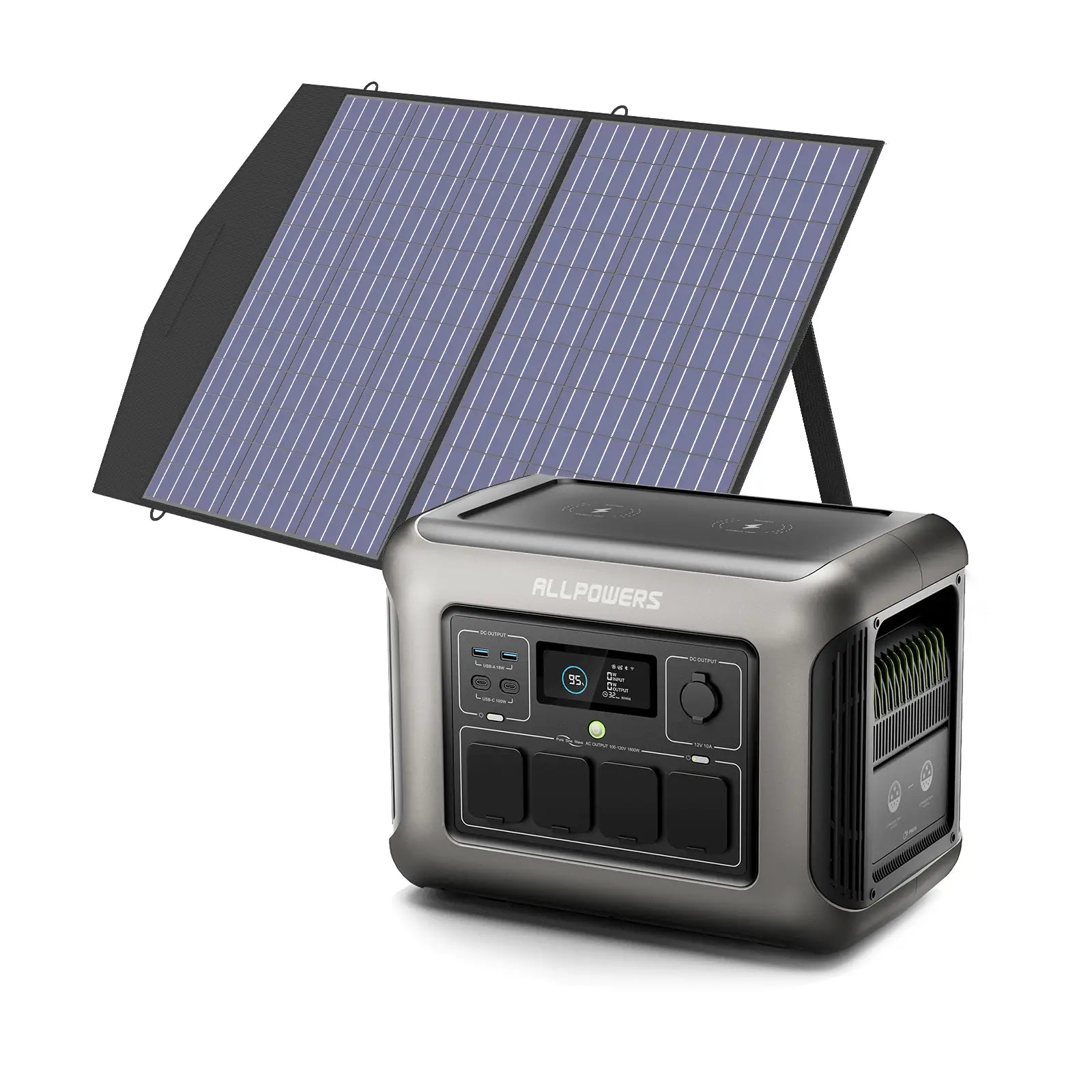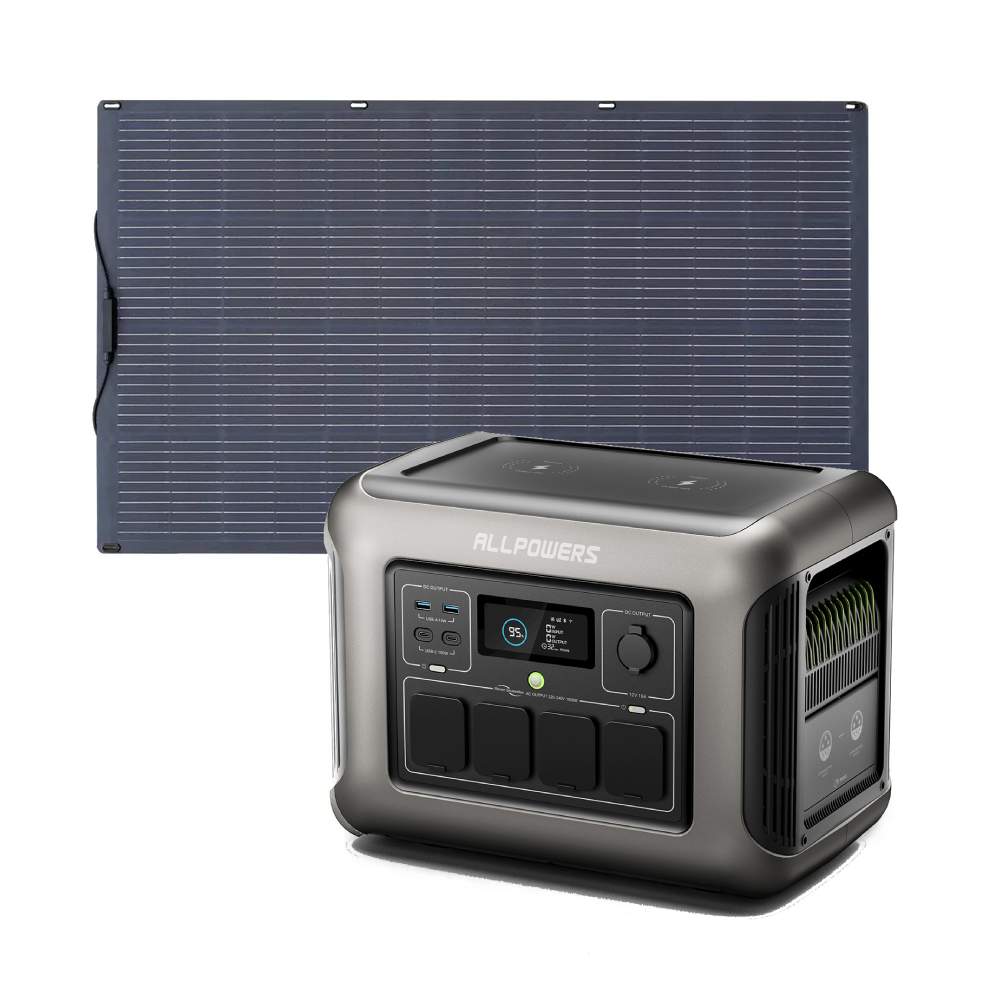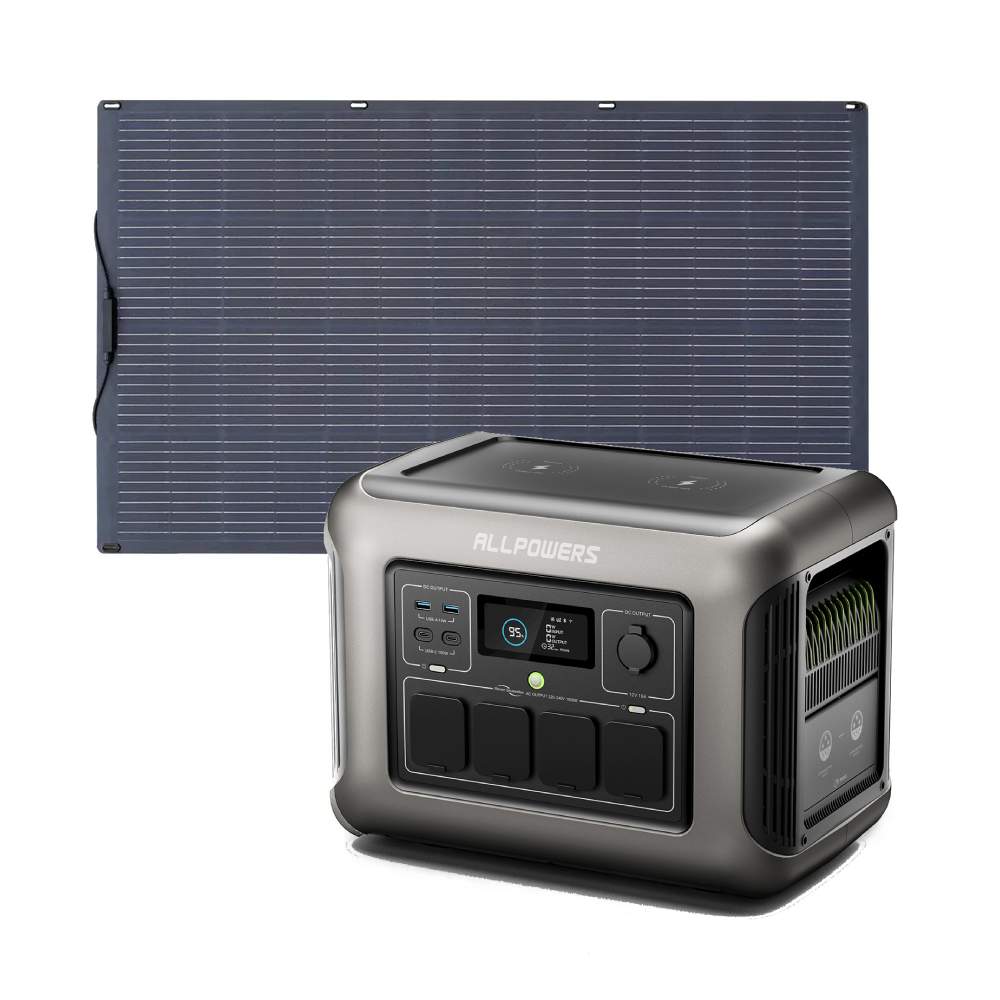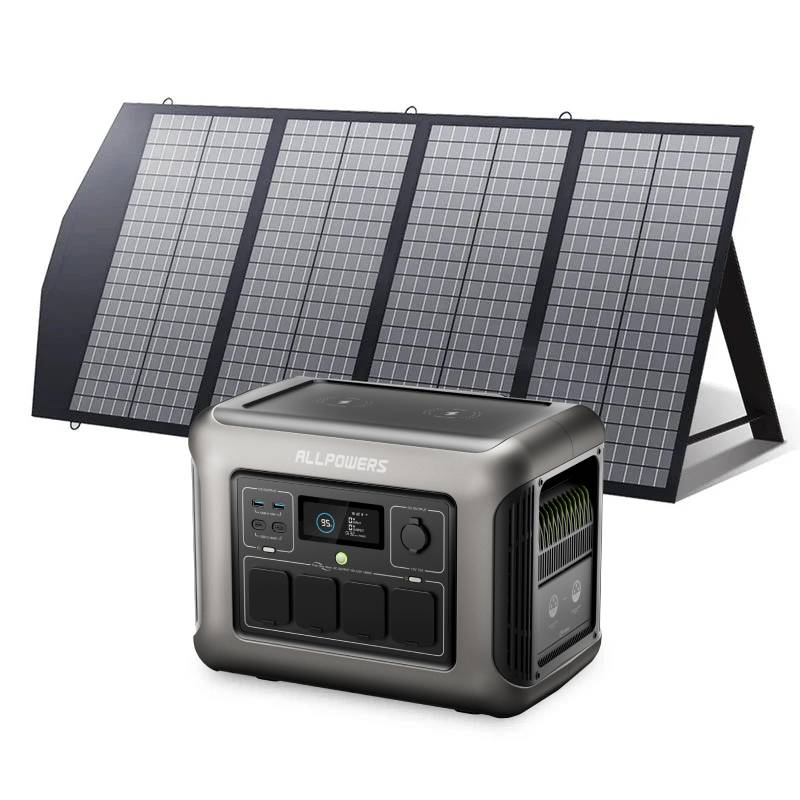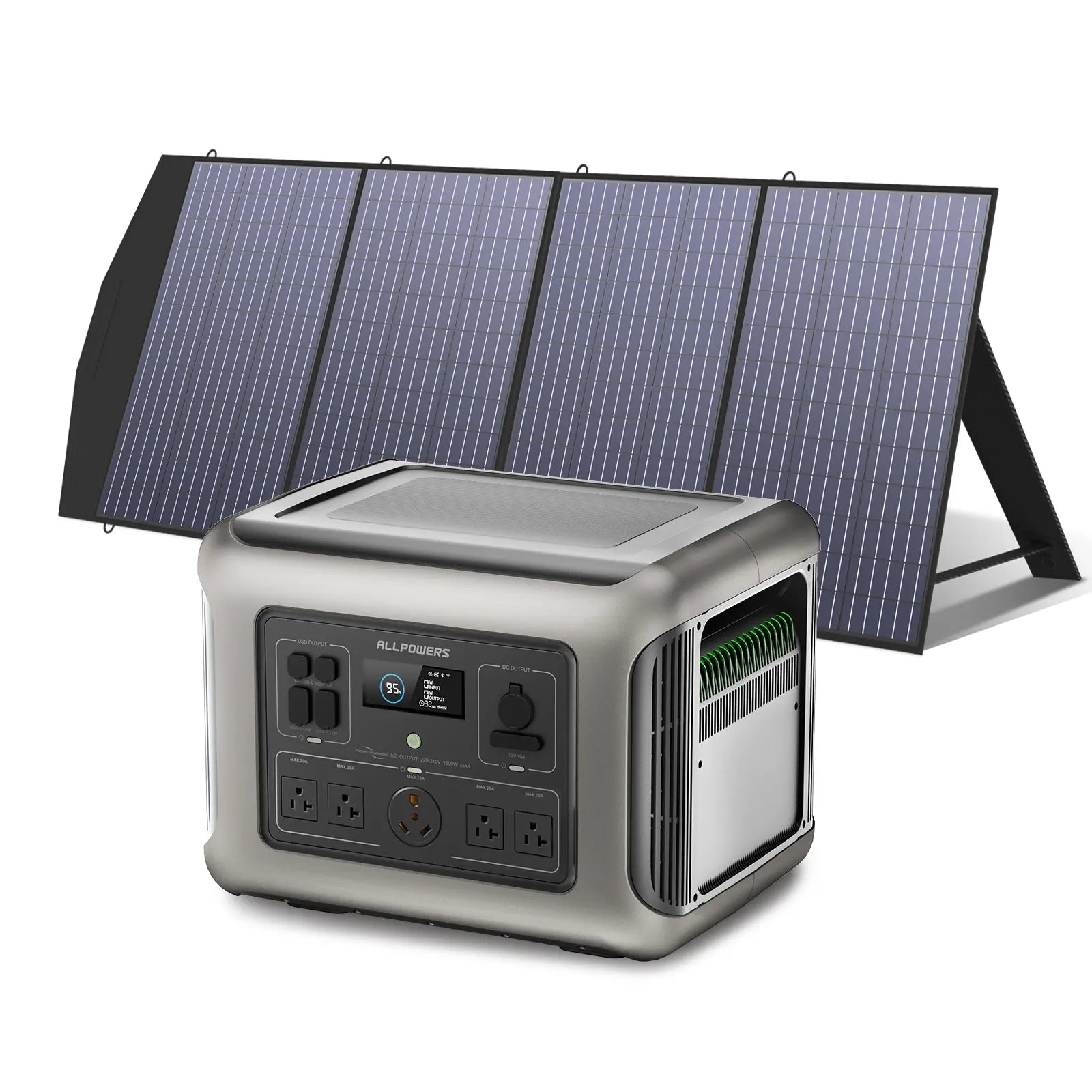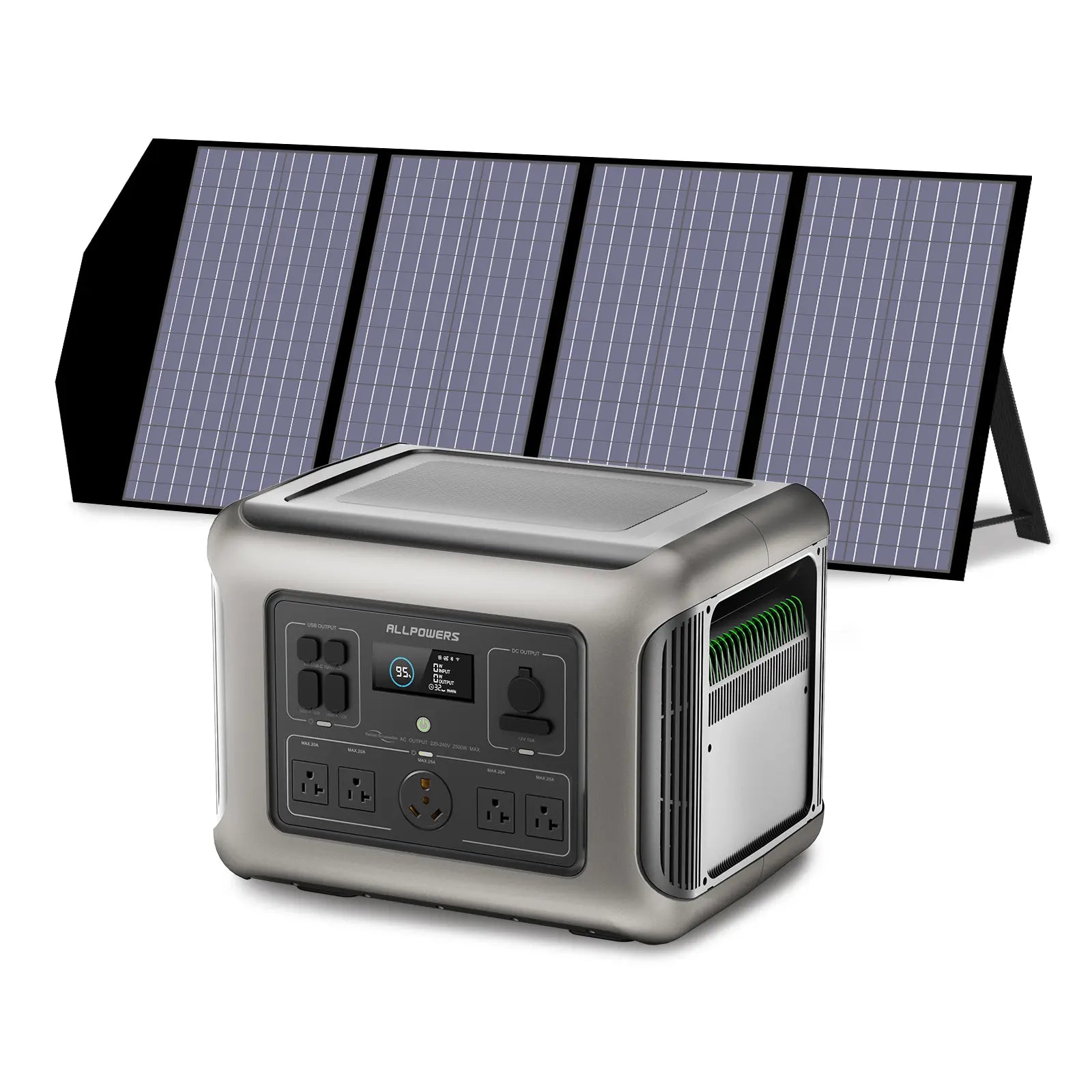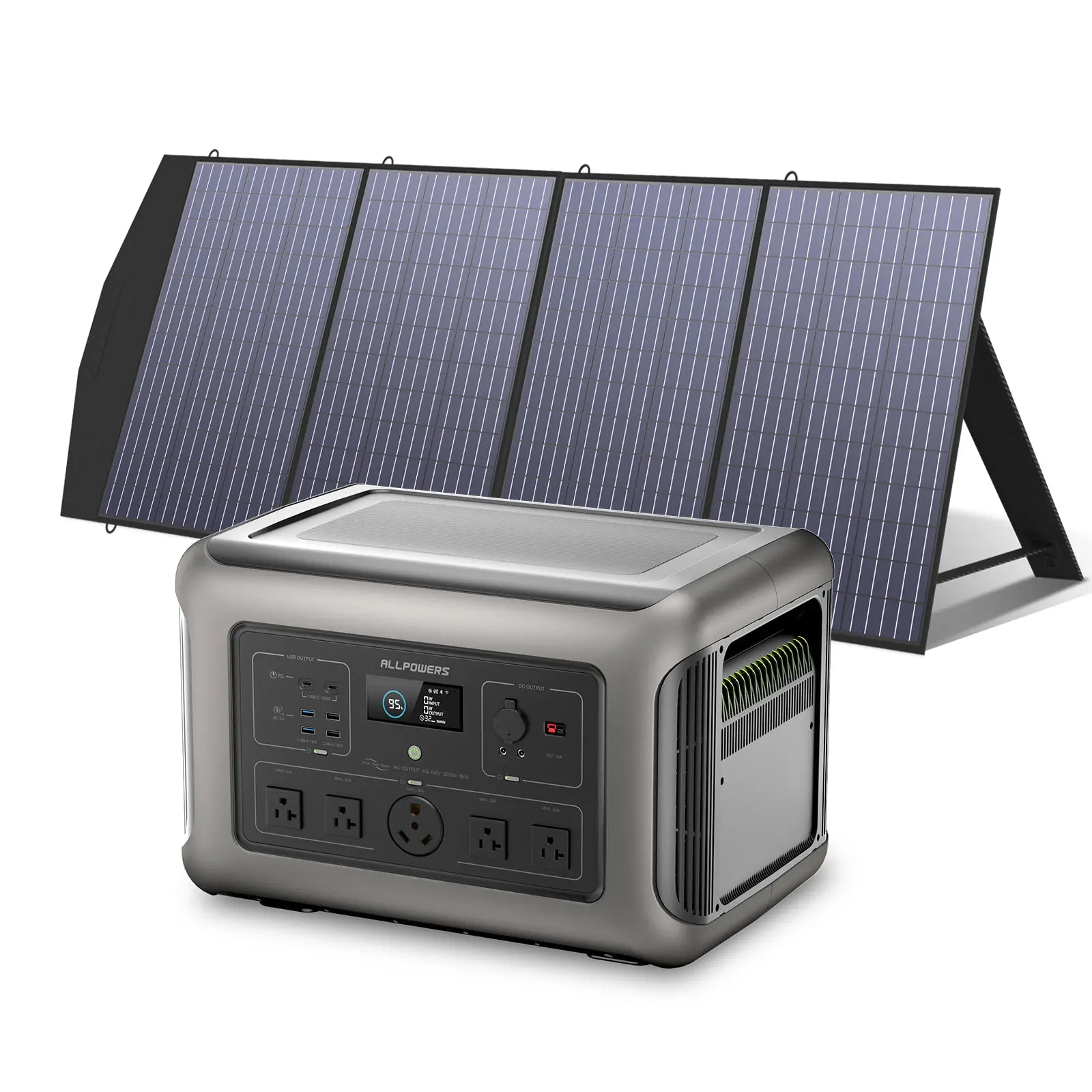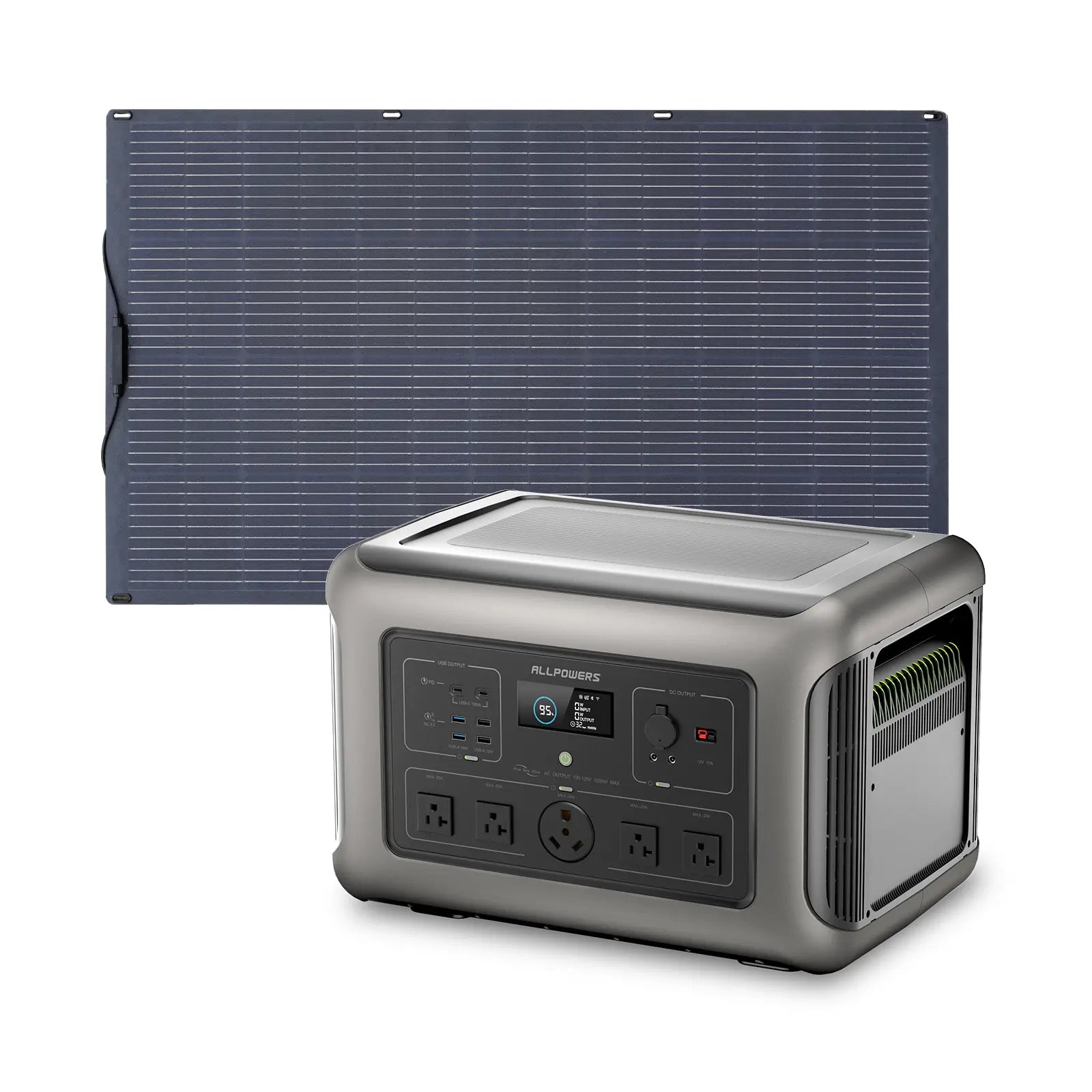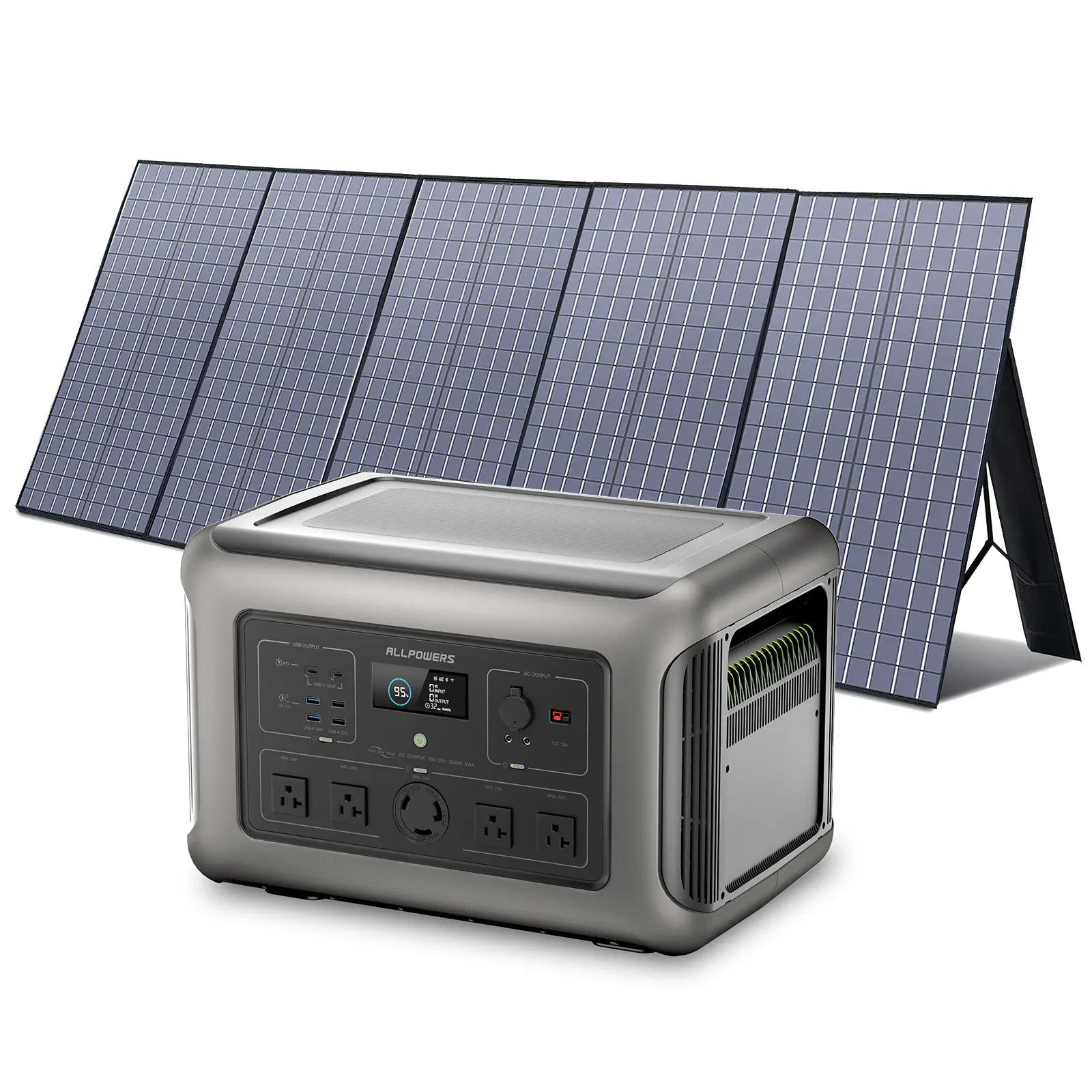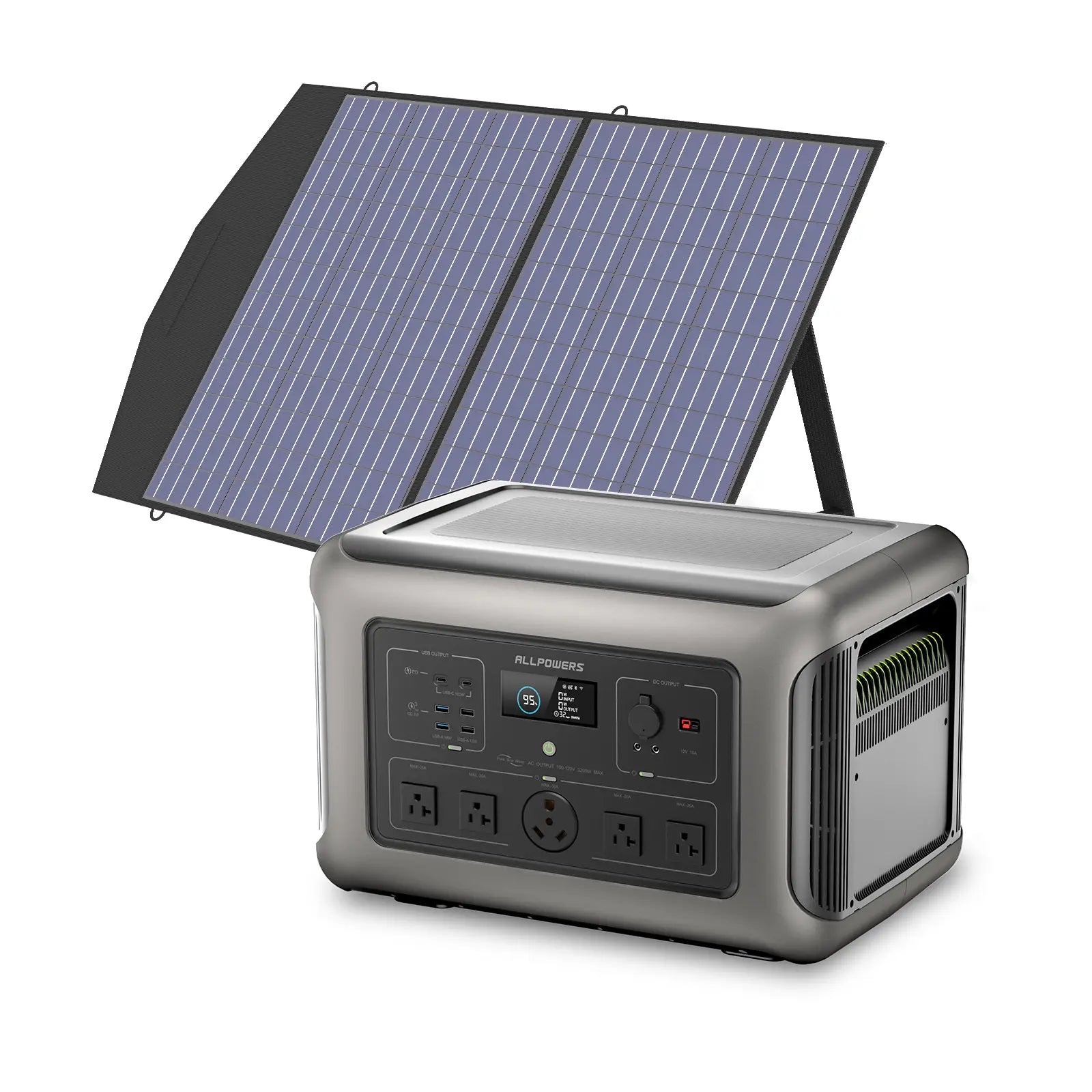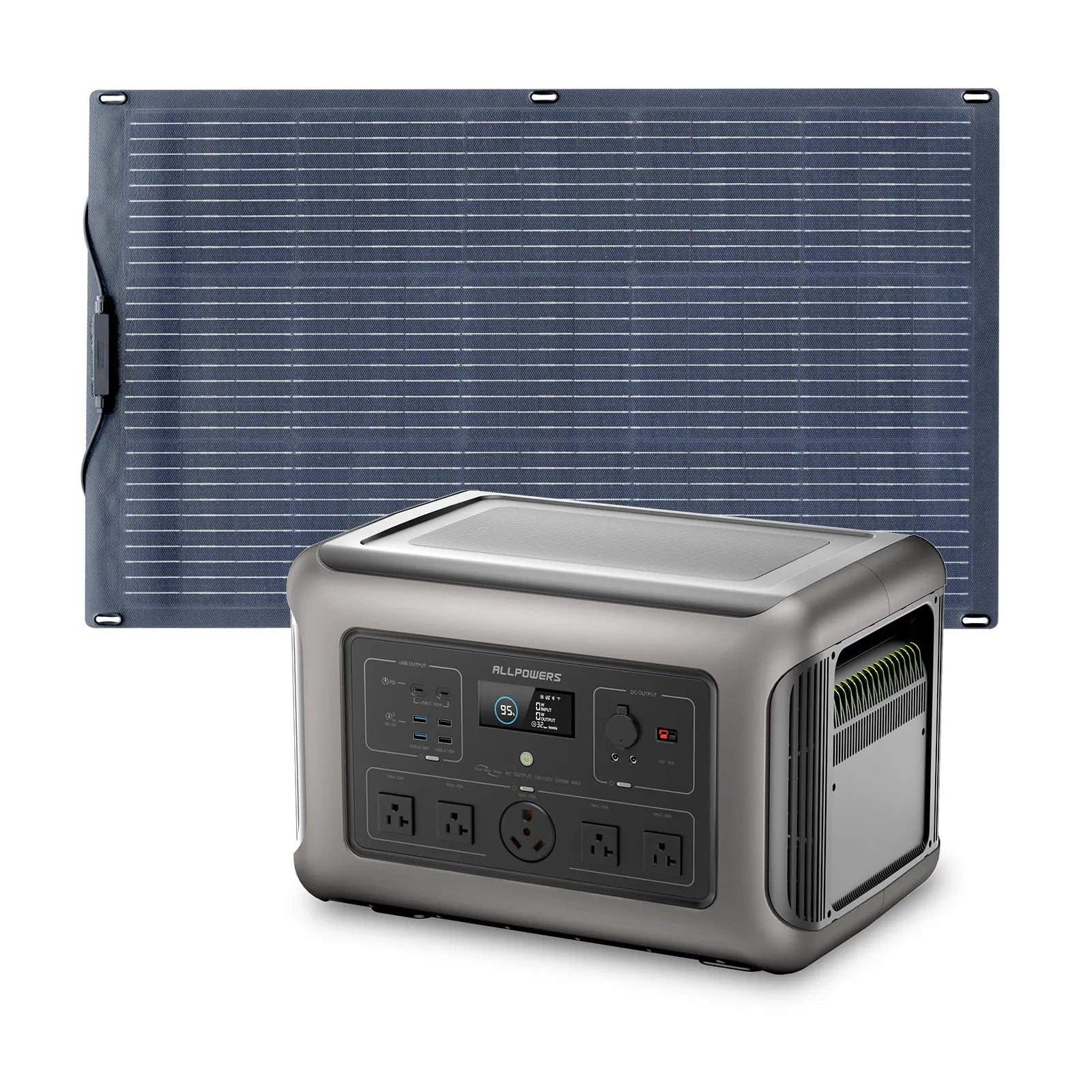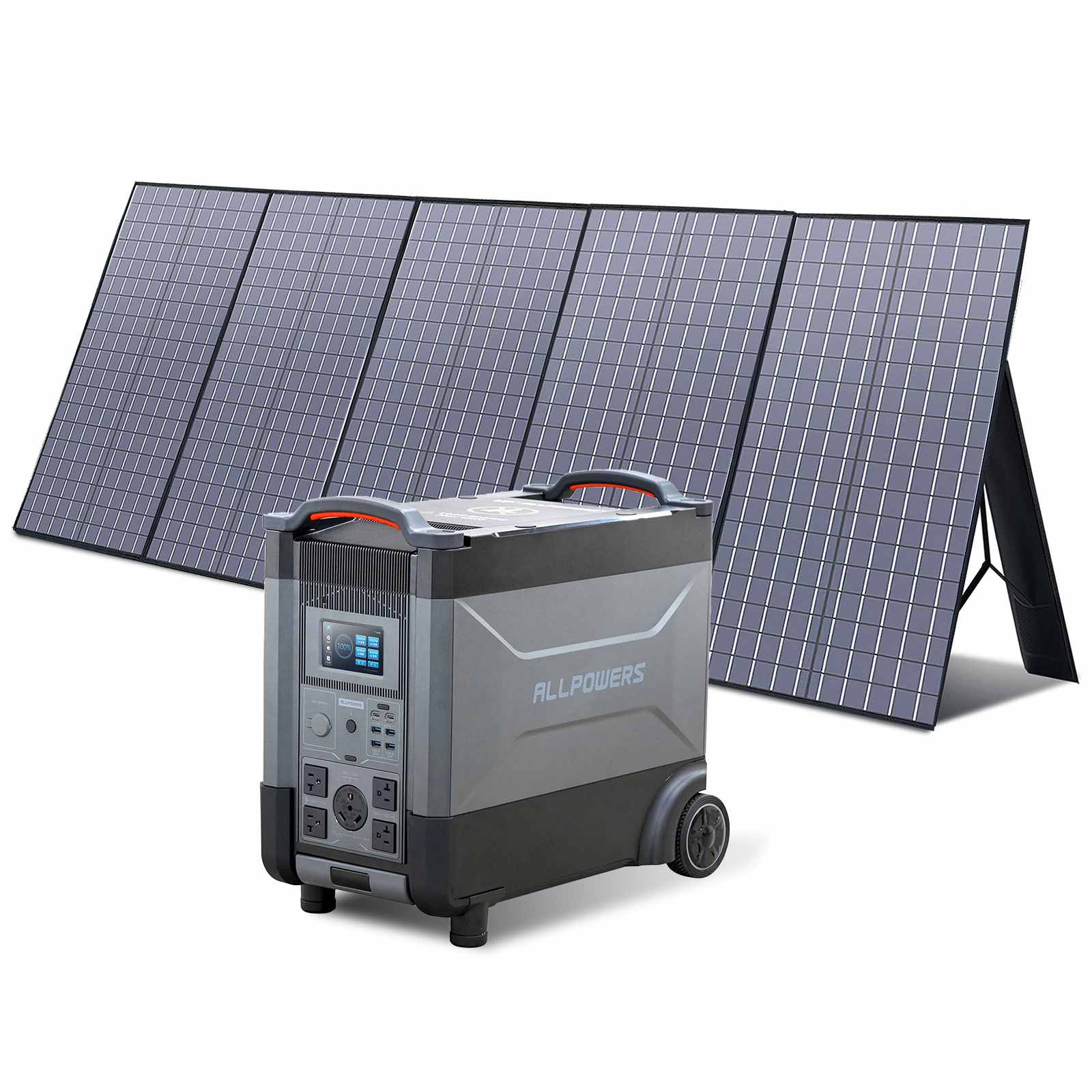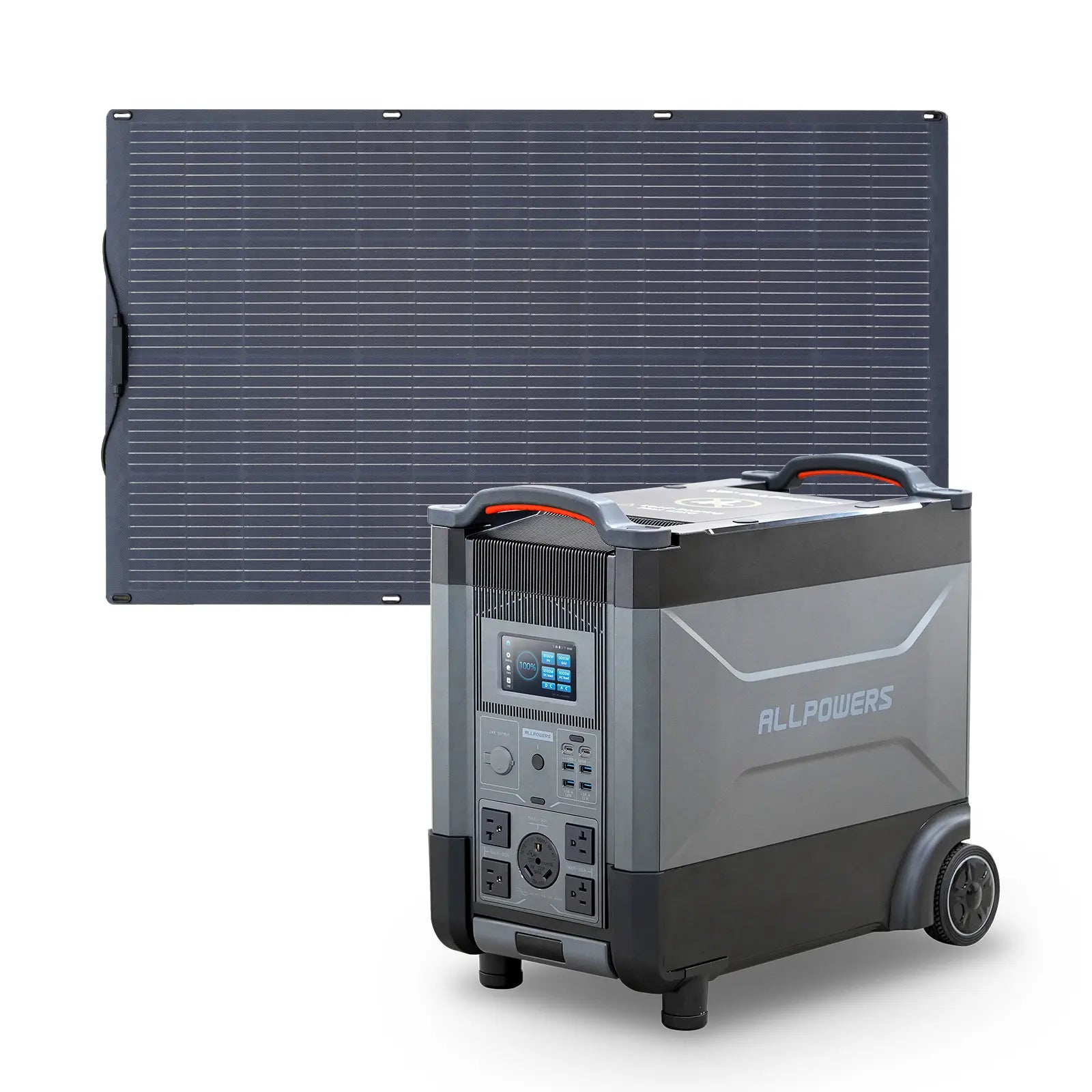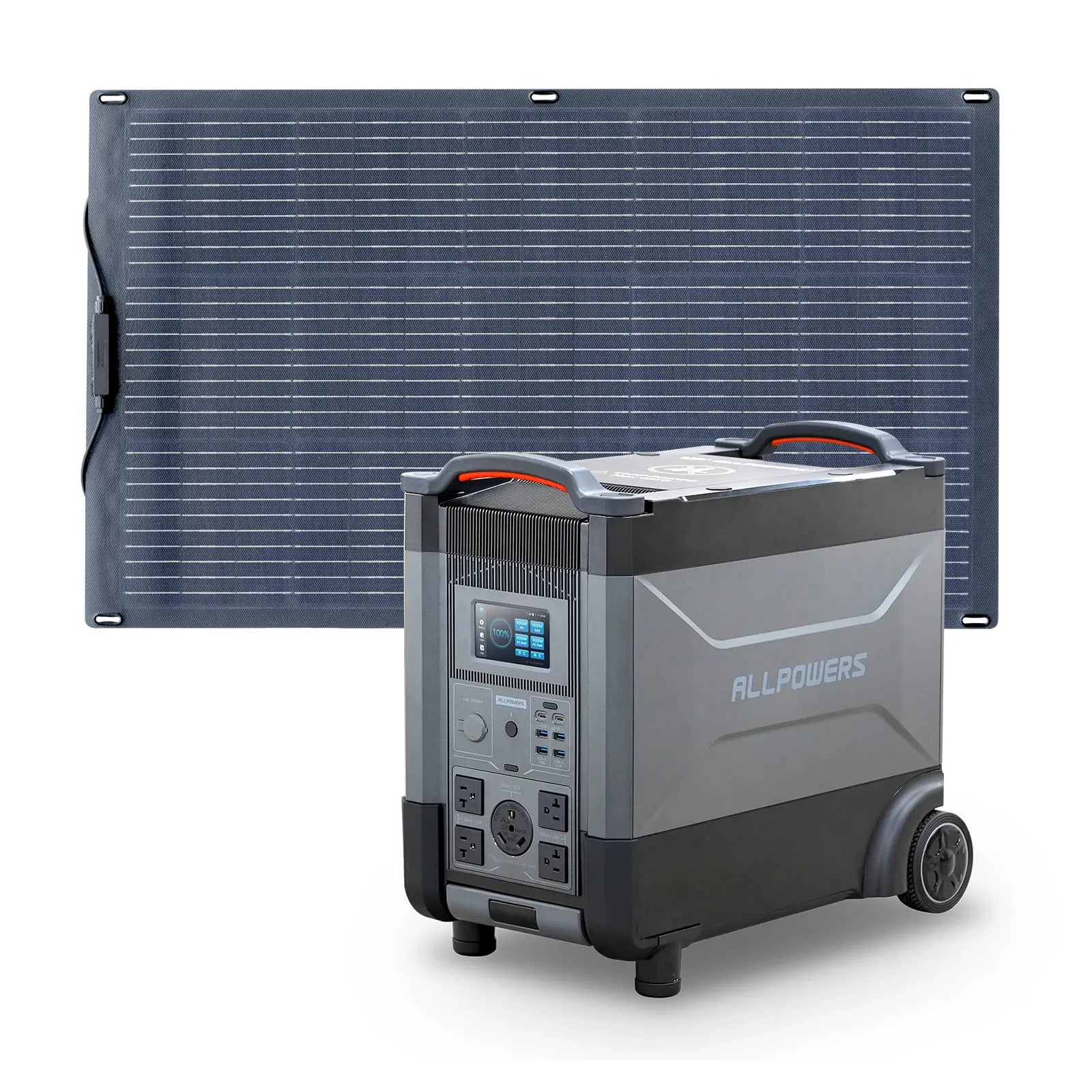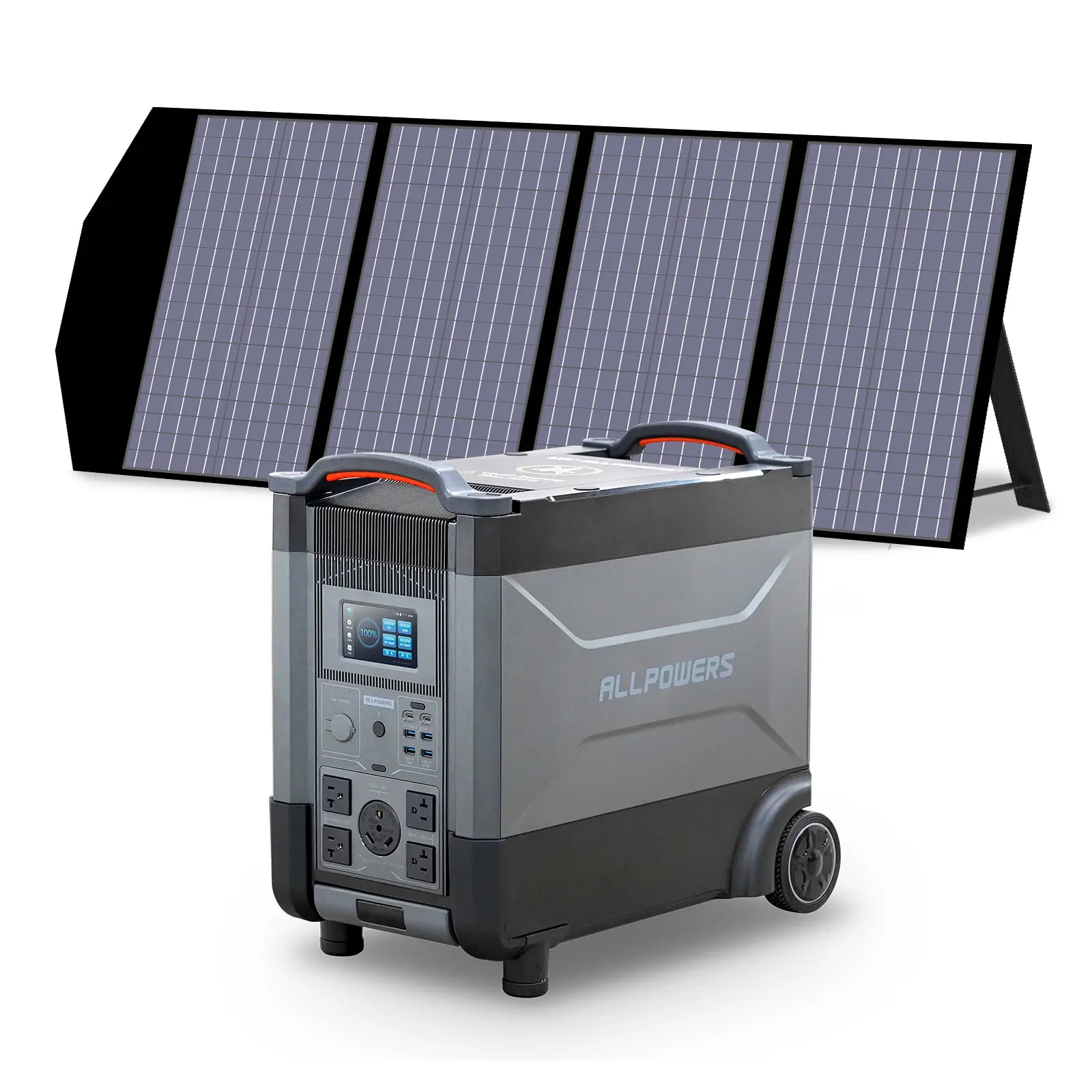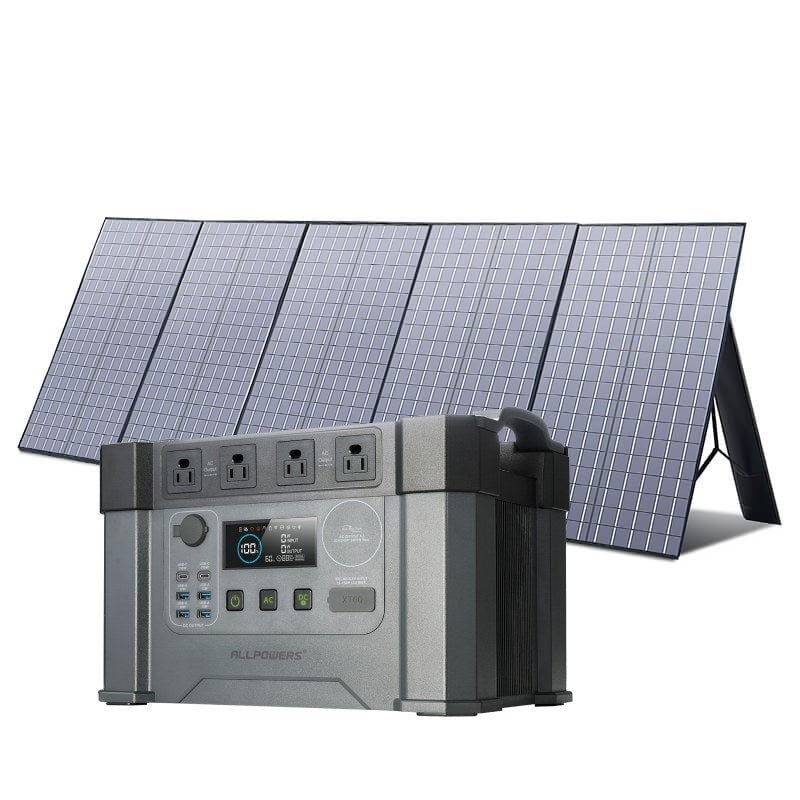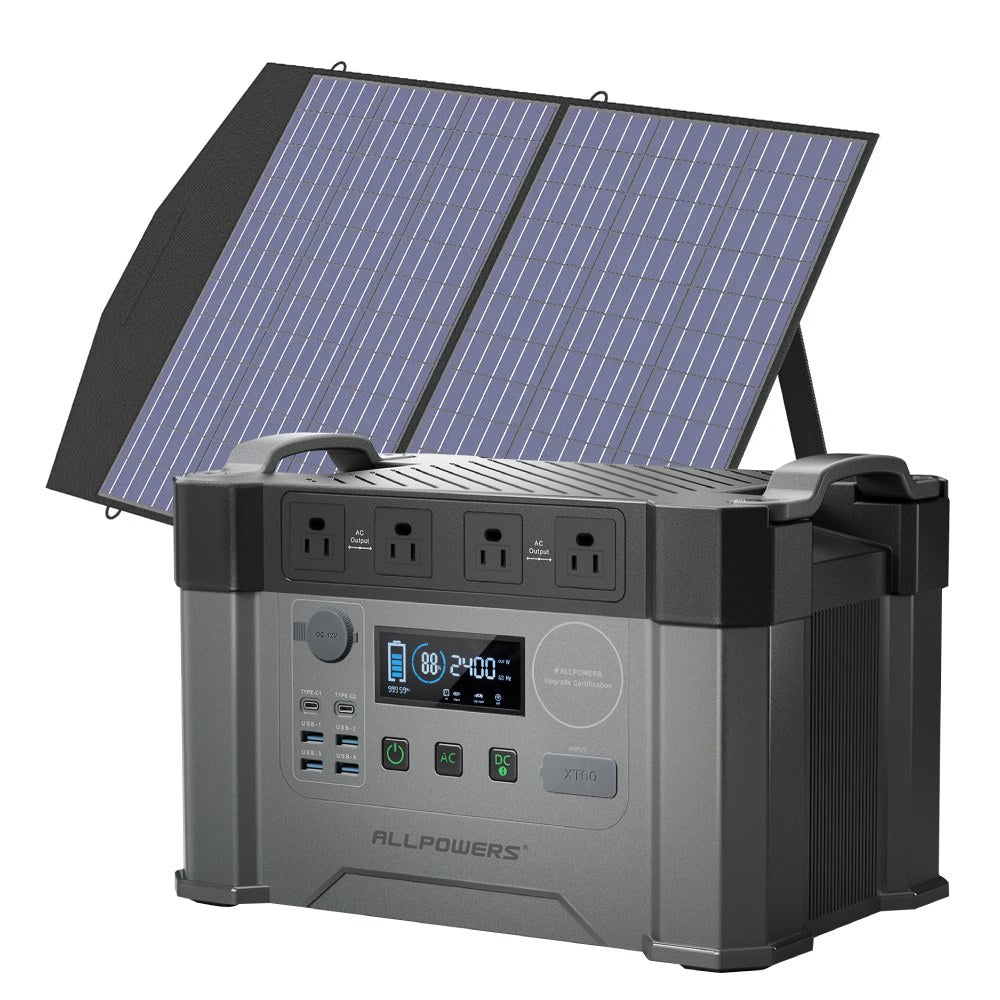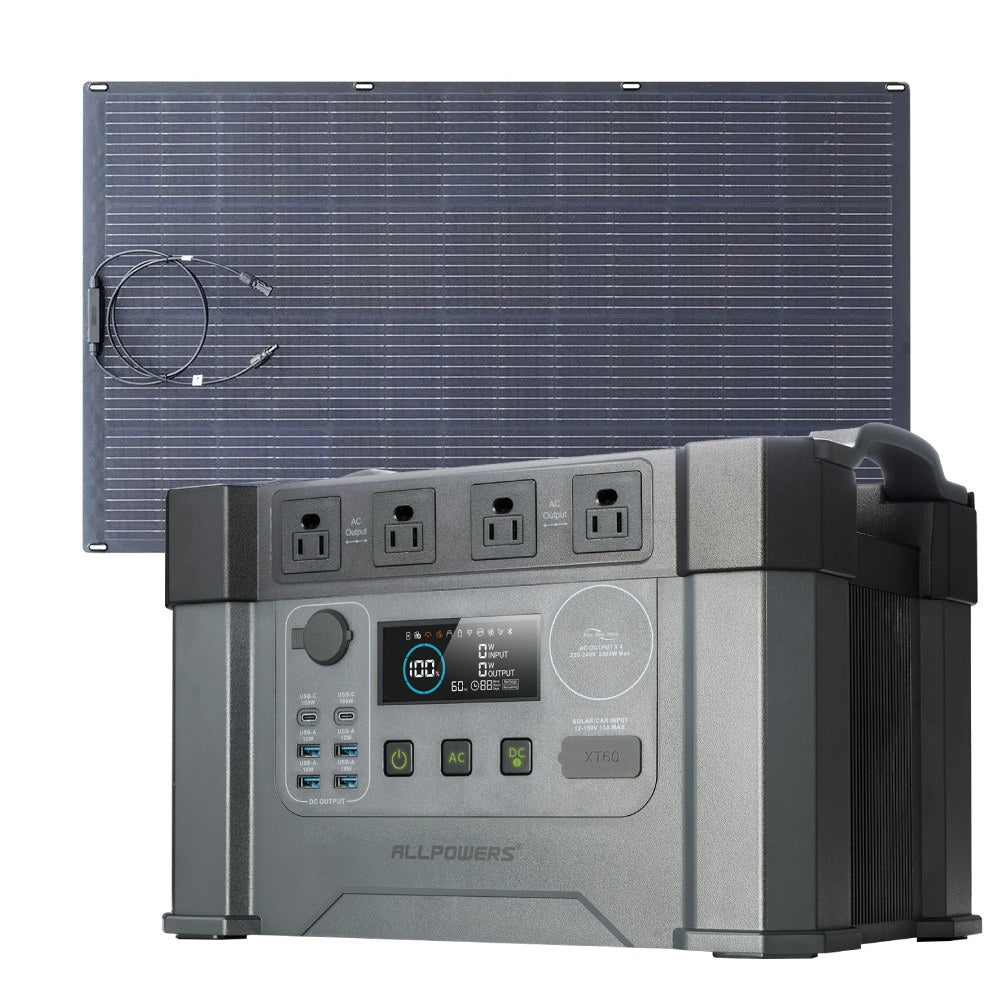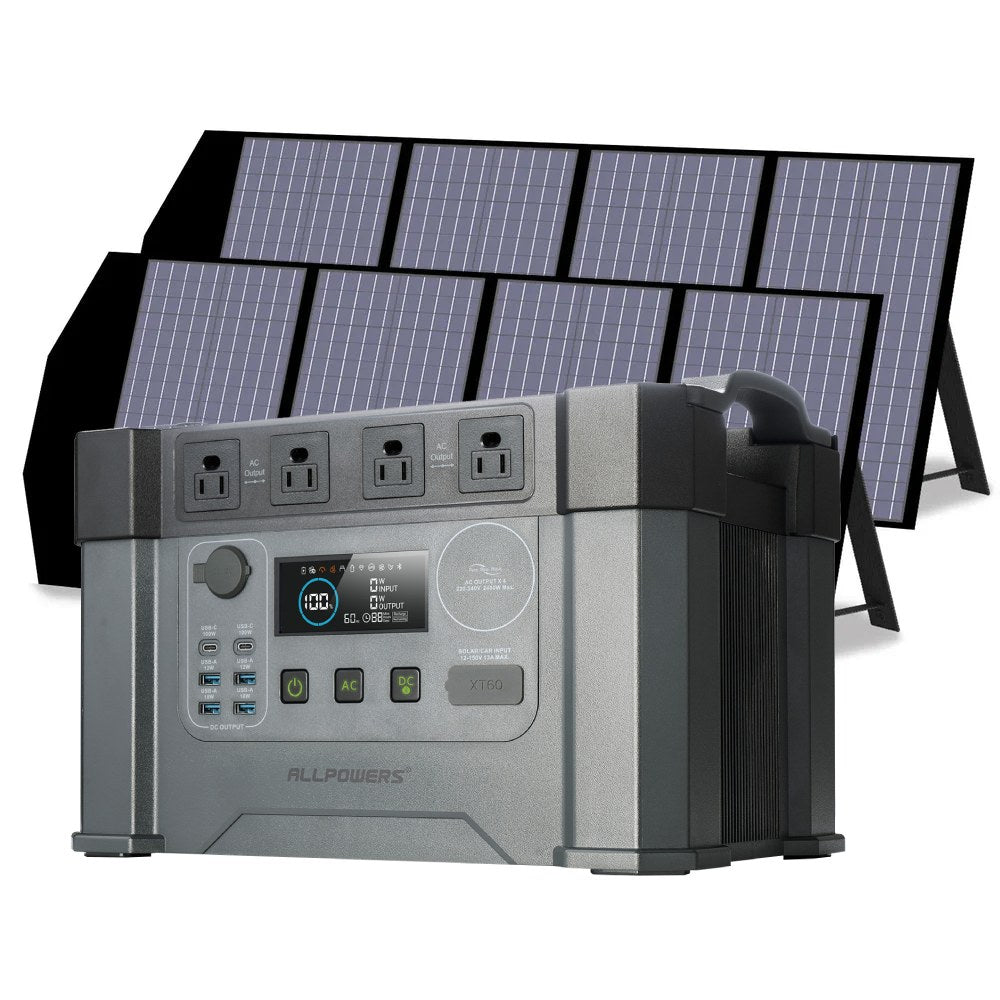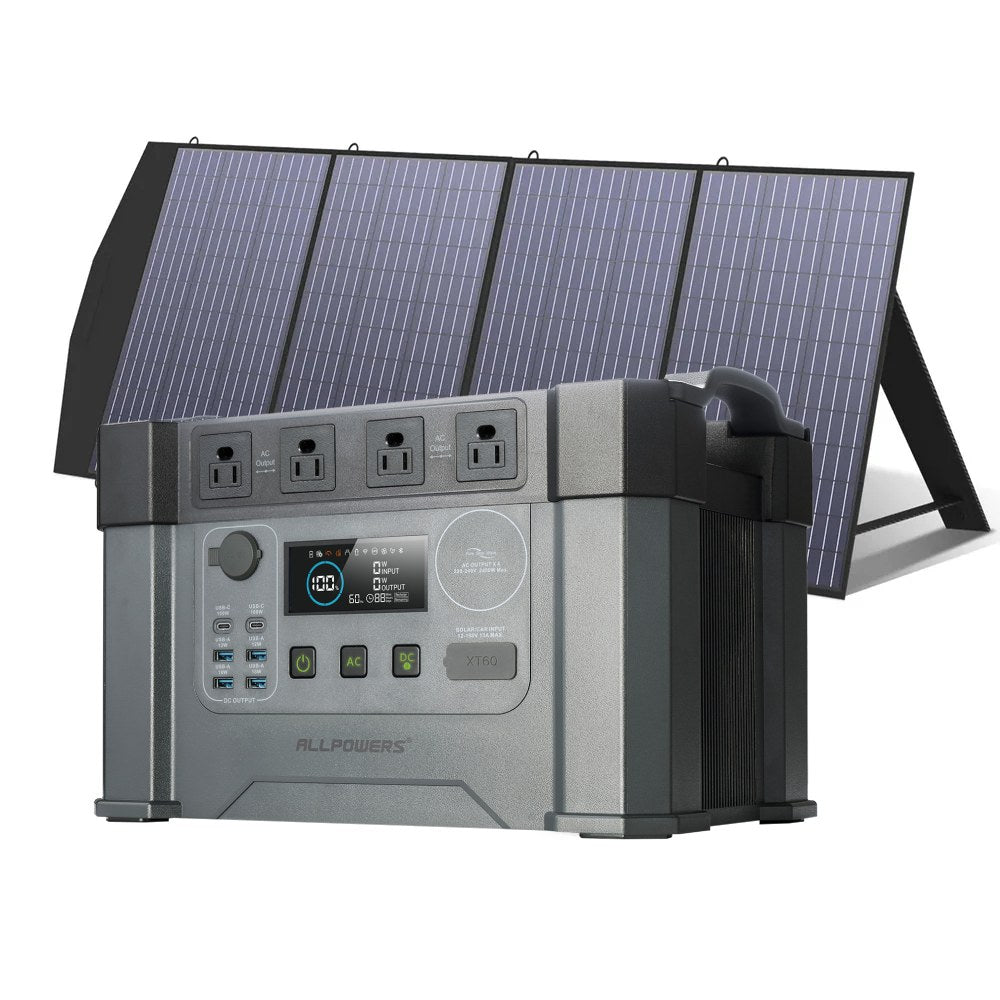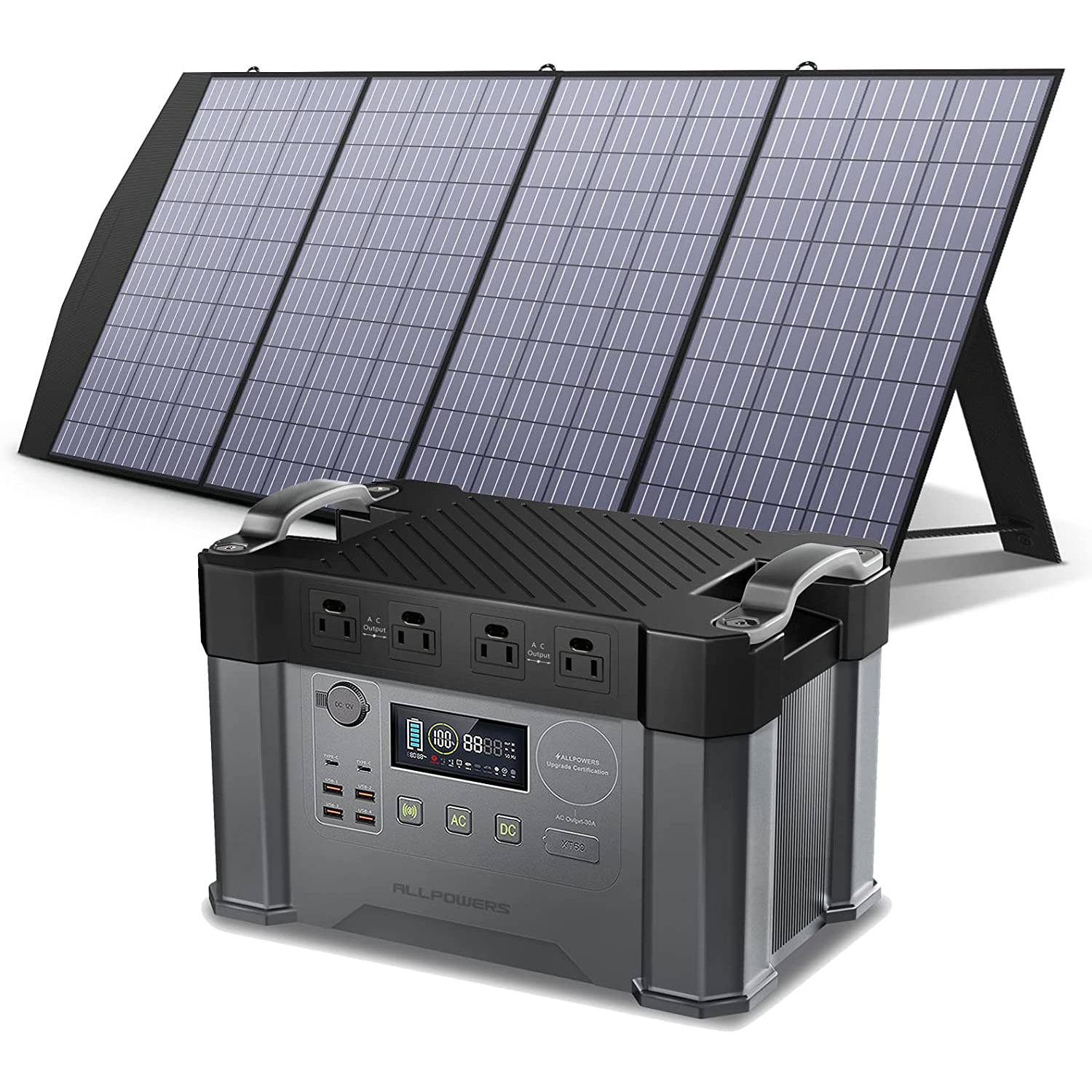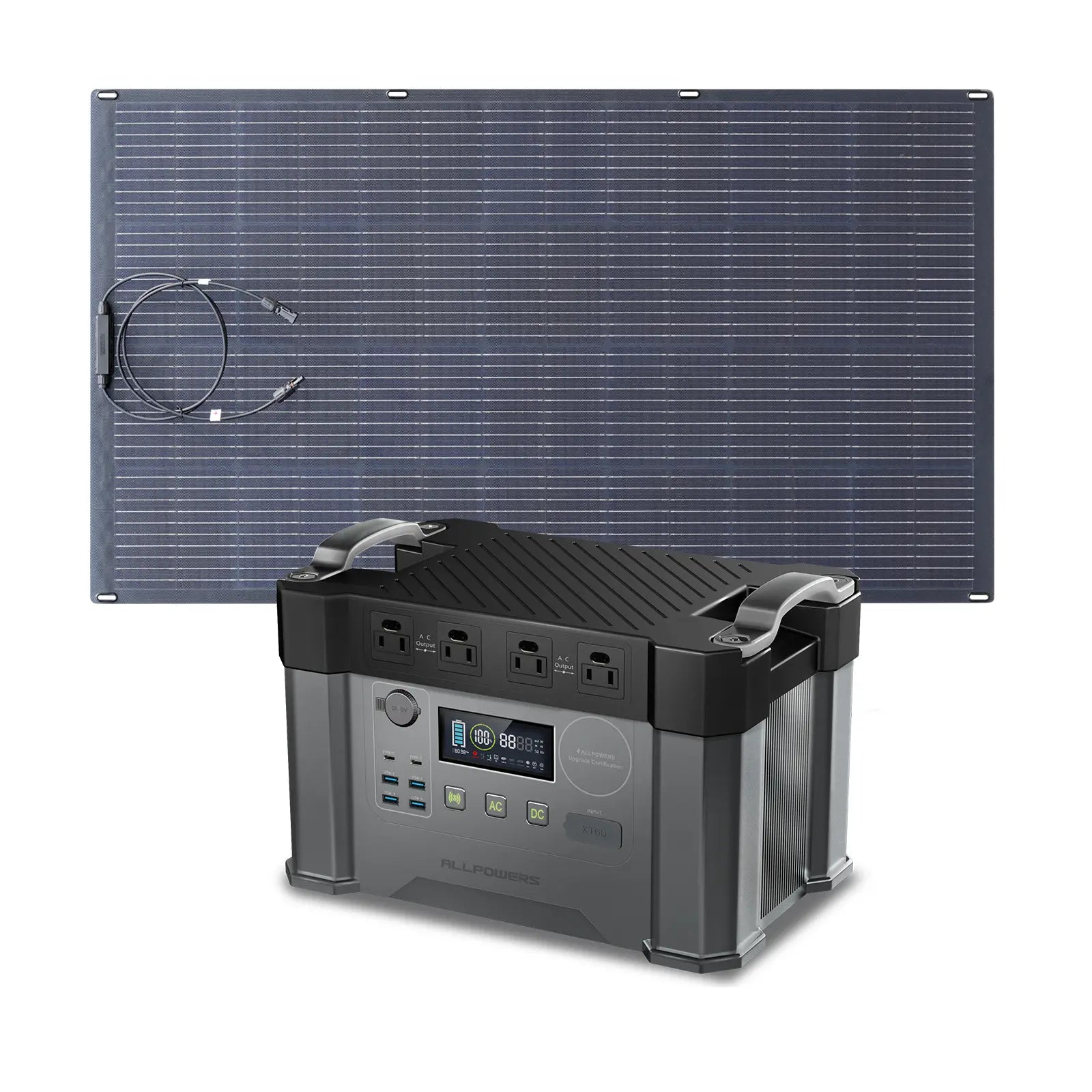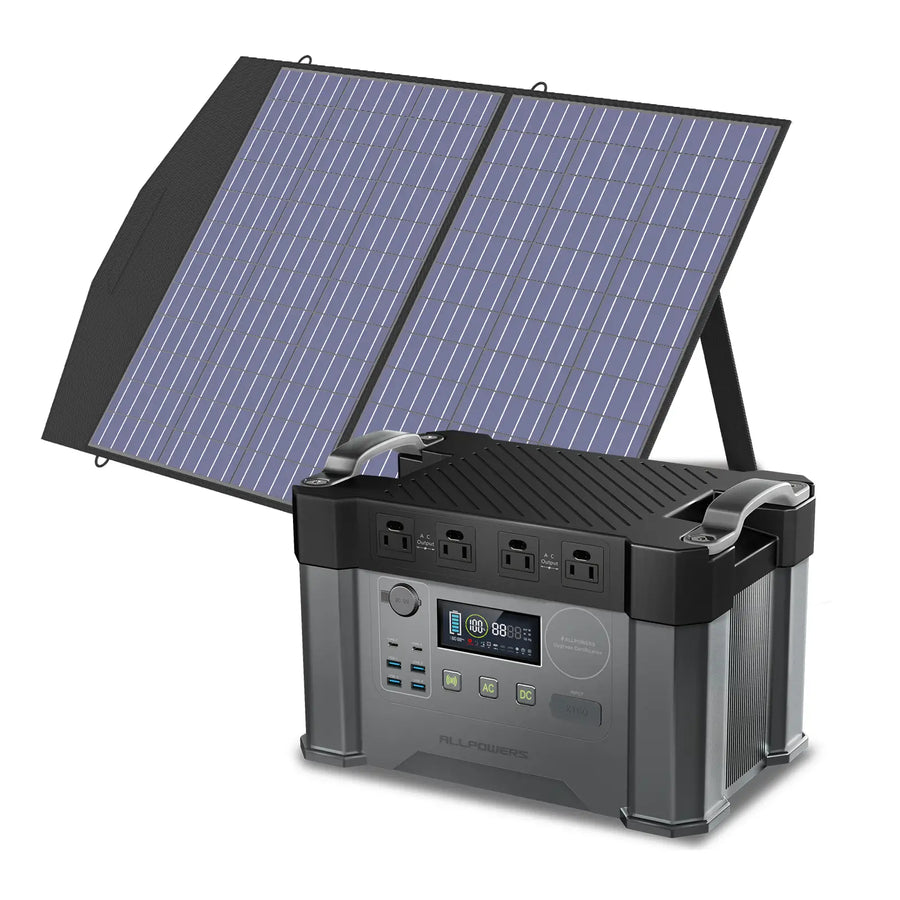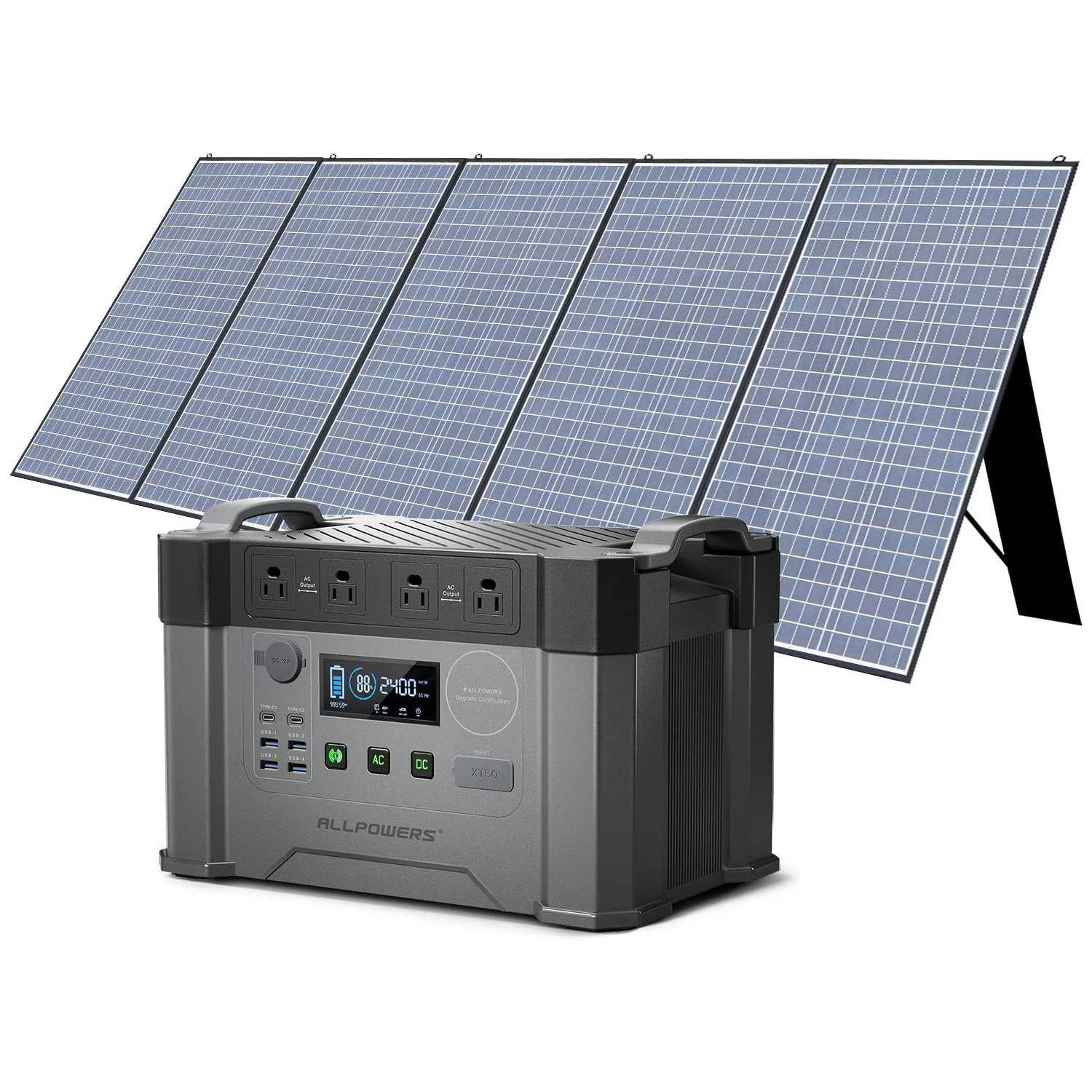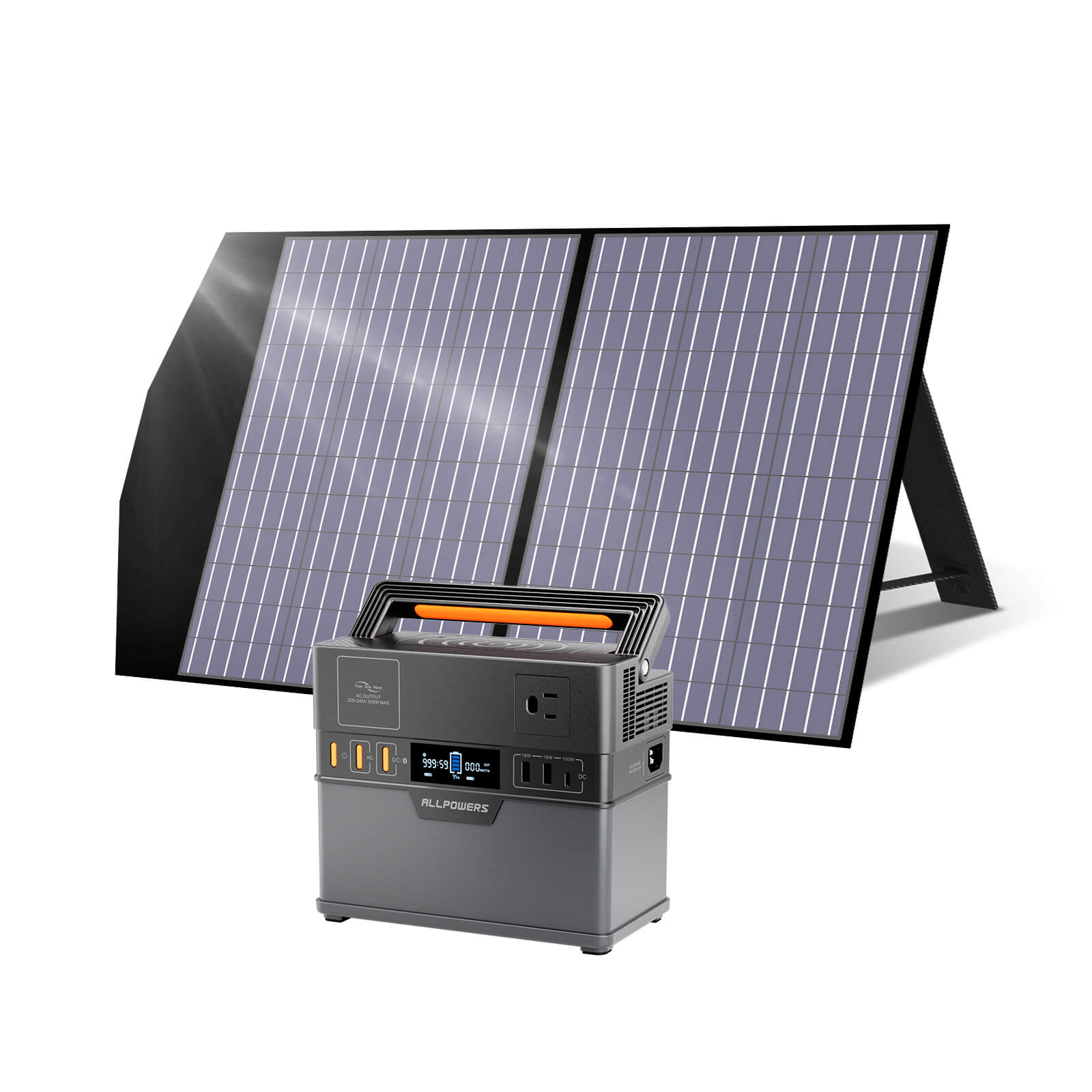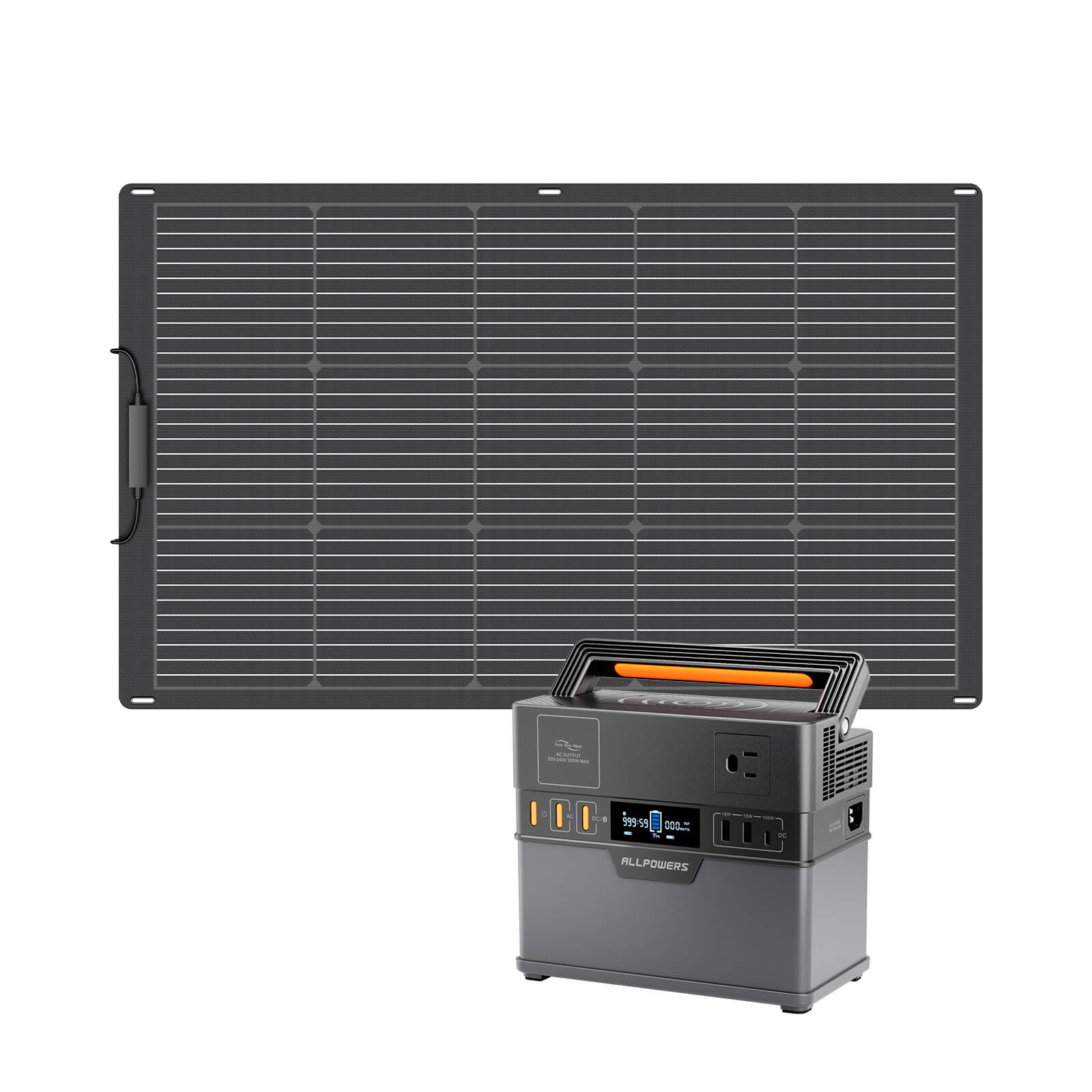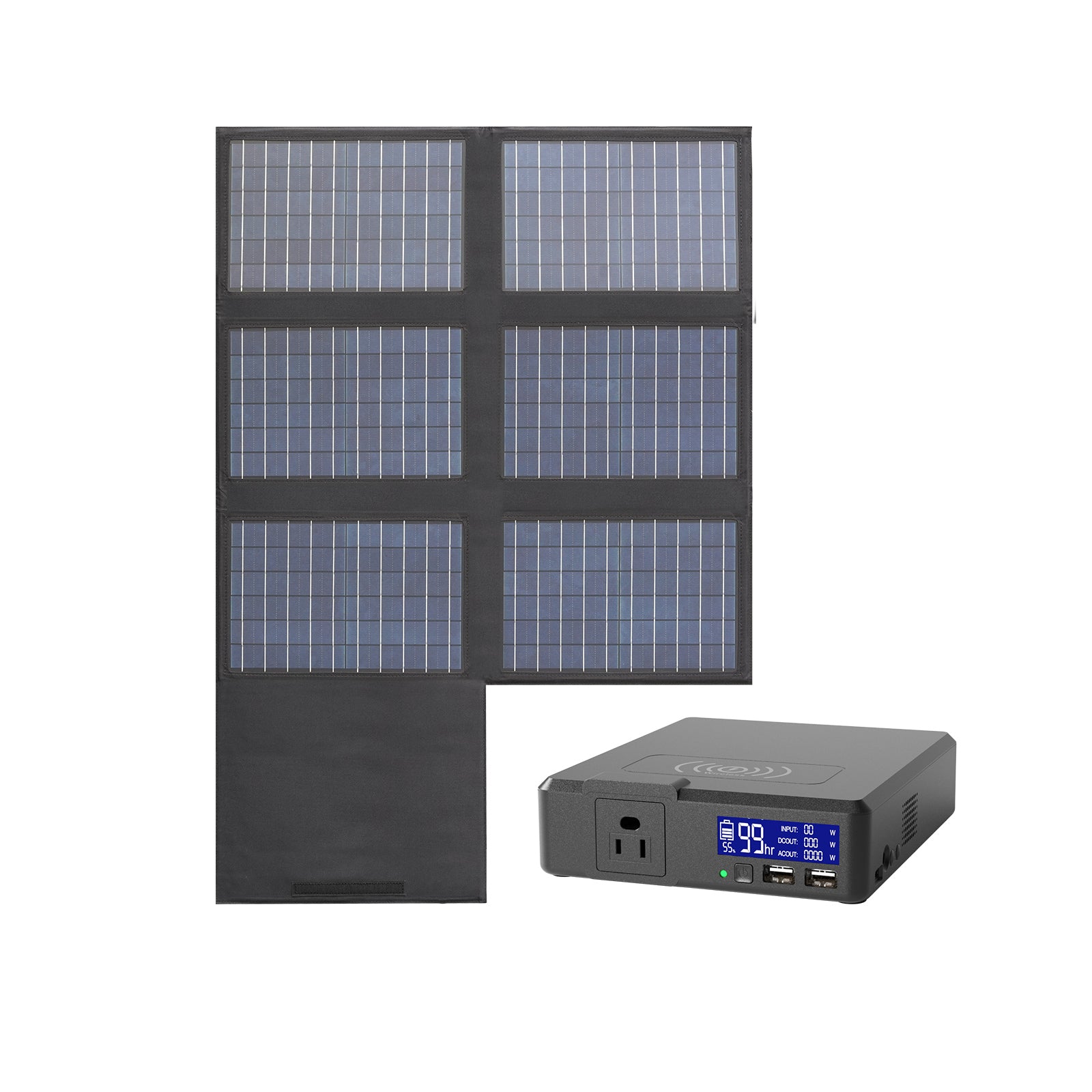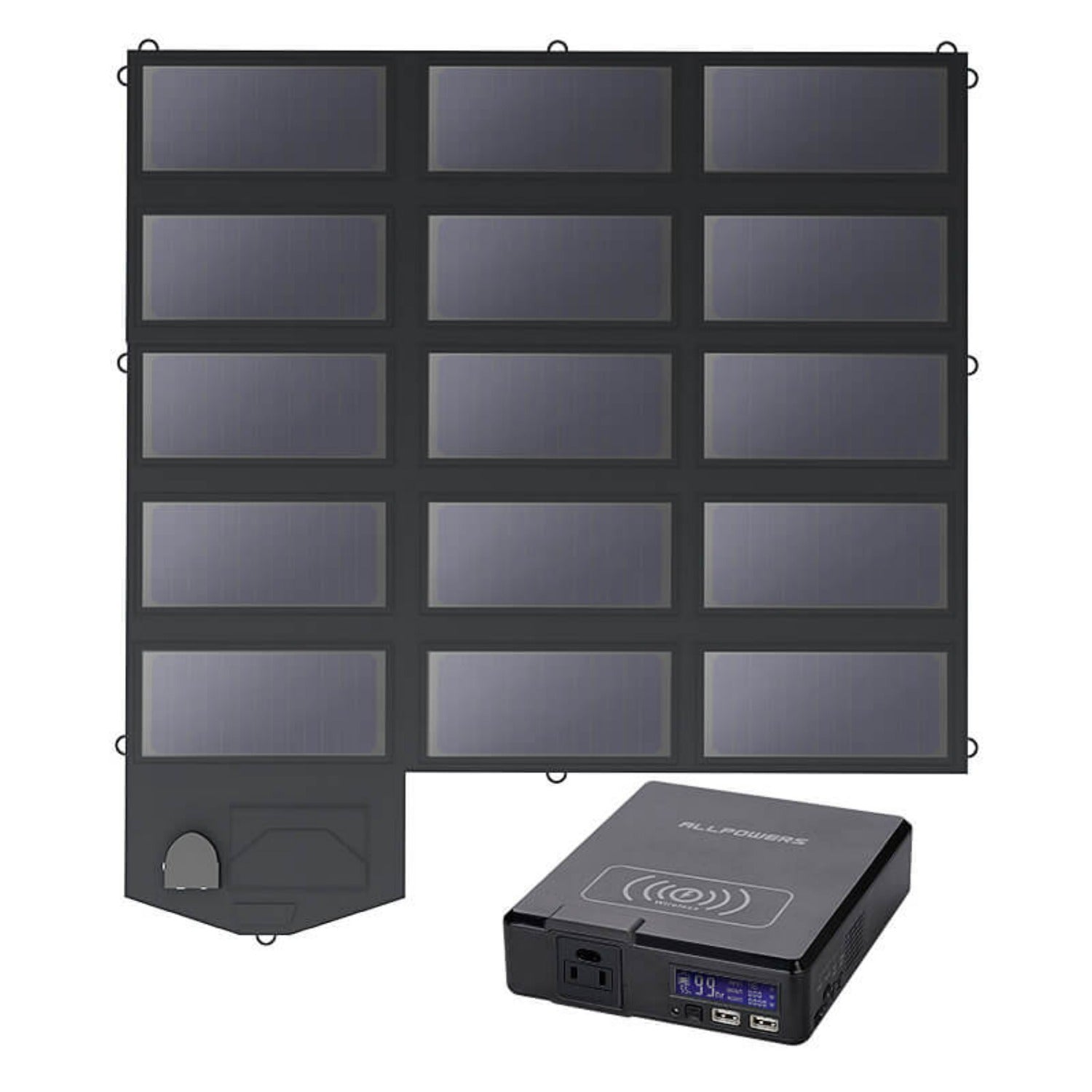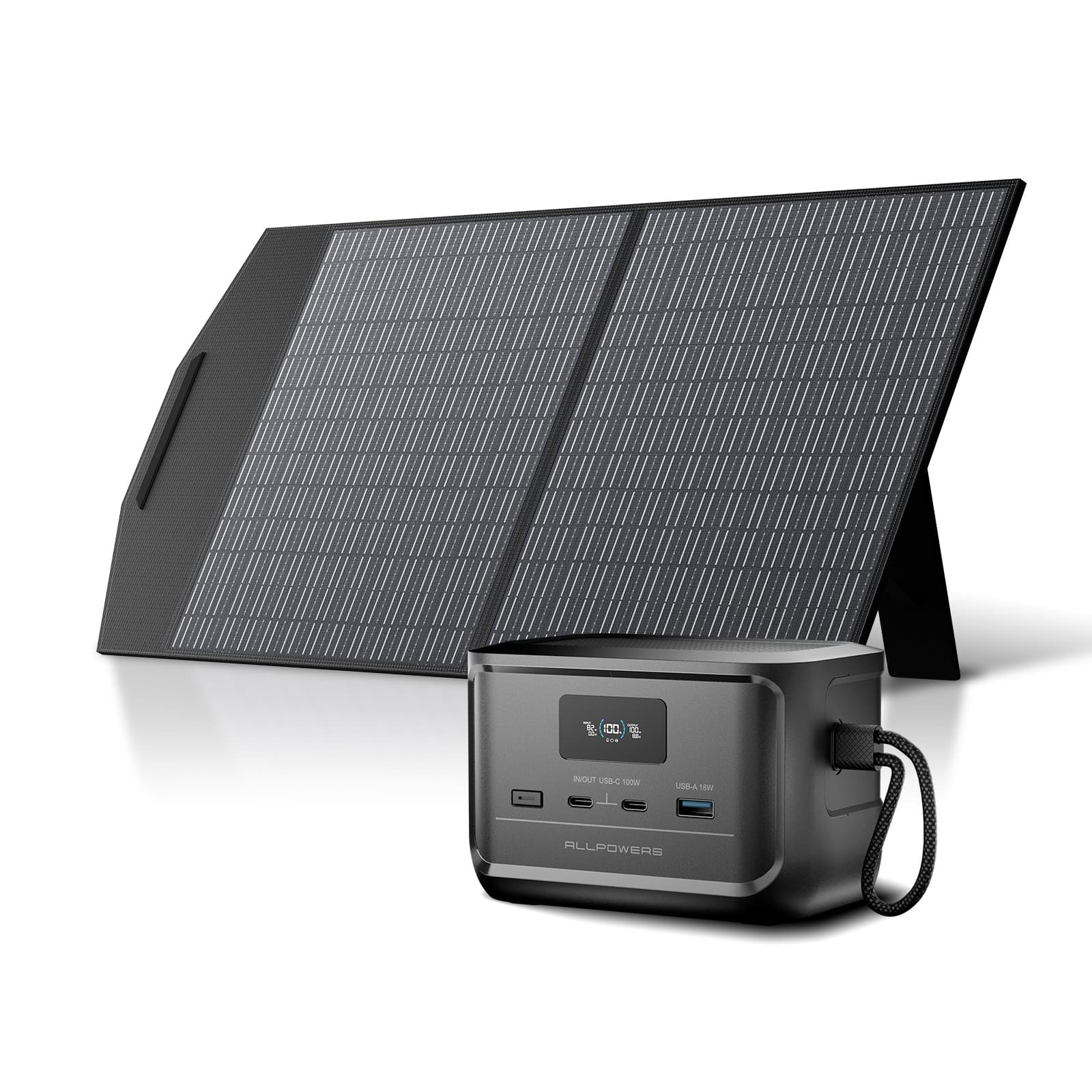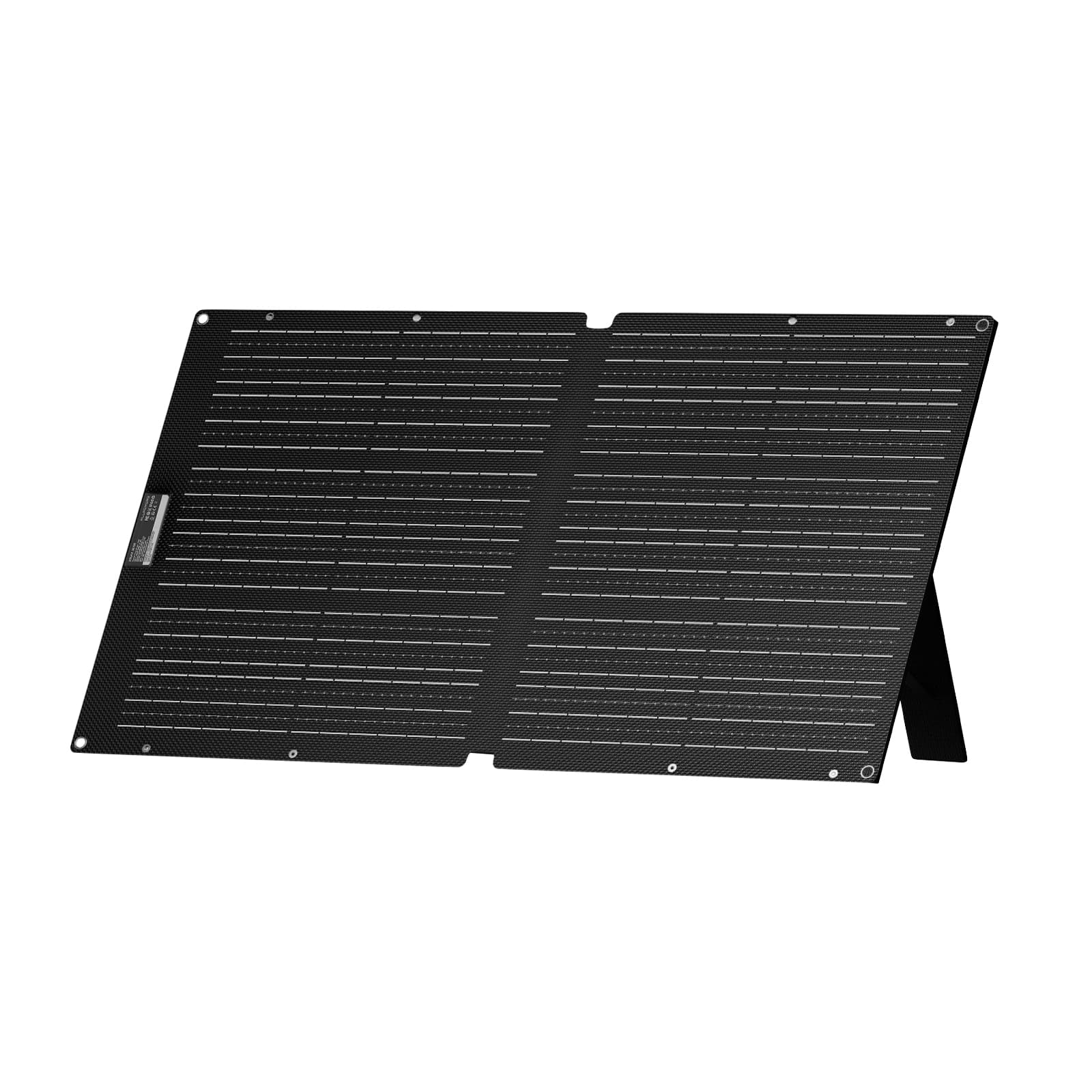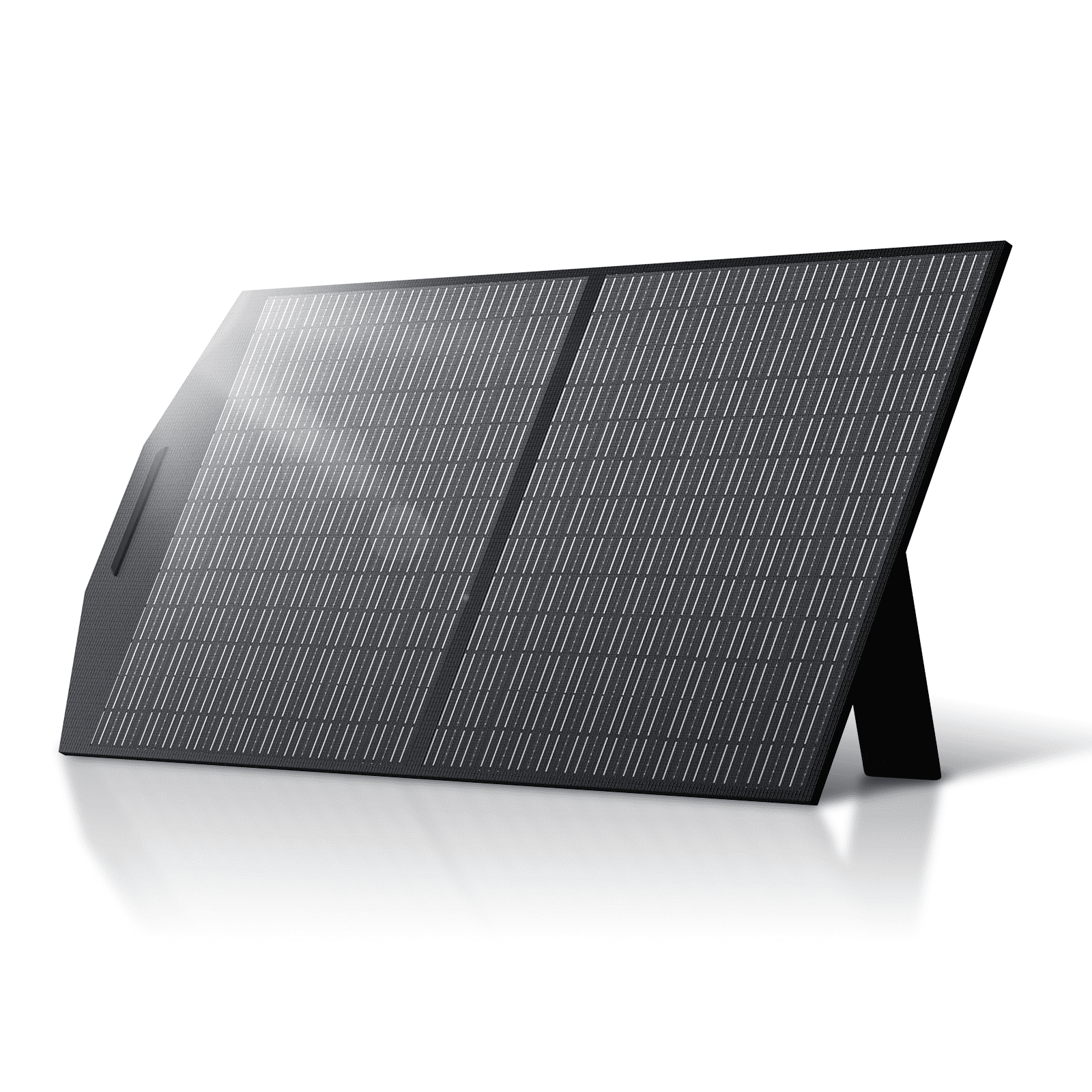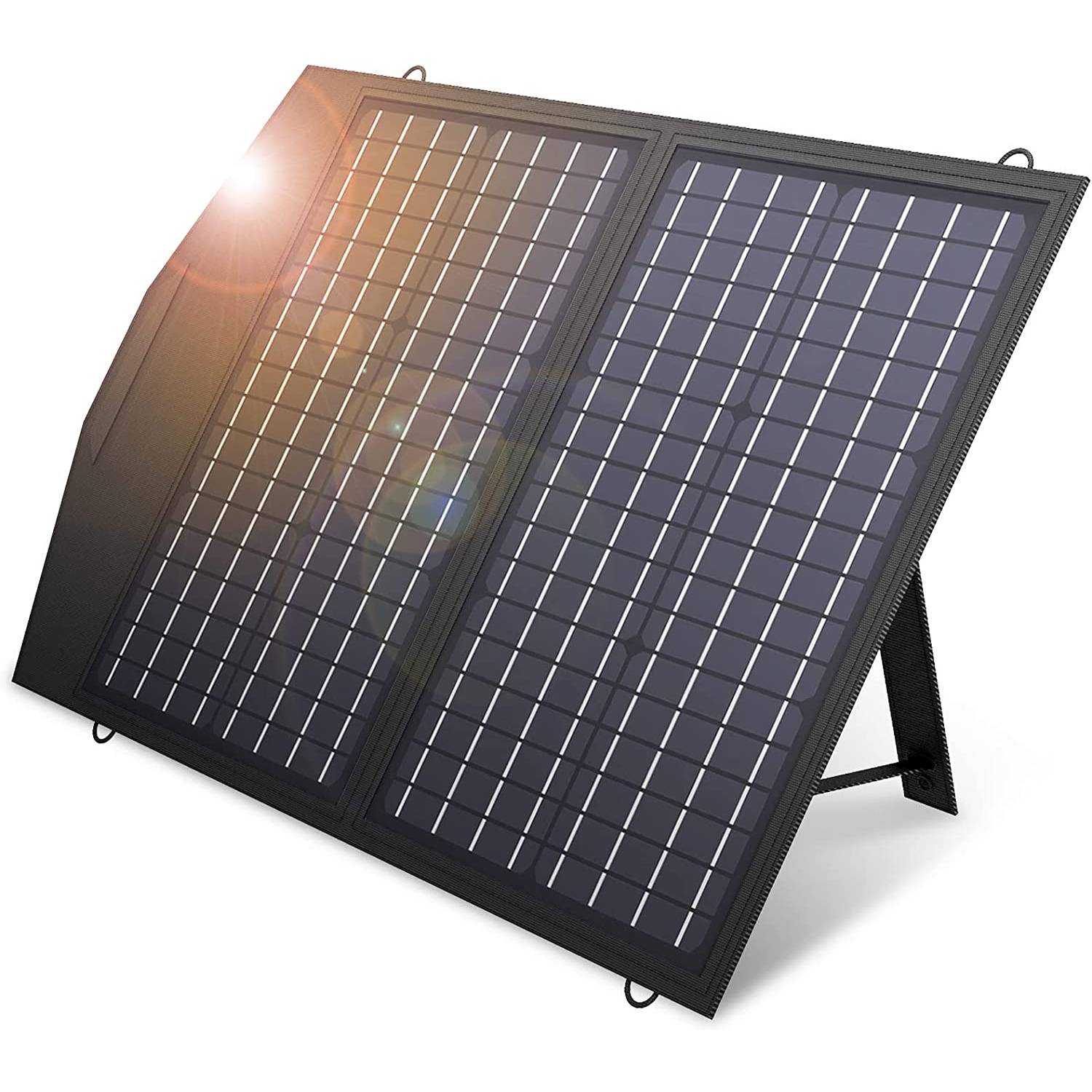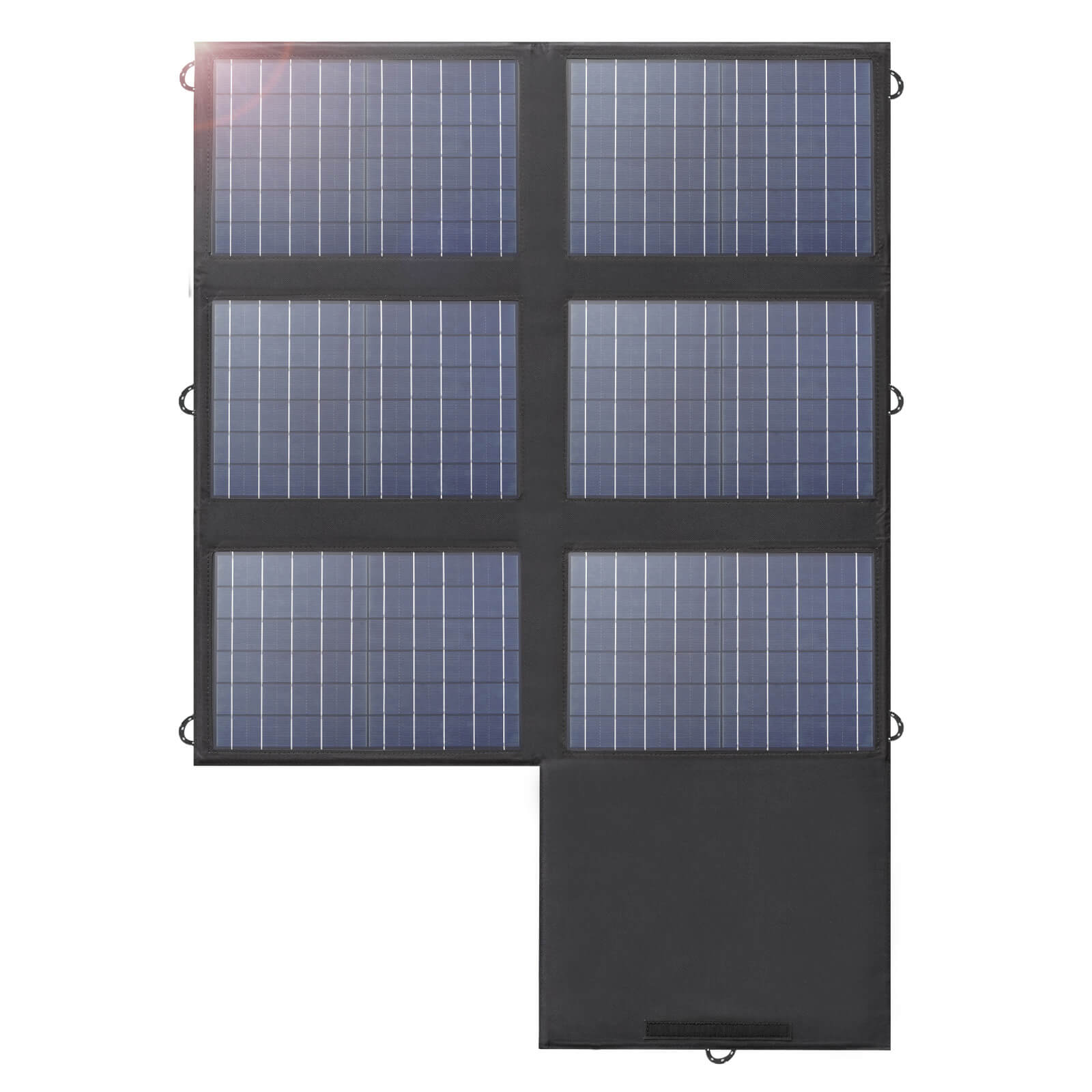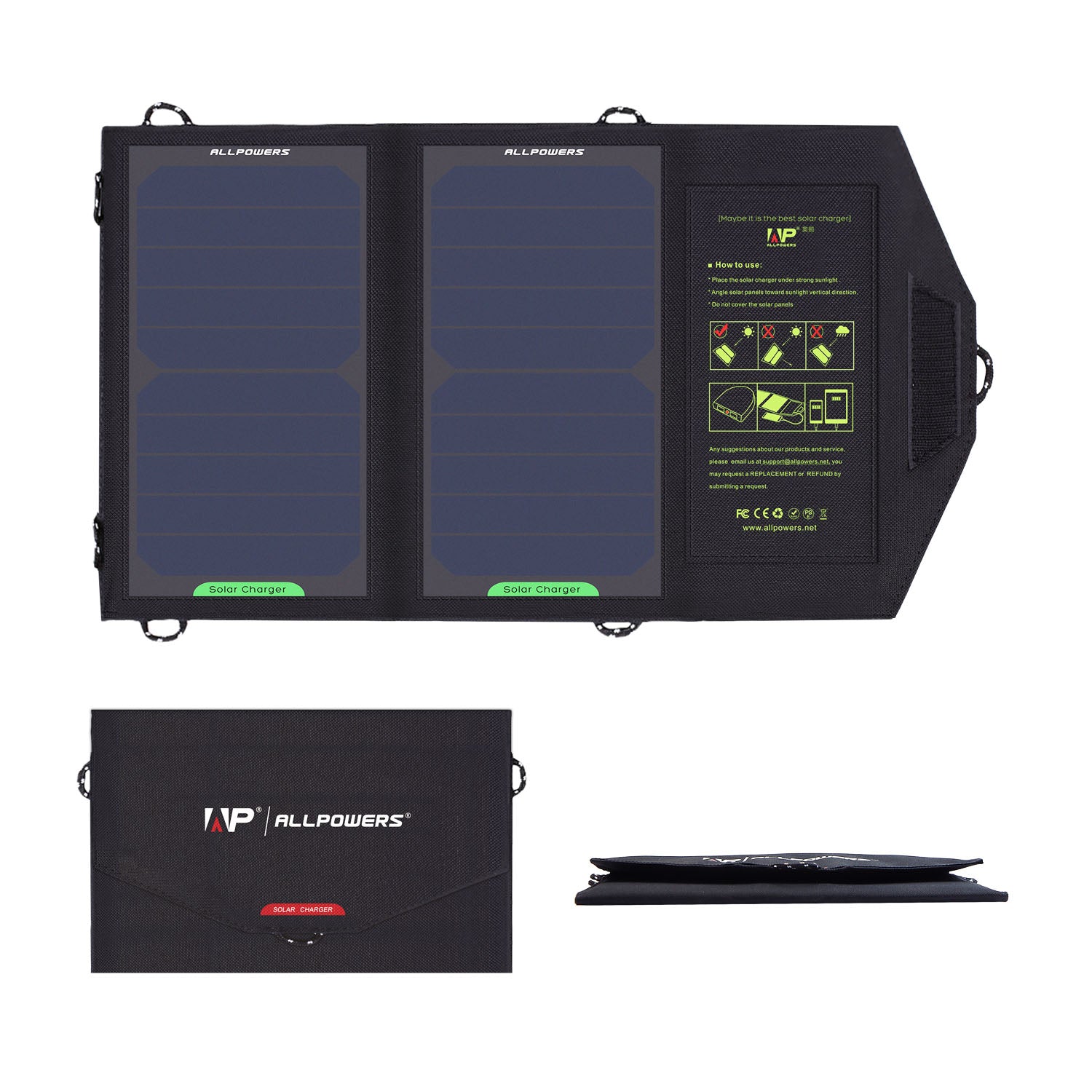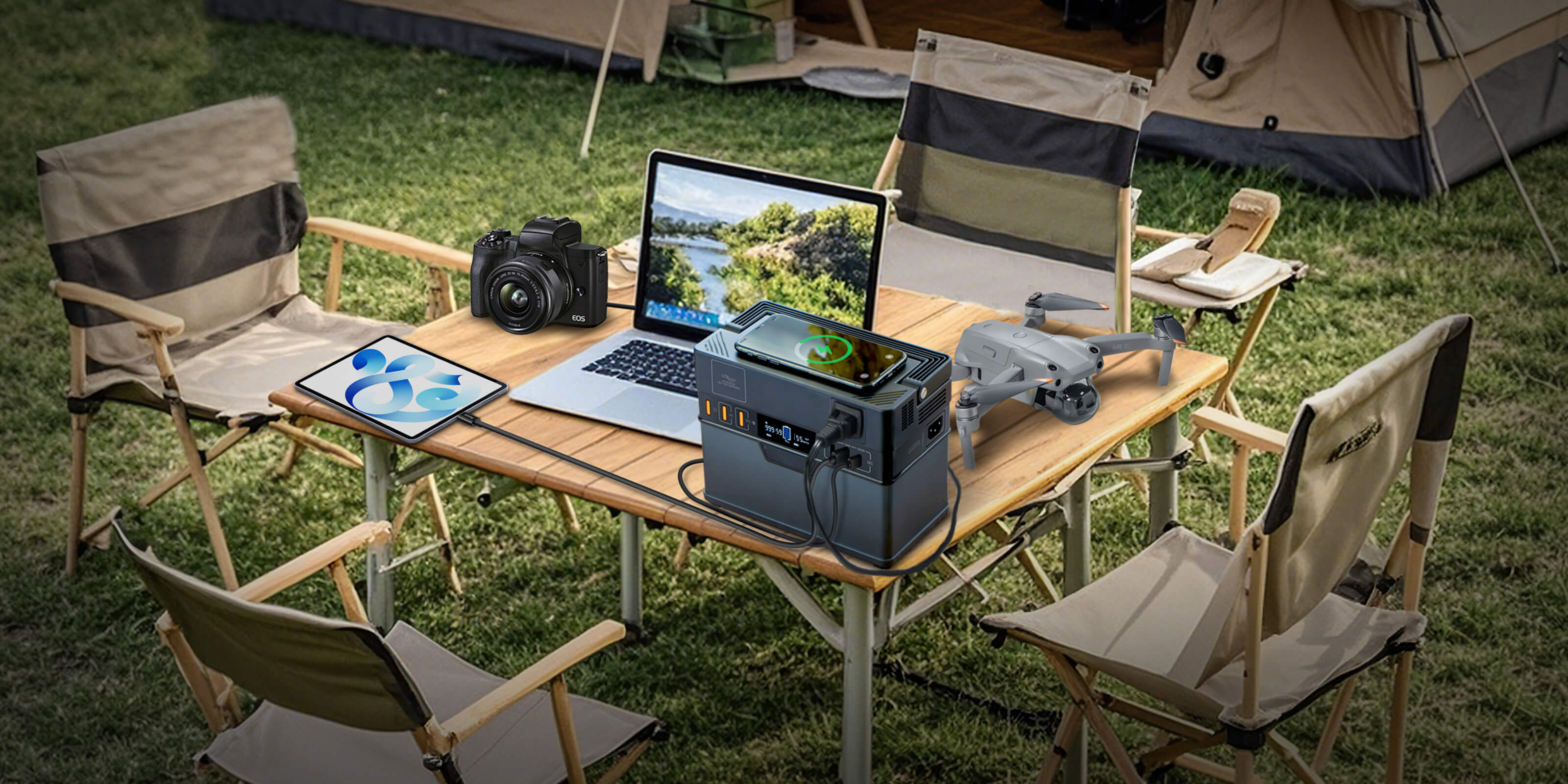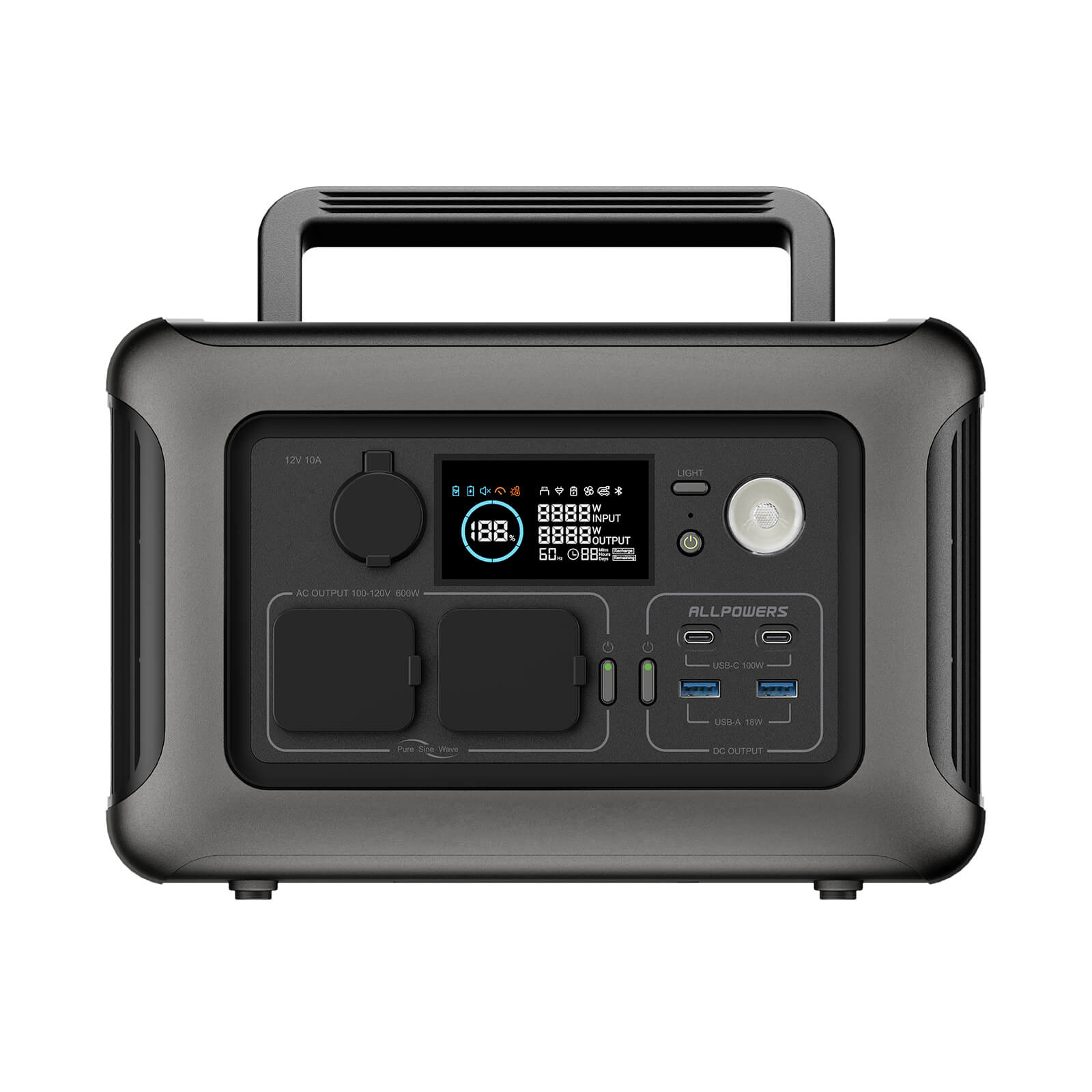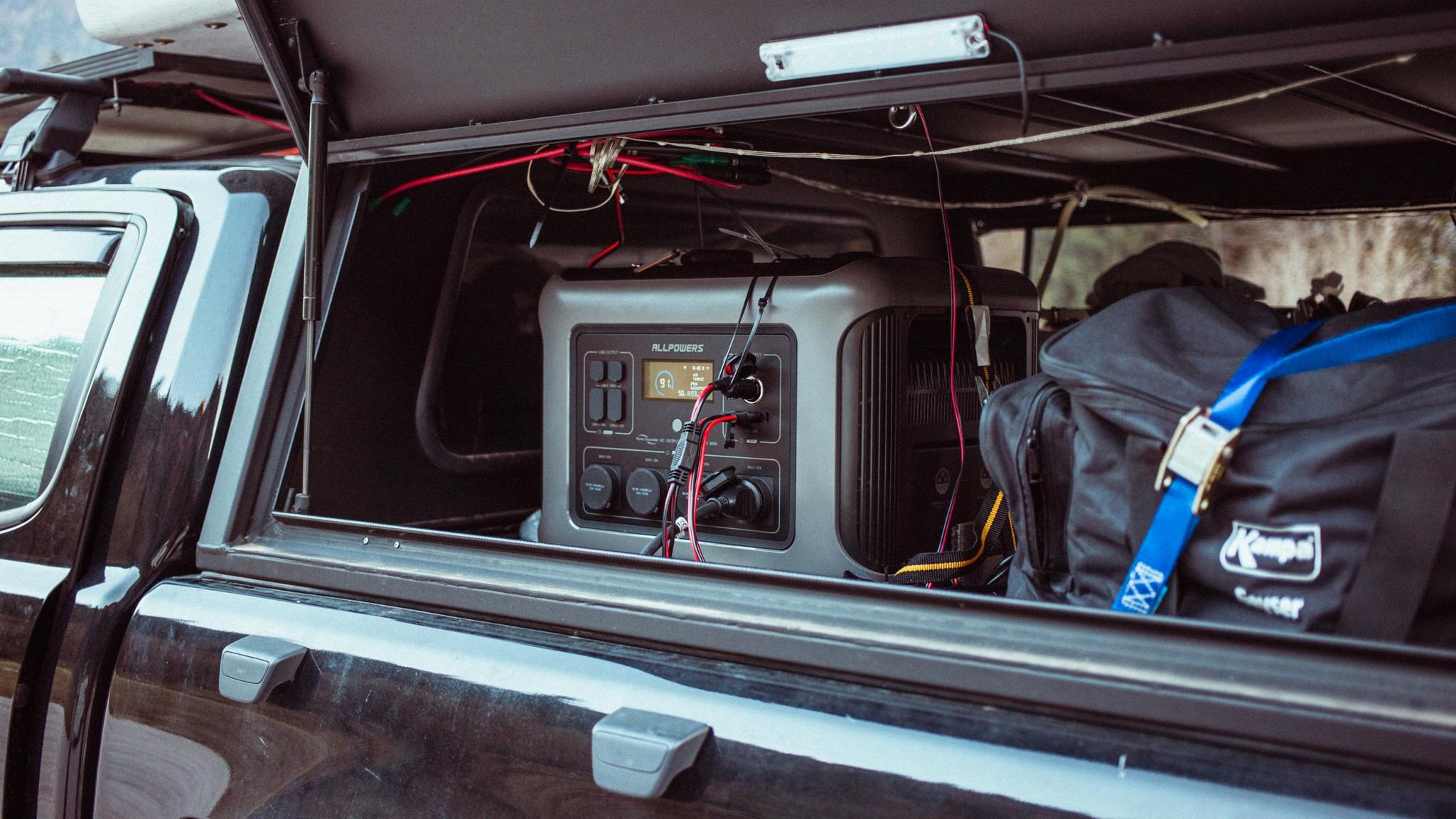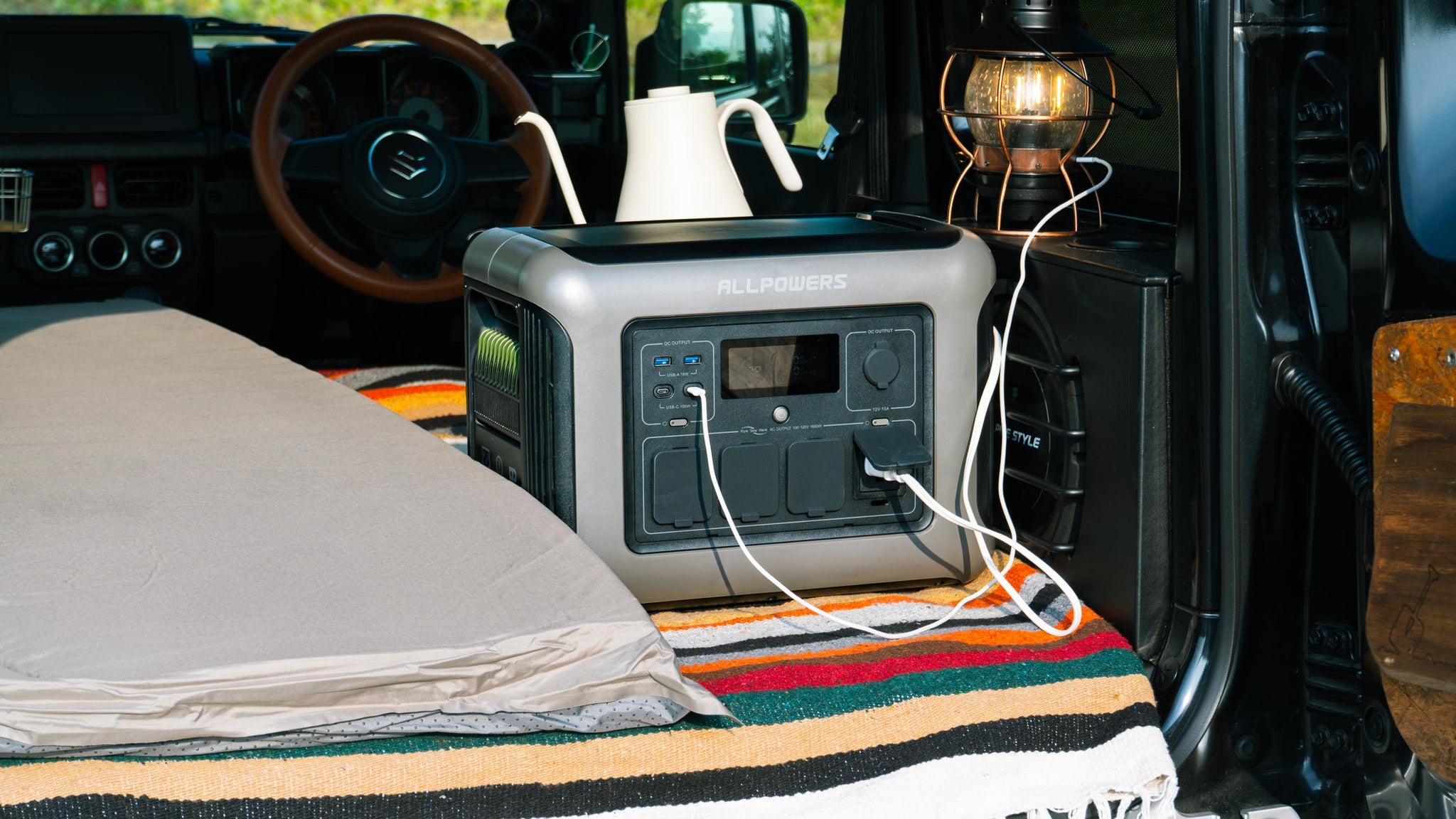When it comes to portable power, electric vehicles, or even your backyard solar setup, the question of battery type is never far away.
Some companies highlight “LiFePO4,” others emphasize “Lithium-ion,” and the specs start to blur.
You might think, “Well, a battery’s a battery, right?” But the reality is far more nuanced.
It's a decision that affects the power station's longevity, its safety rating, and, of course, the size of the dent in your wallet.
So, which one should you choose?
TL;DR:
Lithium-ion is lighter and higher in energy density, making it ideal for small electronics and short-term use. LiFePO4 is safer, more stable, and far longer-lasting, with thousands of charge cycles, making it perfect for portable power stations, RVs, camping, and off-grid living.
What is a Li-ion Battery?
Let’s start with lithium-ion, often called simply “Li-ion.”
These are the batteries behind nearly every portable gadget we own—smartphones, laptops, cameras, and even some power tools.
The core idea is simple: lithium ions move between the battery’s positive and negative electrodes, creating a flow of electricity.
The cathode is usually made of lithium cobalt oxide, nickel manganese cobalt, or similar compounds, while the anode is typically graphite.
What is a LiFePO4 Battery?
LiFePO4, or lithium iron phosphate, is a newer twist on the lithium battery concept.
Instead of cobalt, it uses iron phosphate for the cathode, which changes the game entirely.
Energy storage works the same way—lithium ions moving back and forth—but the stability is far greater.
Key Differences
| LiFePO4 (LiFePO4) | Other Common Lithium-Ion (e.g., NMC, LCO) | |
| Cathode Material | Lithium Iron Phosphate (LiFePO4) | Mixed metal oxides, such as Nickel Manganese Cobalt (NMC) or Lithium Cobalt Oxide (LCO) |
| Energy Density | Lower (≈ 90-160$ Wh/kg). More mass/volume for the same energy. | Higher (≈ 150-250$ Wh/kg). More energy in a smaller, lighter package. |
| Safety & Stability | Excellent. Highly stable chemically and thermally. Less prone to thermal runaway or fire. | Good, but lower than LiFePO4. More prone to thermal runaway if overheated or damaged. |
| Cycle Life | Very Long (typically 3,000 to 10,000+ cycles). Degrades slowly. | Shorter (typically 500 to 1,500 cycles). |
| Nominal Voltage | Lower (around 3.2V to 3.3V per cell). | Higher (around 3.6V to 3.7V per cell). |
| Operating Temp Range | Wider, especially in cold weather. | Narrower, performance and longevity can be more affected by extreme temperatures. |
| Cost (Initial) | Generally higher upfront due to materials and manufacturing complexity. | Often lower per Wh, though this varies greatly. |
| Environmental Impact | More favorable: Uses abundant, non-toxic Iron and Phosphate. Doesn't use scarce or ethically challenging Cobalt or high amounts of Nickel. | Less favorable: Often relies on metals like Cobalt and Nickel (with associated supply/ethical concerns). |
Safety First
Let’s get straight to a worry a lot of people have: overheating.
Traditional lithium-ion batteries are efficient and lightweight, but they’re more sensitive to high temperatures.
This sensitivity can sometimes lead to what’s called thermal runaway—think of it like a chain reaction where heat causes more heat.
You’ve seen news stories about phones or scooters catching fire. It’s rare, but it happens.
LiFePO4 batteries, on the other hand, have a much more stable chemical structure.
They don’t react violently when punctured, overcharged, or exposed to higher temperatures.
I’ve seen folks toss a LiFePO4 power pack into a hot RV compartment in the Mojave summer—and it just hums along.
The chemistry is simply more stable.
That’s why ALLPOWERS choose LiFePO4 for their solar generators and portable power stations, offering users reliable energy storage that remains safe even under extreme conditions.
Cycle Life
If you want to talk about the most crucial difference, it’s got to be cycle life. A "cycle" is one complete drain and recharge.
A good, standard NMC battery will give you somewhere in the neighborhood of 500 to 1,000 cycles before its capacity drops significantly, usually to around 80% of what it started with. That's respectable, no doubt.
But the LiFePO4 chemistry? It can often deliver 3,000, 4,000, or even more cycles before hitting that same 80% capacity mark.
Put another way: a LiFePO4 battery charged daily could last well over a decade, whereas a traditional lithium-ion might start feeling tired in half that time.
This is one of the reasons many high-end portable power stations today rely on LiFePO4.
Energy Density
Now, here’s where lithium-ion regains some ground.
Energy density refers to how much energy a battery holds for its size.
If your number one priority is weight—say for drones, handheld tools, or ultra-portable gadgets—lithium-ion remains hard to beat. It holds more energy per pound.
LiFePO4 batteries weigh more for the same amount of stored energy. That’s true.
Honestly, this is the classic engineering dilemma: you can't have everything! You often have to choose between maximum energy density and maximum longevity.
Temperature Tolerance
Heat and batteries have always had a complicated relationship.
LiFePO4 has a higher tolerance for heat. It doesn’t weaken or risk as much in hot environments.
In cold weather, though, it doesn’t like to charge below freezing. You can use it, but charging requires a temperature buffer.
That’s why many modern LiFePO4 power stations include a built-in heating system for winter conditions.
Lithium-ion batteries handle cold charging a bit better—but they’re less stable in the heat.
Cost
Up front, LiFePO4 products cost more. No way around that.
You pay more at first but less over time, because they last longer and degrade slower.
Lithium-ion systems are cheaper on day one.
If you're only planning occasional use or short-term needs, the lower price might make sense.
Environmental
This topic doesn’t always get the spotlight, but it should.
LiFePO4 doesn’t rely on cobalt—a metal tied to severe environmental and ethical sourcing concerns.
Lithium-ion varieties that use cobalt (and many do) have raised questions regarding mining conditions and long-term ecological impacts.
LiFePO4 also lasts longer before needing replacement. Fewer replacements equal less waste.
Add to that its non-toxic, stable chemistry and you get a battery solution that’s easier on the planet over the long run.
So Which Battery Should You Choose?
There’s no absolute winner—there’s just the battery that fits your life.
If you value longevity, stability, and safety, LiFePO₄ aligns with those priorities. It's dependable, repeatable, and ready for long-term use.
Lithium-ion, meanwhile, delivers high energy output in compact designs.
It's the battery that keeps your phone slim, your cordless tools powerful, and your electric vehicle traveling further on a single charge.
Different tools. Different strengths.
Conclusion
LiFePO4 and lithium-ion are both remarkable technologies, each with its strengths and trade-offs.
LiFePO4 impresses with longevity, thermal stability, and eco-friendliness, making it ideal for solar setups, portable power stations, and long-term investments.
Lithium-ion shines in compact, high-energy applications where size and weight are at a premium.







